CUBA LIBRE
PROLOGUE
As part of a larger branding endeavor for National Geographic Expeditions, I had the great fortune of being sent to Cuba by Gretel, to experience the country from the perspective of an adventure tourism consumer. The trip felt less like work and more like the cultural pilgrimage I had been unconsciously preparing for since I first began absorbing Latin rhythms via osmosis in the streets and nightclubs of New York City three decades ago.
Trump was a huge topic all over Cuba – with locals and tourists alike. The big question: what’s he gonna do? Open it up? Or shut it down? Many Americans I met were there at that very moment to get in their Cuba trip before he took office. Our local guide Abel said:
“They say there is a light at the end of the tunnel, we just hope it doesn’t turn out to be a freight train!”
HOMEWORK
This trip falling directly on the heels of The Galapagos Islands, I didn’t have nearly enough time to finish all of these books below. I did have an 18hr layover in Miami where I powered through most of the Mark Frank. The poems made for nice reading on Cuban bus rides. The Bacardi book was good homework for visiting an old plantation. I had to forgo most of the Franklin Knight book, and instead settle for lunch and dinner conversations with him, as he was assigned to be our historical mentor for the duration, which was delightful. His books are our of print, but you can find PDFs online if you dig.
HAVANA
Despite its many flaws, Havana is a wonderful city. Much like I pictured it from photographs, but a bit more old-world-European than expected. It was founded over 500 years ago, so there are lots of architectural parallels with a place like Paris or Barcelona.
Most surprisingly, I think it just might be the safest major city in all of the Americas (including the U.S.). You can walk down the darkest, most remote, ghetto-ass street at 3am without any fear. This is simply because the govt policy has always been that any crime against a tourist comes with an exorbitant jail sentence. Having traveled a bit in Latin & South America myself, this level of safety is unheard of.
Luisa, a renowned Santéra fortune teller in old Havana, reading palms, cards, and cowrie shells for wealthy locals and nervous tourists.
She moves slowly, as if made of stone. She traces the lines of your hand and whispers in your ear in voices not her own. She is rumored to be most accurate when predicting your imminent death.
After the revolution, Cuba abolished eviction and came very close to eliminating homelessness. Rents were reduced by half, real estate as a business was made illegal, and all tenants had 20 years to buy their apts at a price set by the govt, with no interest. Hence about 95% of locals in Havana own their apartments.
However there was no accounting made for maintenence of shared spaces. As a result, at this stage, most of Havana looks very much like this photo, treacherously stitched together and crumbling before your very eyes. Most buildings are over 80 years old, and the city averages 3 building collapses every day.
The Havana harbor proved key in establishing Cuba as the de facto center of the Spanish Empire. Geographically, Cuba was the natural gateway to the Americas, the land of riches and plunder and slaves trade profits. Not to mention, trans-Atlantic ocean currents practically lead ships directly here. Add to that its strategically defensible horseshoe-shape, and its great depth perfect for large vessels, and you have the ideal port.
Most of the Spanish navy was constructed in the Havana harbor, for strategic reasons, and due to European timber shortages.
All of this meant that almost all traded goods and all gold and silver from the New World passed through here in colonial times. This created a tremendous amount of wealth for the city fathers, and gave Havana a sense of nationalism and, more importantly, exceptionalism, even before it was an official state.
The harbor’s booming business also necessitated a lot of monumental firsts in the Americas. The first railroad. The first aqueduct. Cuba had these things even before Spain, simply because they were crucial to serve the needs of the port.
El Malecón (below), the long sea wall that sits at the edge of old Havana’s harbor. It’s the social center of town for many locals. A stroll along the wall at night, past endless clusters of lovers, flirters, drinkers, storytellers, musicians, and/or all of the above, is a mandatory activity for all who visit. This is, of course, completely safe too, no matter if it’s noon or 4am.
For everything Fidel got right, it seems he got twice as much wrong. My Nat Geo expert characterizes the Cuban revolution as whole-heartedly driven by idealism, versus the Russian revolution – driven by ideology. He tells me the common term for Fidel’s brand of politics is neither Communism nor Socialism, but simply “Castroism”.
Yes yes fine, the old American cars are cool as shit, but I personally have a soft spot for the millions of Fiats you see everywhere. My mom drove a mustard yellow Fiat much like this in this 70s. I can still hear the sound of her engine pulling into our driveway, prompting me to quickly turn off the TV and pretend to be doing something productive.
Pretty direct commentary on the subversive nature of Cuban desires for many of the things we all take for granted. This artist signs all of his work with 2+2=5 – another euphemism for how nothing in Cuba quite adds up.
Speaking of nothing adding up…there’s a weird, dual monetary system in place in Cuba. Cuban pesos for the locals, and Cuban CUCs (pronounced “kooks”) for tourists. The Cuban peso is relatively worthless by comparison. This has greatly widened the gap between the haves and have nots. The haves now being: those lucky enough to be skilled in a trade with access to tourist money, so that they can buy goods on the CUC-driven black market. Many of the official stores that sell the best goods only take CUCS, cutting out the majority of locals. There had been a tremendous outcry from Cubans about this, with a large effort moving towards a single unit of currency.
Once they loosened up emigration restrictions, Cuba soon began suffering from a massive exodus of young people, resulting in a severe brain-drain. There are very few reasons to remain in Cuba if you have the means to leave. Those young people that can make money here, often make just enough to get out. When they leave, they make more money, and send it back to retrieve more family members.
The U.S. is the destination of choice, yet I’m told legal emigration is costly and difficult; while simply floating on a raft to Miami and requesting asylum grants you immediate entry. All of that is changing under Trump, no doubt.
I started my third day with an early morning throw down from one of the Island’s most renowned all-women Afro-Cuban groups, Rumba Morena. Of all the musical channels one can delve into down here, traditional Afro-Cuban drumming is the one I feared would be most elusive to gringos like me. But thankfully, my gracious guide Abel is a man that can make things happen.
The performance began as chanting – heard, not seen – growing louder and louder – until five women appeared in the aging, arched doorway of a Havana courtyard. Like a slow, dramatic fade up of your favorite record.
They were soon joined by members of the Callejon de Hamlet dance company – each emerging through the doorway solo, in the full regalia and embodiment of a particular Orisha.
Oggun – the God of War and Metal (below) – takes flight in the courtyard. The God of sabres, cutlasses, cannons, and guns. He wears the color green, and is often depicted with a grass skirt and machete.
Santeria has been woven into the fabric of Cuban culture since slaves came ashore in chains to work the cane fields. The myriad of saints in Catholicism were quickly synchronized with the equally-complex pantheon of Yoruban Orishas from West Africa. This subversive integration of Catholic saints placated the oppressors while enabling slaves to hold on to the faith of their ancestors. This practice goes by different names and practices throughout the Caribbean : Vodoun. Hoodoo. Etc. But the foundation is much the same.
Even many Cubans who may not be particularly deep practitioners will keep a shrine in their house – as a basic element of protection. These often do double duty as a Catholic shrine to La Caridad Del Cobre, the patroness of Cuba.
In this syncretic way, Catholicism is indeed very present in Cuba, but it’s still a markedly different feeling than other Latin countries I’ve visited.
*Disclaimer: please forgive the cliff notes nature of posts such as these. I would imagine they may seem painfully reductive to many of my personal friends who possess a far deeper understanding of diaspora culture and Santeria in particular.
Initiates of Santeria must earn their elekes – a beaded necklace for every Orisha their Padrino dictates as their protector and celestial bride. The number of elekes you wear signifies your standing in the faith. The rite involves cleansing of the body & spirit as well as blessing and bathing the beads in herbs and blood. Those with the most beads wear all white, signaling the purity they’ve achieved through these cleansing rituals. This status also comes with a strict set of laws and practices they must live by.
Priests of the faith are called Babaaláwo, a Yoruban word that means “father of the mysteries”. When Fidel first visited Africa in the 60s, some of the faithful insisted it was simply a cover for him to complete his own secret Babaaláwo training LOL.
Eleguá, the trickster, commander of life and death, stomped and leapt all over the yard, teasing the audience and placing us under her spell. She begins any Santeria ritual, because without her, the other Orishas cannot enter.
I’ve always considered my first exposure to Vodoun to be that tall, skinny, leaping man in the white suit in Blondie’s “Rapture” video. In Haiti he is called Papa Legba, and you see images of him dressed very much like that. I don’t even know if this was even Debbie Harry’s intention, but it really stuck with me as a kid.
The lead drummer played two large congas – masterfully orchestrating the intensity and cadence of her compatriots with a nod of her head, wave of her hand, or a quick vocal outburst to signal a shift in polyrhythmic permutations.
These very same rhythms, of course, are key strands in the double-helix DNA of almost all American music born of African origin. It felt good to get back to the garden.
Below (left) in the light blue dress, the ceremony’s chanter, or Akpwon, stands alongside the drummers, leading the band in lukumí call and response chants.
From what I’ve seen, Cuba is the least Catholic country in all of Latin America. All strains of Christianity can be found here, for sure, and their numbers have been openly growing since Fidel finally caved and lifted the ban on religion in 1992, but much of the Catholicism in Cuba seems to primarily function primarily as a framework for Santeria.
In addition, Fidel had always given the church the side-eye. Early 60s efforts like Operación Pedro Pan, in which the Catholic Church conspired with the U.S. State Dept (and probably the CIA) to smuggle out 14,000 children, made the church easy propaganda targets as enemies of la revolución.
Cual el padre, tal el hijo. These two guys came out on their balcony to listen to the Afro-Cuban drum performance in the courtyard below.
Yemayá, goddess of the sea and mother of all Orishas. She swirled into the courtyard like a graceful hurricane. She is blue and white, like the ocean waves she reigns.
Ochún appeared like a yellow songbird, mesmerizingly aflutter with flirtatious laughter and effortless grace. She is the goddess of love and sweetness and beauty. She is a master of miracles untold. She wears yellow and I’m told she is usually depicted as being of mixed race.
Rumba Morena really blew me away. I’m not gonna lie – I was damn near moved to tears.
I tend to stay out on the streets when I get to a new city, but I did manage to squeeze in a bit of museum time. Below (left), Marlon Castellanos‘ “Isla de Azucar” (2000) at the national museum in Havana. And beautiful wall instillation at Havana’s hippest art and culture spot, the Fabrica Del Arte – an old cooking oil factory converted into a multi-level gallery, film, restaurant, and music space. Most Havana nightlife does its best to recreate the golden age, but the FAC is clearly looking forward to the future. It was packed with hundreds of the younger tourist crowd, and the art scene hipsters of Havana.
I hit it hard every night I was there. It’s a lot like New Orleans, in that there’s just SO MUCH music to listen to, everywhere you go. The music in the clubs is great. The music on the streets is great. The band playing in the restaurant is great. The band playing in the hotel lobby is great. I started skipping dinner just to squeeze in more clubs.
Chilling at the bar at La Floridita, the home of the daiquiri, watching the bronzed ghost of Ernest Hemingway spit game in the corner. Not sure if the señorita is feeling him tho. When Big Papa came up at dinner, all the guide said was:
“A great author, for sure, but you should know… he liked to do funny things with dogs and cats.”
Speaking of La Floridita, this is the tomb of Constantino Ribalaigua Vert, former head bartender at Hemingway’s old haunt. He is virtually a national hero of Havana’s golden age for having invented the daiquiri. For some perspective, In 1953 Esquire Magazine listed El Floridita as one of the seven best bars on earth. This mausoleum was located inside the immaculately preserved Columbus Necropolis – a 65-city-block-wide cemetery of Italian Carrara marble.
A woman sits alone in silence inside the church at the center of the cemetery. I probably shouldn’t be taking photos of private moments like these, should I…
Rolling solo on this trip, I often try to dine with our National Geographic expert guide, Franklin Knight. He’s a retired professor of Latin American studies who has written and lectured extensively about Cuban history and the slave trade in particular. He was born in Jamaica and and taught at Johns Hopkins. His academic devotion to Cuban history has earned him a lifetime of harassment from the CIA, FBI, & IRS. He’s met both Raul & Ramón, but his only Fidel experience was getting booted out of Harry Belafonte‘s dressing room when the commandante stopped by for a private selfie. My illusions of being able to impress him with my knowledge of Jamaican history and music were squashed on day 1, so I mostly just shut up and listened.
THE SPECIAL PERIOD
After 4 days in Havana we got on a big tour bus and headed towards Cienfuegos, a five-hour drive southeast across the island. The road was lined with sugarcane and rice fields. It was on this journey that I learned more about the trials and tribulations Cubans experienced in the 1990s.
We visited a farming collective in the countryside outside of Havana. It’s one if the organic “microbrigade” farms that Cuba implemented at the beginning of what is quaintly referred to as “The Special Period” of the early 90s. When the Soviet Union collapsed, without its lifeline of Soviet subsidies, Cuba spiraled into economic disaster, medical crisis, and famine.
When our guide Abel told us some people resorted to eating rodents and cats, some thought he was kidding. He wasn’t. He preferred cats. He spoke of this grim days, explaining that he often drove 3-4 hours outside of the city, bartering basic goods like clothes and soap along the way, just to find food for his family.
The collective farm grew vegetables and herbs, and exotic things like broccoli and carrots. The NYTimes had been there a few months ago and written a story claiming their farm was failing, and tourists were eating all of Cuba’s produce. The woman in charge begged to differ, at least about the failing part. The farm seemed by all appearances to be very successful, and she claimed that 80% of their stuff actually goes to local markets. This is a big change from the Fidel years. One of Raul’s first reforms was to ease up on the centralization of food production. Under Fidel, everything grown was sent to the capital, then redistributed, incredibly inefficiently, at whatever price the govt set. Cattle owners who ate their own cows were severely fined.
We are told things are getting better, but it’s true that the surge in flights and cruise ships means that tourists get most of the good stuff. All told, Cuba currently imports almost 80% of their food, which is undoubtedly a losing proposition in the long run.
It’s also worth noting that I don’t think anyone allowed to speak to tour groups is giving you the whole truth.
It was only since “the Special Period” that the U.S. embargo, called the blockade here, was made the public scapegoat for all of Cuba’s woes. When they were heavily subsidized by Russia, Castro preferred not to admit it was having any effect at all.
An abandoned sugar plantation outside of Cienfuegos. Until the 1800s, Cuba was primarily known for cattle; and as the choke point of all gold & silver coming from the new world. The arrival of railroads and advances in processing created a huge industrial sugar boom in the 1830s. The richness of Cuban soil was ideal for mass production and superior quality. This probably explains why I’ve been drinking 6 mojitos a day. Interestingly enough, it was Coca-Cola’s switch to high fructose corn syrup in 1970 that was the death knell for the world sugar market.
The place was pretty much left as is. It looked very much haunted by the ghosts of the past. The dusty old black and white photos of owners, workers, and slaves, along with the piles of slowly decaying ledger books just added more creepiness.
Cuba weathered the Coca-Cola-induced crash of 1970 because the USSR was buying all of their sugar exports at 4x market rate. Like everything else, when the Soviet Union collapsed at the end of the 80s, the bottom fell out of the island’s sugar industry.
CIENFUEGOS
View from my hotel balcony (left) in Cienfuegos – a Colonial port town on the bay of Jagua. Like everything on this Nat Geo trip, the accommodations were strictly top shelf: upwards of $350/night, which is bananas in this part of the world. But I guess this is what this tour company’s demo expects. If I had my druthers, I would have opted for an AirBnB. It’s the only way to keep the government from getting all of your money, as they own just about every hotel in Cuba.
My man on the right spent 15 minutes in a mirrored shop window foyer, prepping for the perfect selfie. Cuba is one of the last countries on earth to get internet access. It’s still very elusive, deathly slow, and costly for locals, but at least the government has given up trying to suppress it. In Havana, you see throngs of kids sitting on the curb outside of hotel lobbies and in public parks that have decent wifi. They buy internet cards from vendors or on the black market. And yes, they are all on Facebook.
The old opera house in Cienfuegos.
New Years Eve poolside at the Hotel Jagua in Cienfuegos. Drinking rum, smoking a Cohiba, and missing Alison like crazy. Salsa, ballads, and lots of dancing girls on stage. The city’s high society came to see the show, toast at midnight, then split right afterwards to celebrate with their families all over town. They also burn life-sized home-made stuffed effigies of some guy. Not sure what that’s about.
Despite my best efforts to keep it a secret, this was my surprise Bday present from National Geographic: A special performance by Las Cantores de Cienfuegos de Cuba. I might have been a tad underdressed.
TRINIDAD DE CUBA
Two brothers blast some reggaeton and chop up meat in the blistering heat during our day trip to Trinidad. The small, hilly port city was founded in 1514 by the Conquistador Diego Velazquez. It was sort of the Deadwood of Cuba for the first 300 years, filled with pirates and n’er-do-wells. But it had a huge influx of sugar farmers and their slaves during the boom of the 19th century (many of them French by way of Louisiana, oddly enough).
It’s now a UNESCO World Heritage Site, with its colonial center of town perfectly frozen in time.
Trinidad is one of the special places in Cuba where locals have been granted full rights by the govt to rent their dwellings through AirBnB. As a result, it was absolutely crawling with tourists. And I do mean crawling. I’m already very late to the party as it is, but if you’re thinking of coming to Cuba, do it soon.
THE BAY OF PIGS
On the way back to Havana we swung by The Bay of Pigs. Franklin gave us a history lesson on the bus ride.
Long story short: the B.O.P. was a colossal blunder by the CIA. While the 1500 or so anti-Castro forces were training in Central America, they kept calling their relatives in Cuba – telling them the time, date, and location of their invasion. These calls were not encrypted. Not only did this ruin the surprise and ensure their defeat, but it also gave Castro the names and phone numbers of every counter-revolutionary on the island. They were all imprisoned, murdered, or deported. It was the last such attempt ever. Below: belt buckle of a fallen militiaman at The Bay of Pigs museum.
To make matters worse, the Alabama National Guard pilots who were flying them in didn’t even speak Spanish, so they couldn’t communicate with troops when shit got hairy. They chose a terrible beach head for an assault, rife with coral reefs that sunk some of the zodiac boats before they even hit shore – leaving other troops sitting ducks out there with no weapons. The area itself was strategically flawed, all thick swamp and jungle. Only 2 roads out. All the militia had to do was make sure they ran out of ammo, then wait for them to walk up the road and surrender.
I related this version of events to an old friend in South Beach, who said “Never heard that story in Miami”. Indeed. If I hadn’t heard it from an American professor of Latin American studies, I may have thought it was just more propaganda.
A farmer dries his rice on a quarter mile stretch of active highway heading back to Havana. Most cars drive around it, but some just plowed through. Nobody seemed to mind, either way, oddly enough.
BACK IN HAVANA
We had another 2 days in Havana on the backend of the trip. My days were devoted to more photos and my nights devoted to more music.
The dream of the 1940s is alive and fabulous at The Tropicana Club stage show. The most non-drag-ball drag ball I’ve ever witnessed.
The one souvenir I bought for myself in Cuba: an antique stamp collector’s album filled with hundreds of vintage cigar bands. Here’s some of the cooler ones.
A few more Havana shots.
I saw these guys coming down the street – two of the only skaters I saw in the whole country – so I just waited until they slid past. Despite the bit of motion blur, it’s one of my favorite photos from the trip.
We spent our last night clubbing and cruising the streets in a fleet of old cars. It was a great way to end an amazing trip. As always, thanks for reading all of this. Now, get your ass to Cuba before it’s too late!

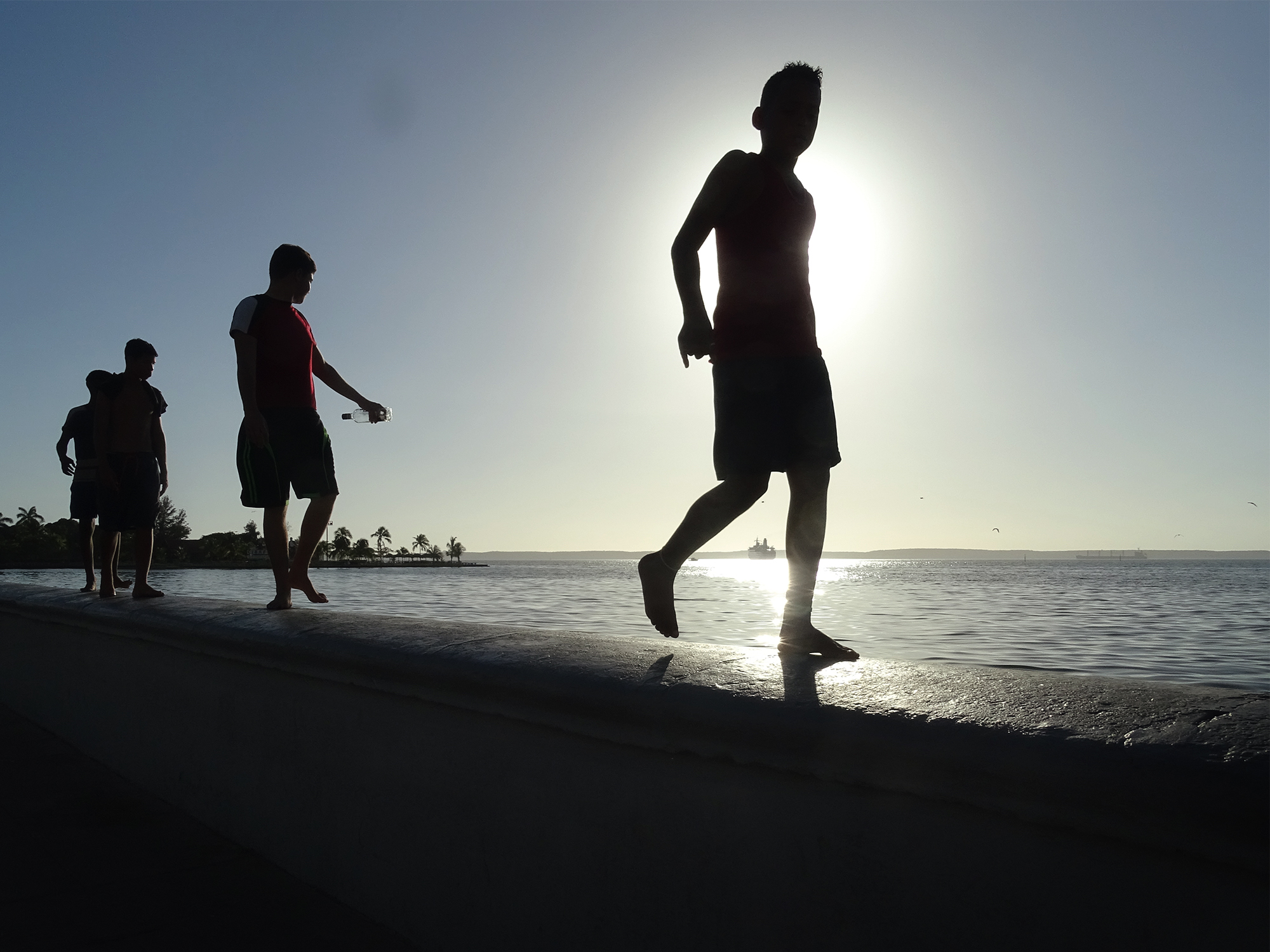

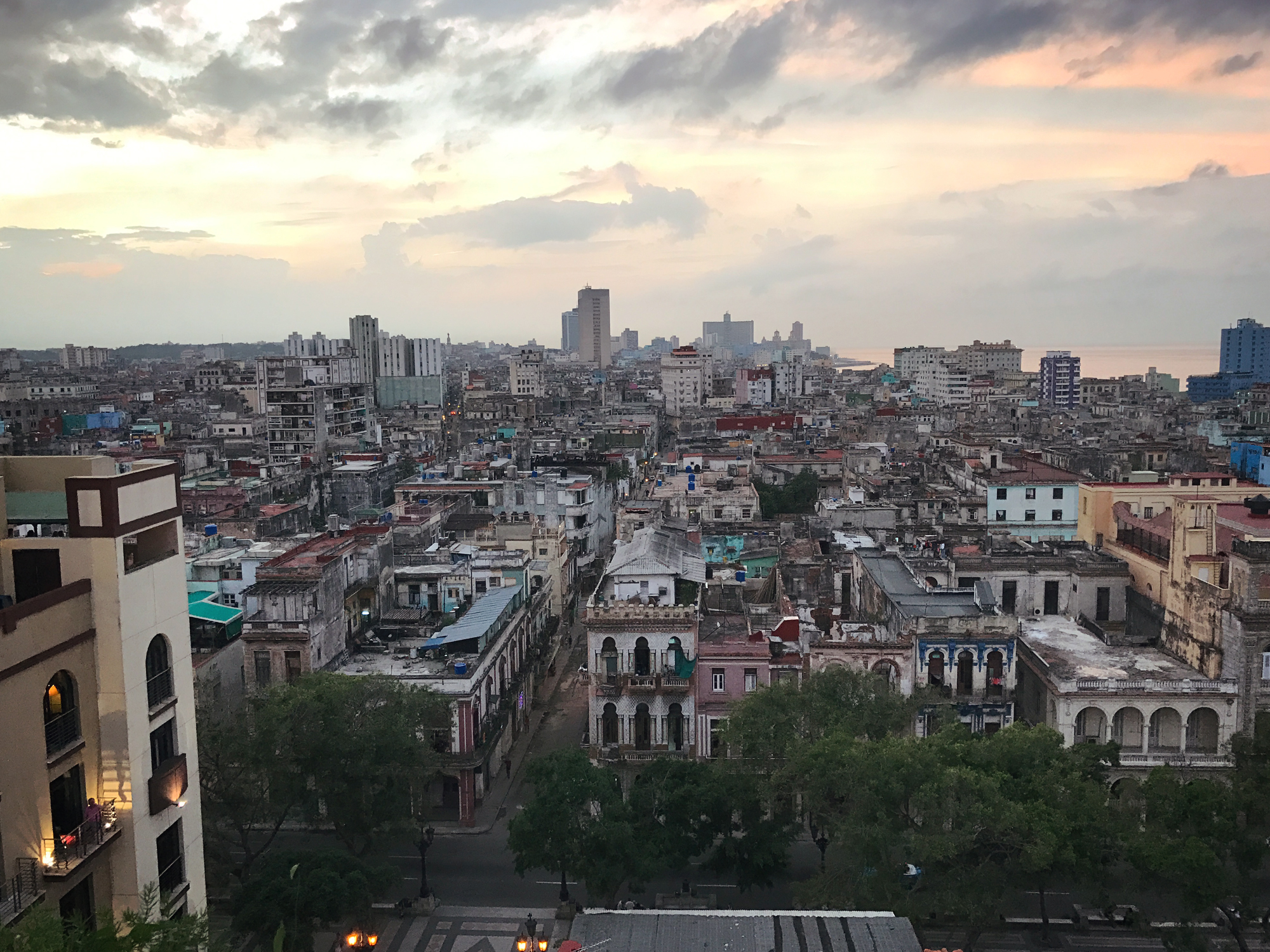
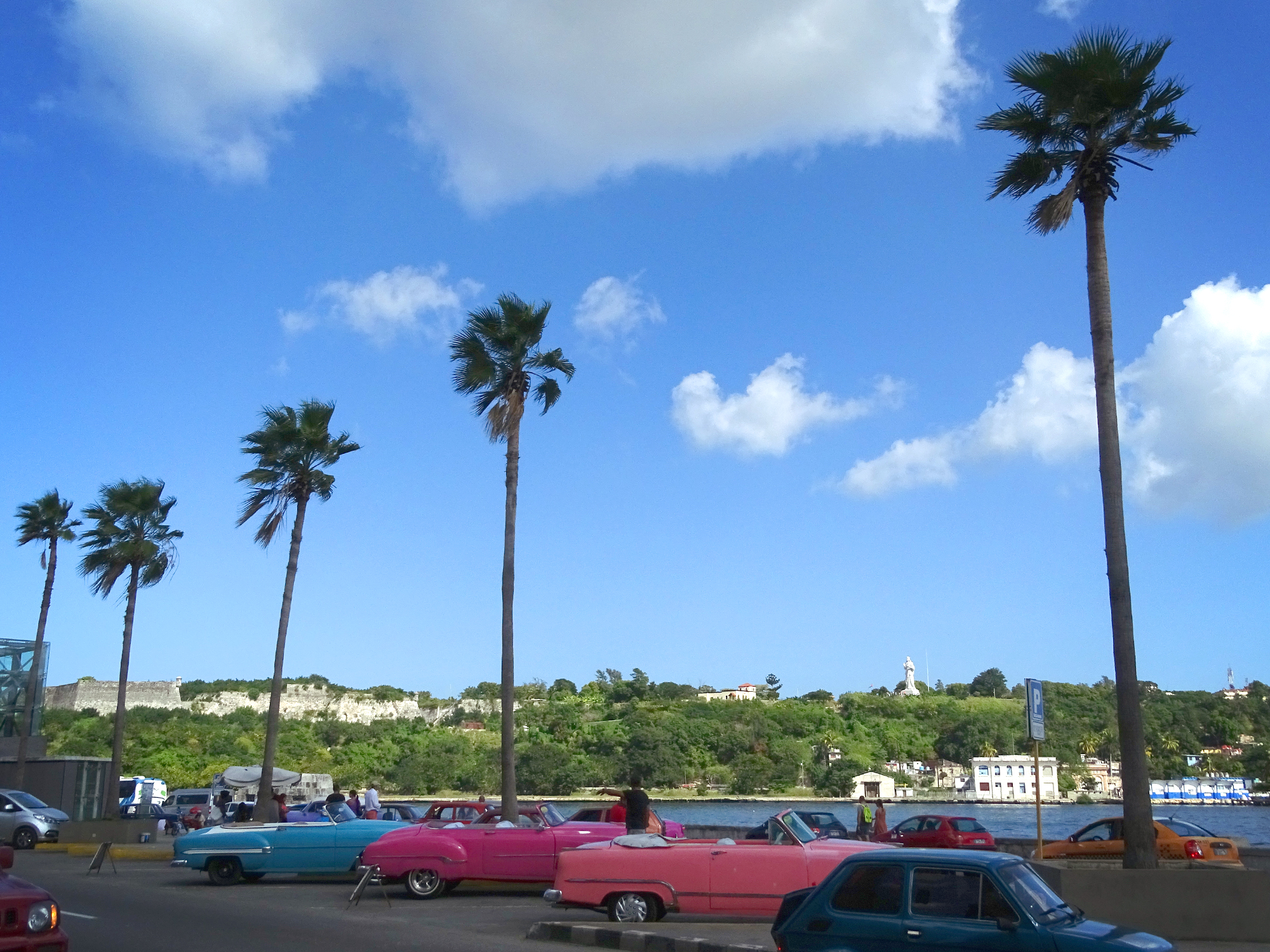
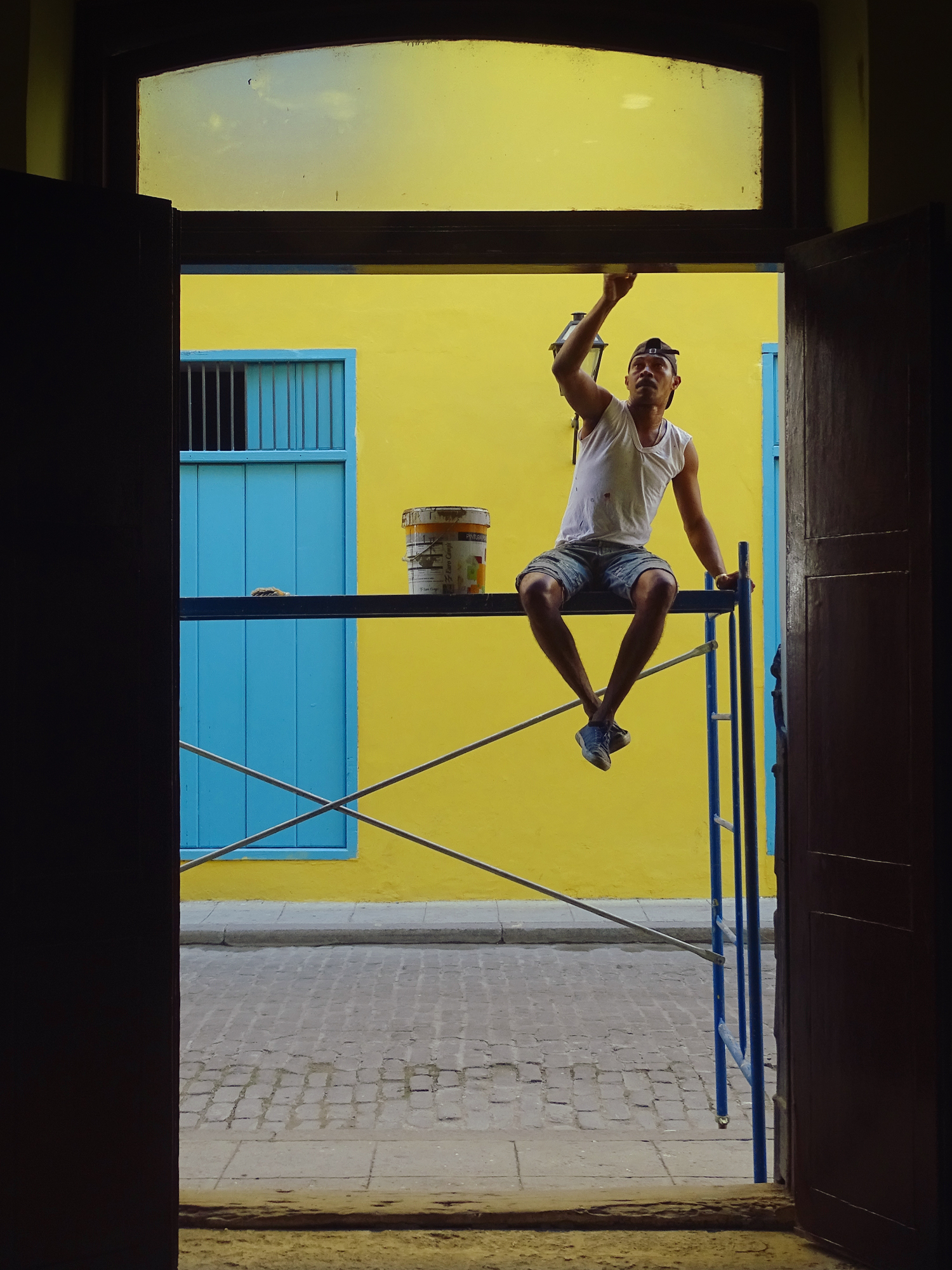
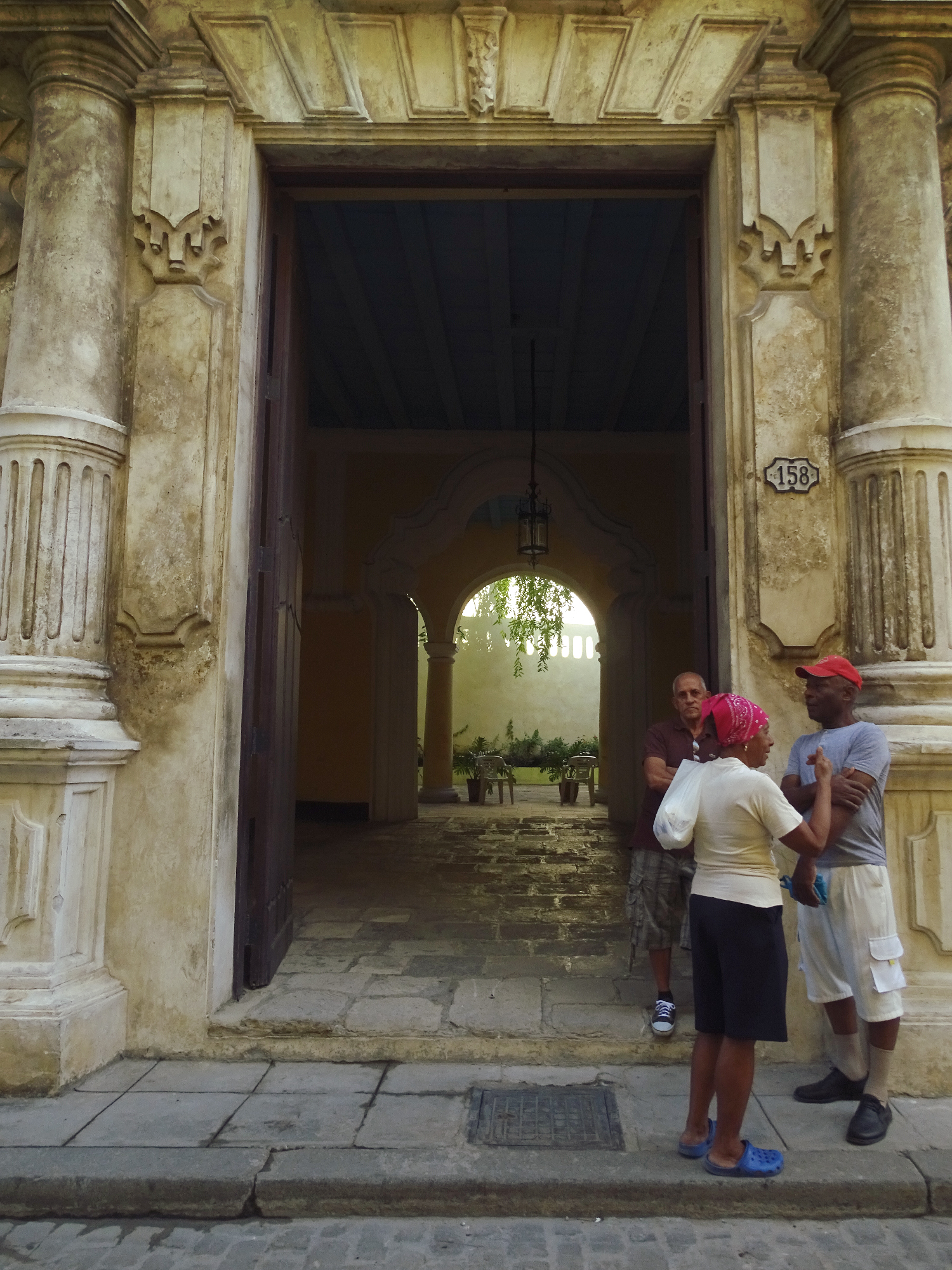
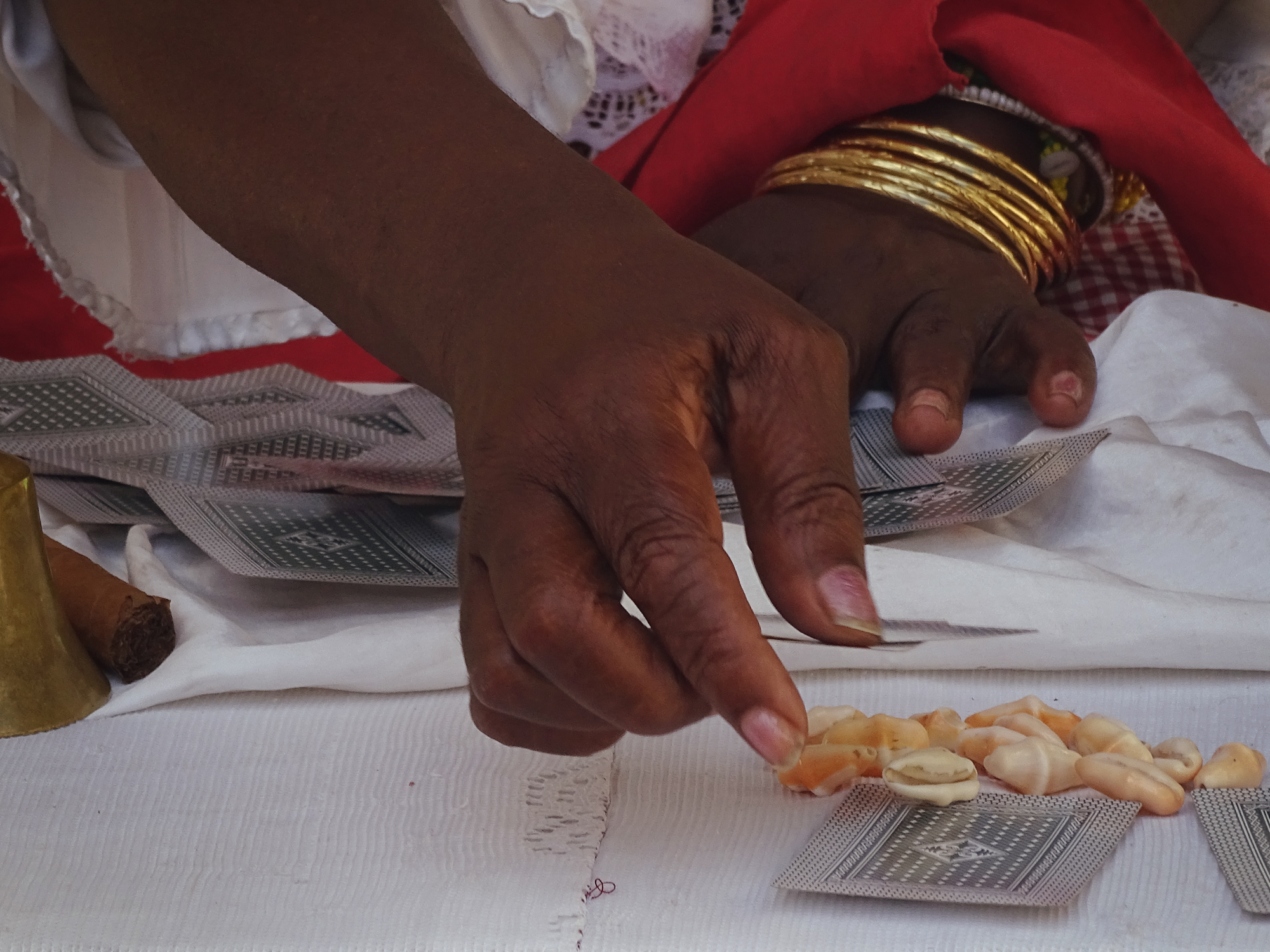

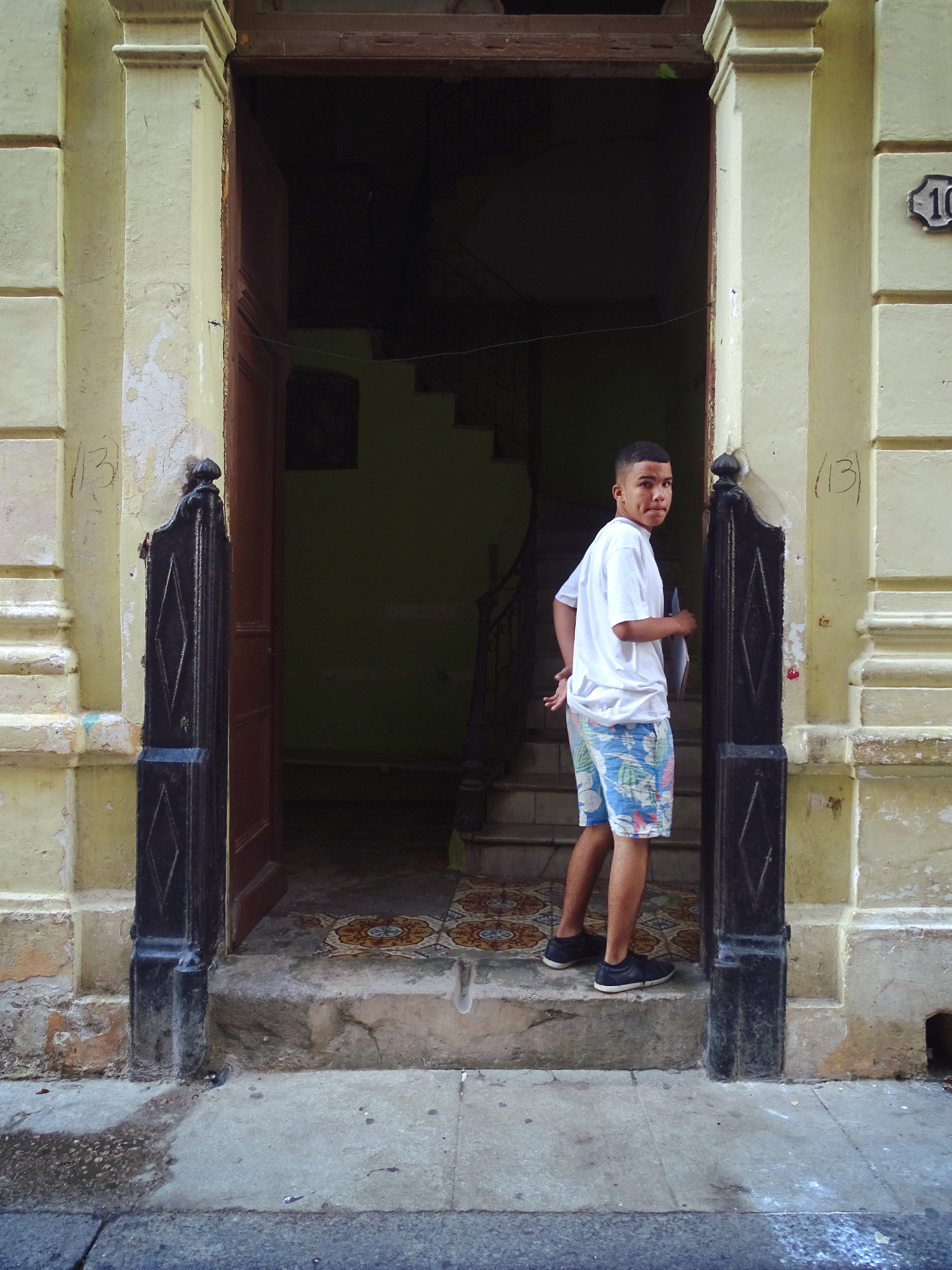
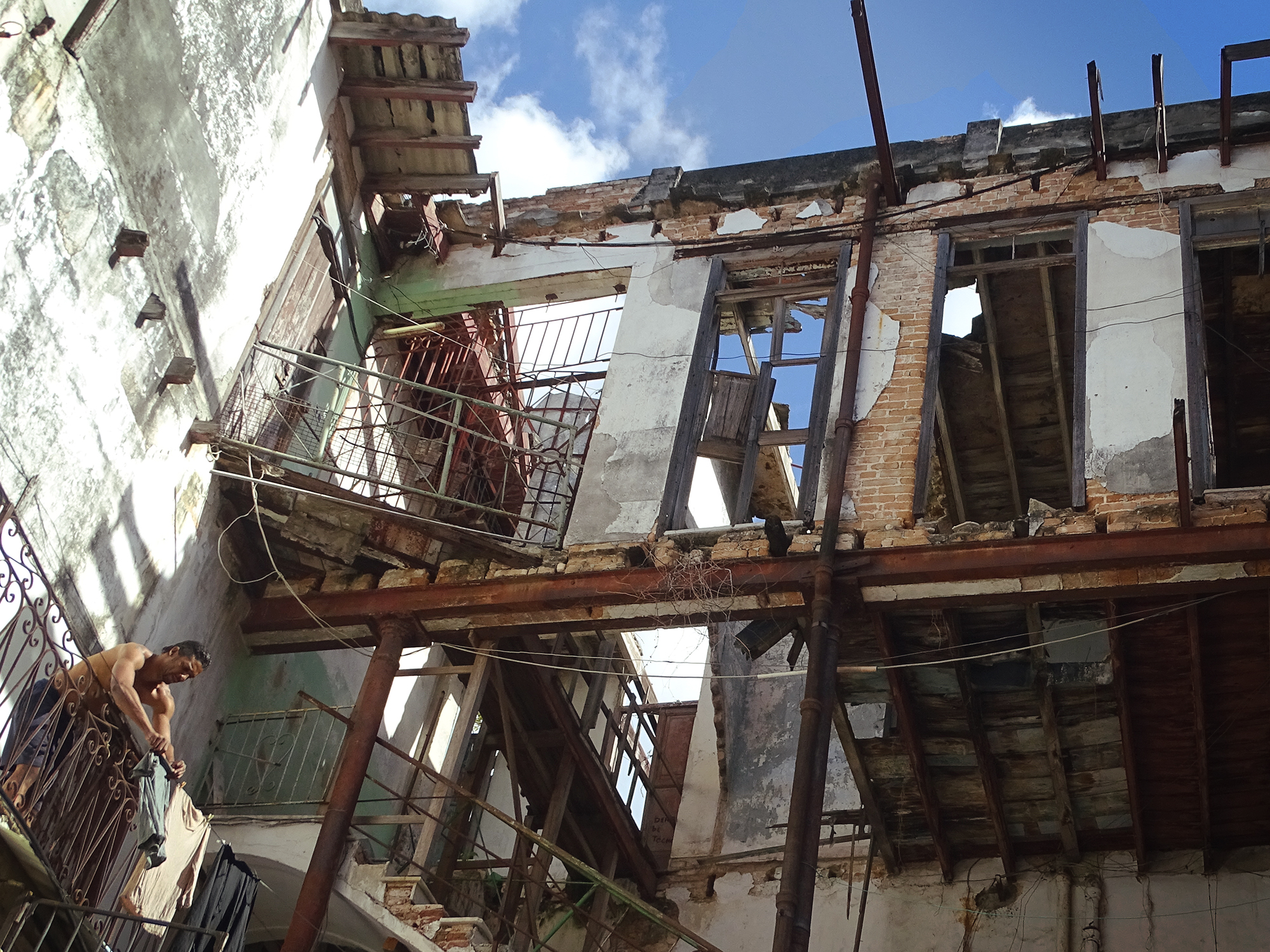
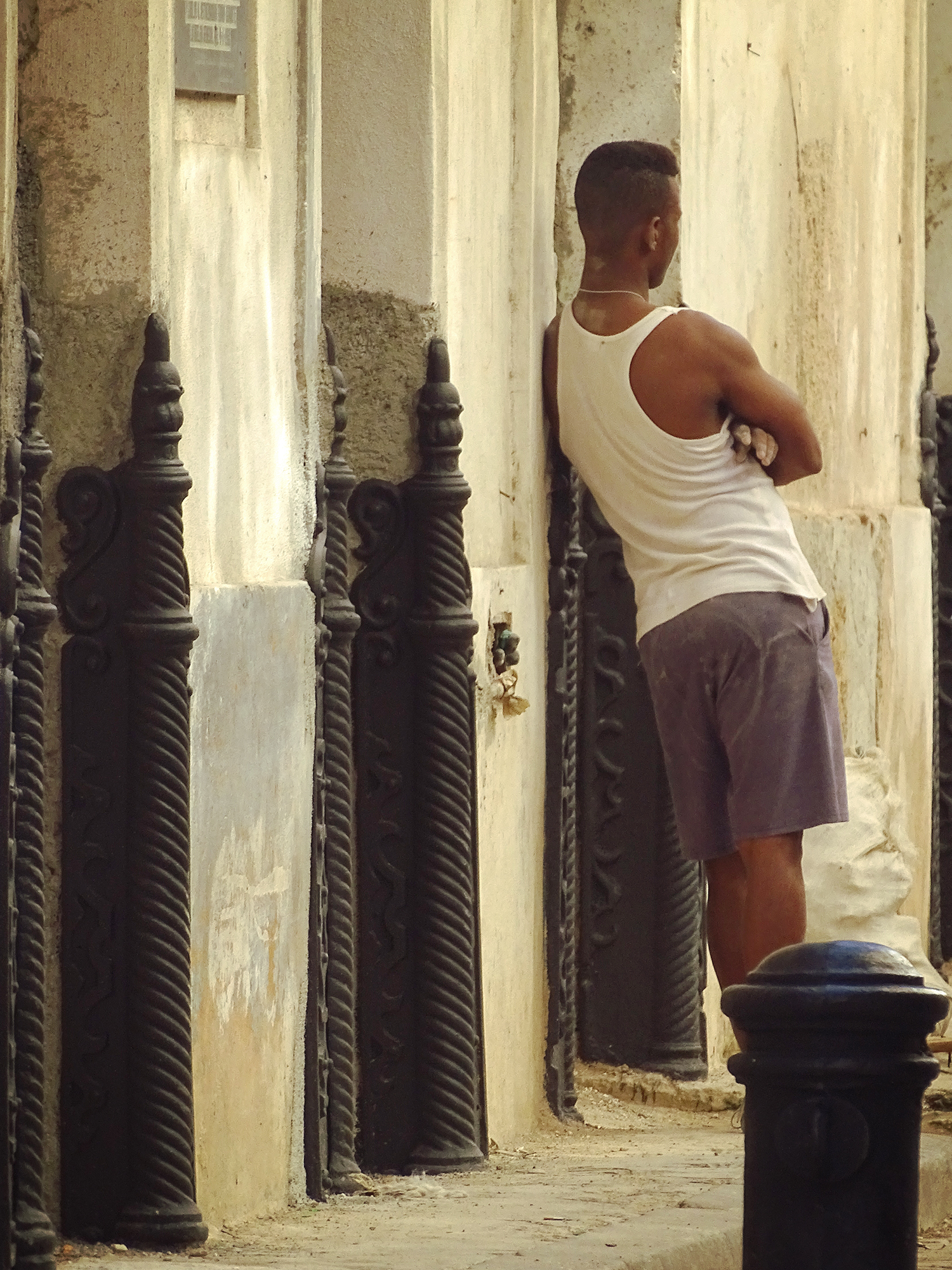
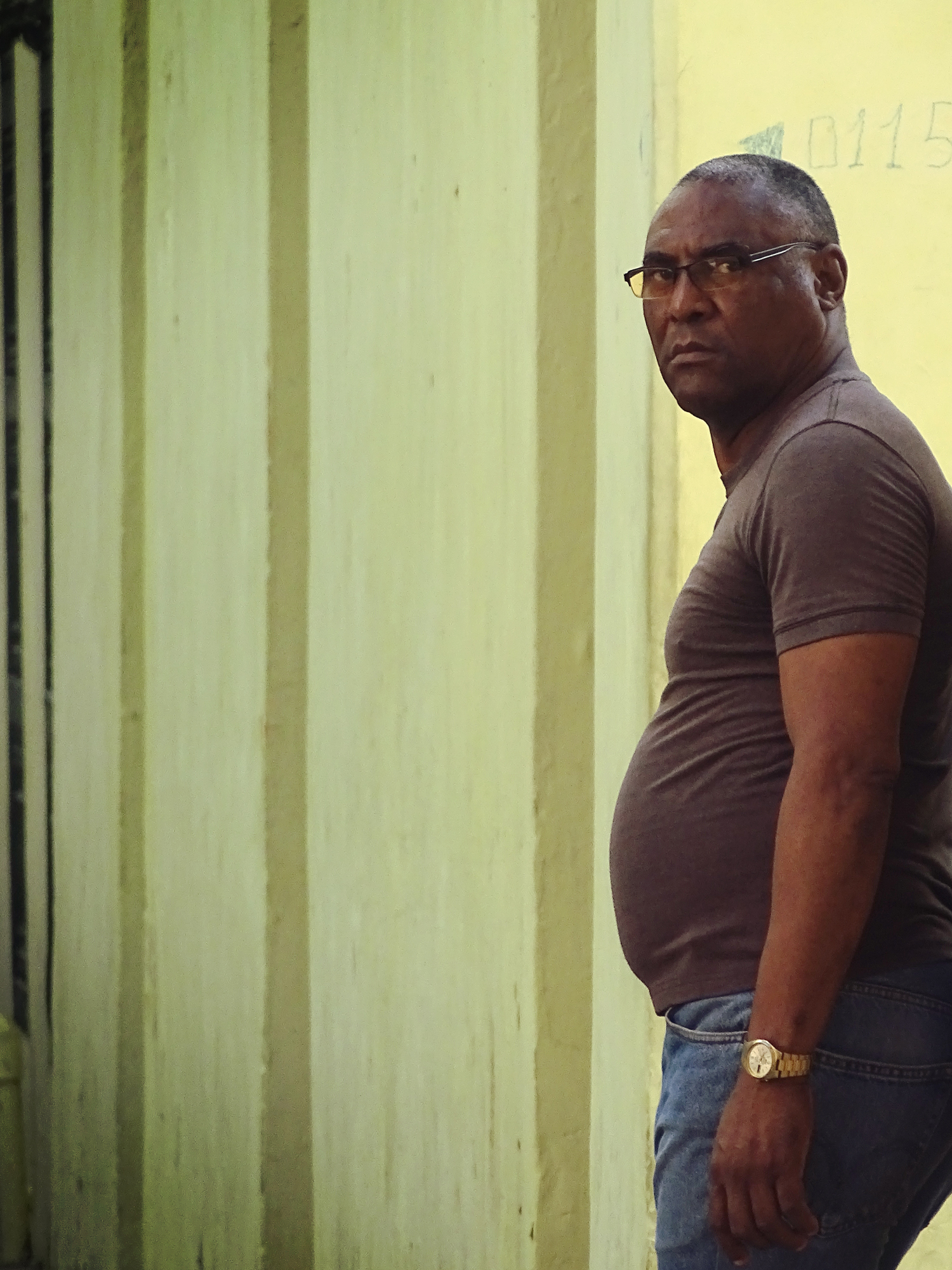
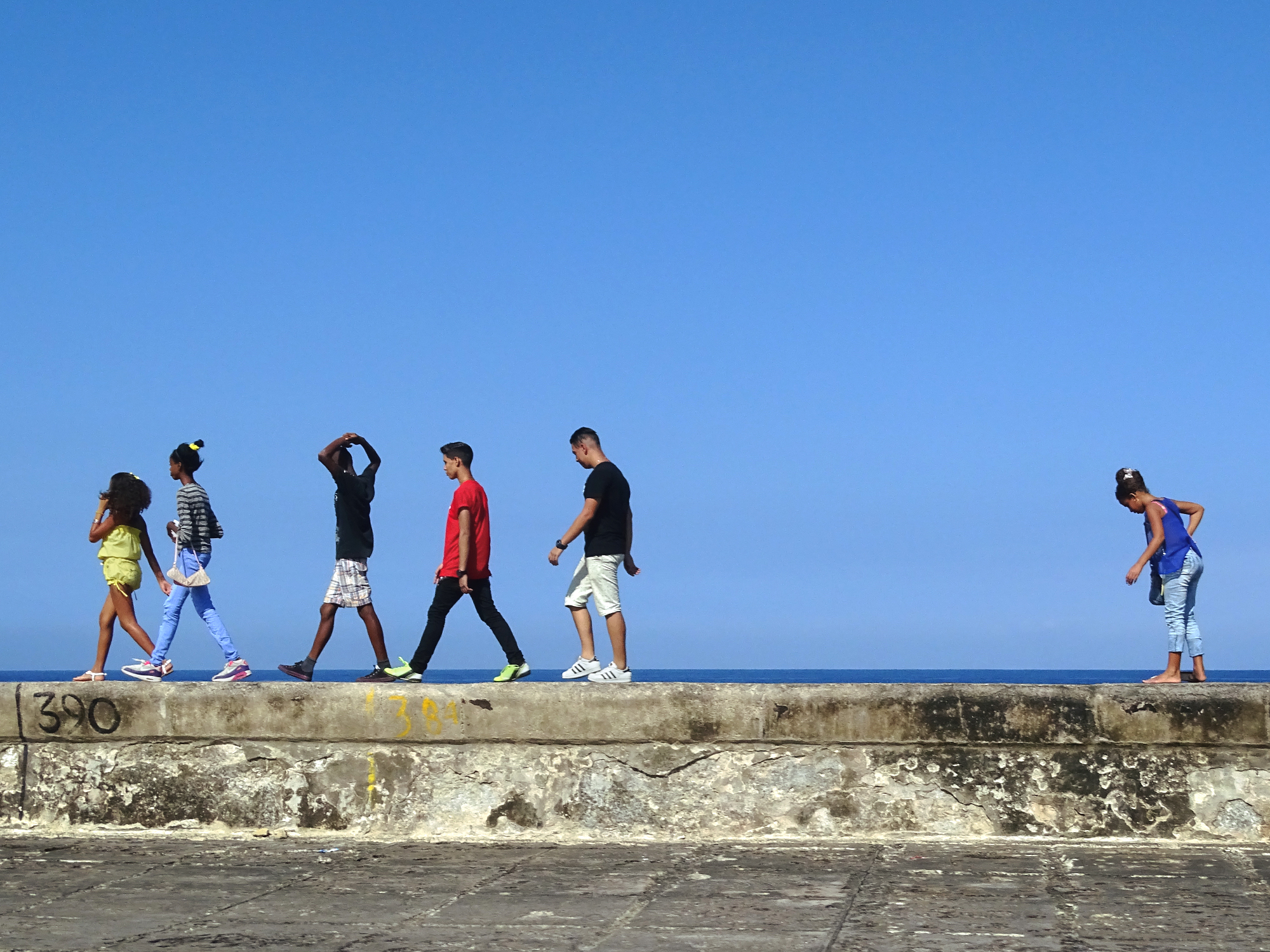
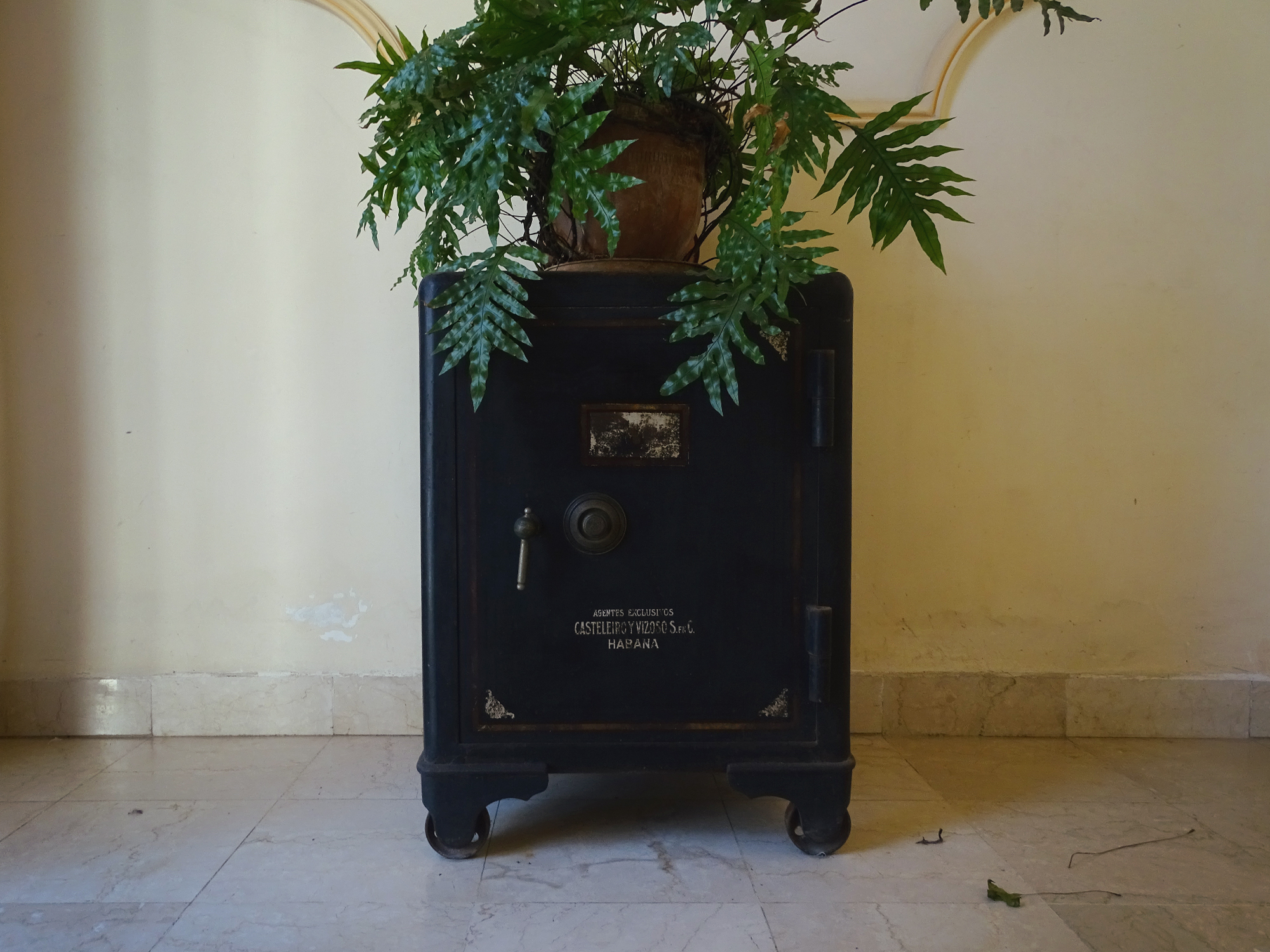
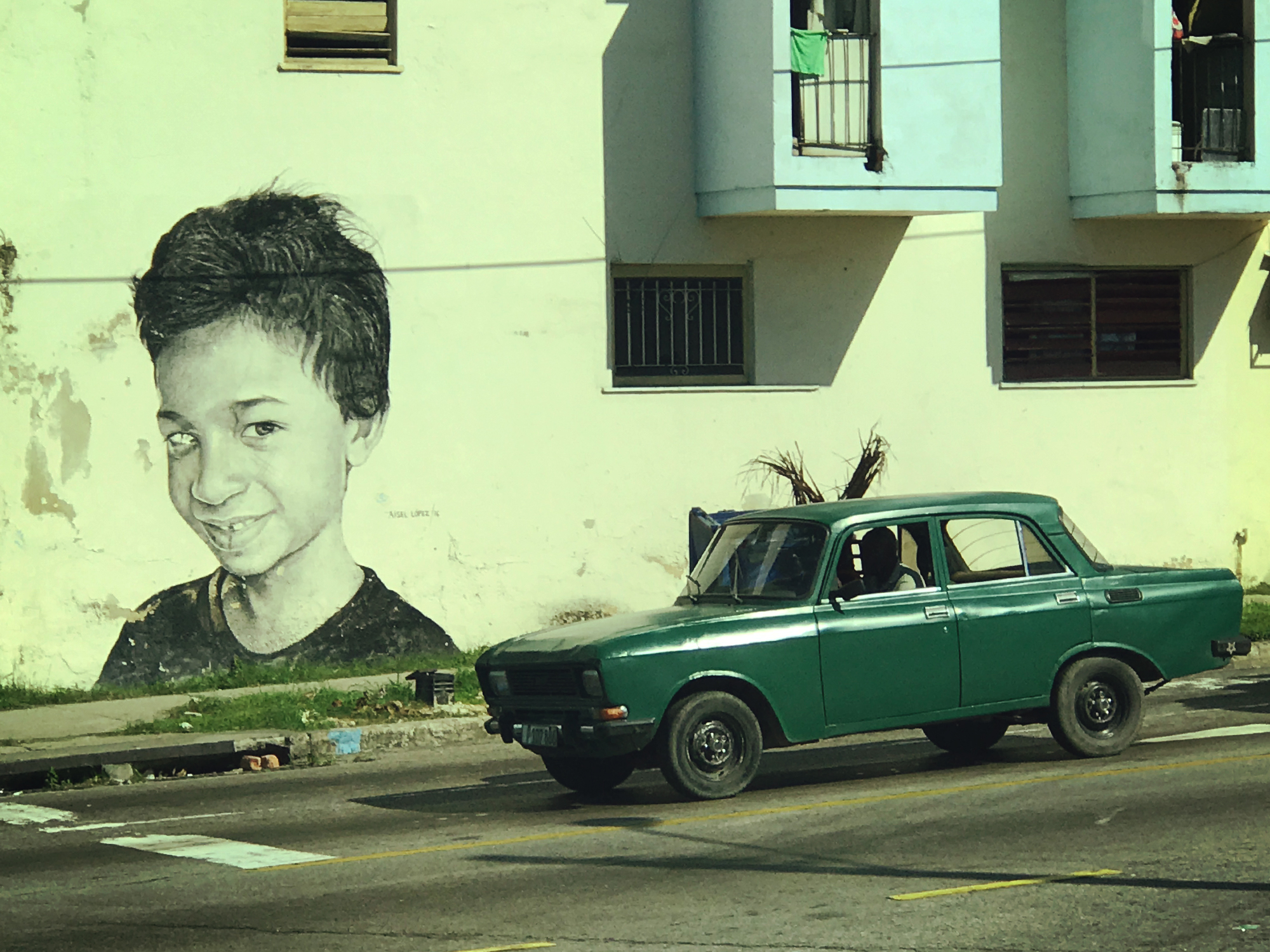
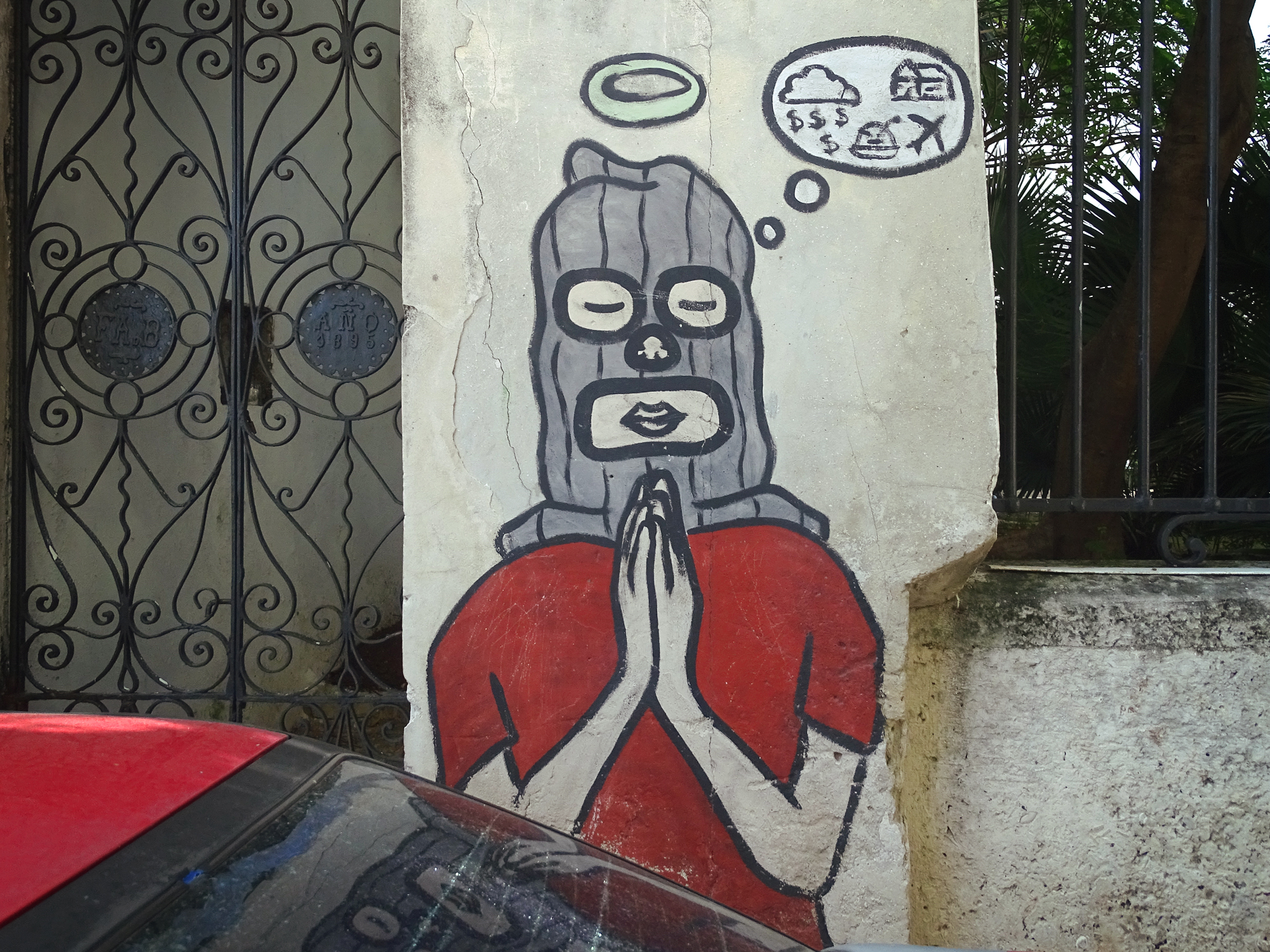

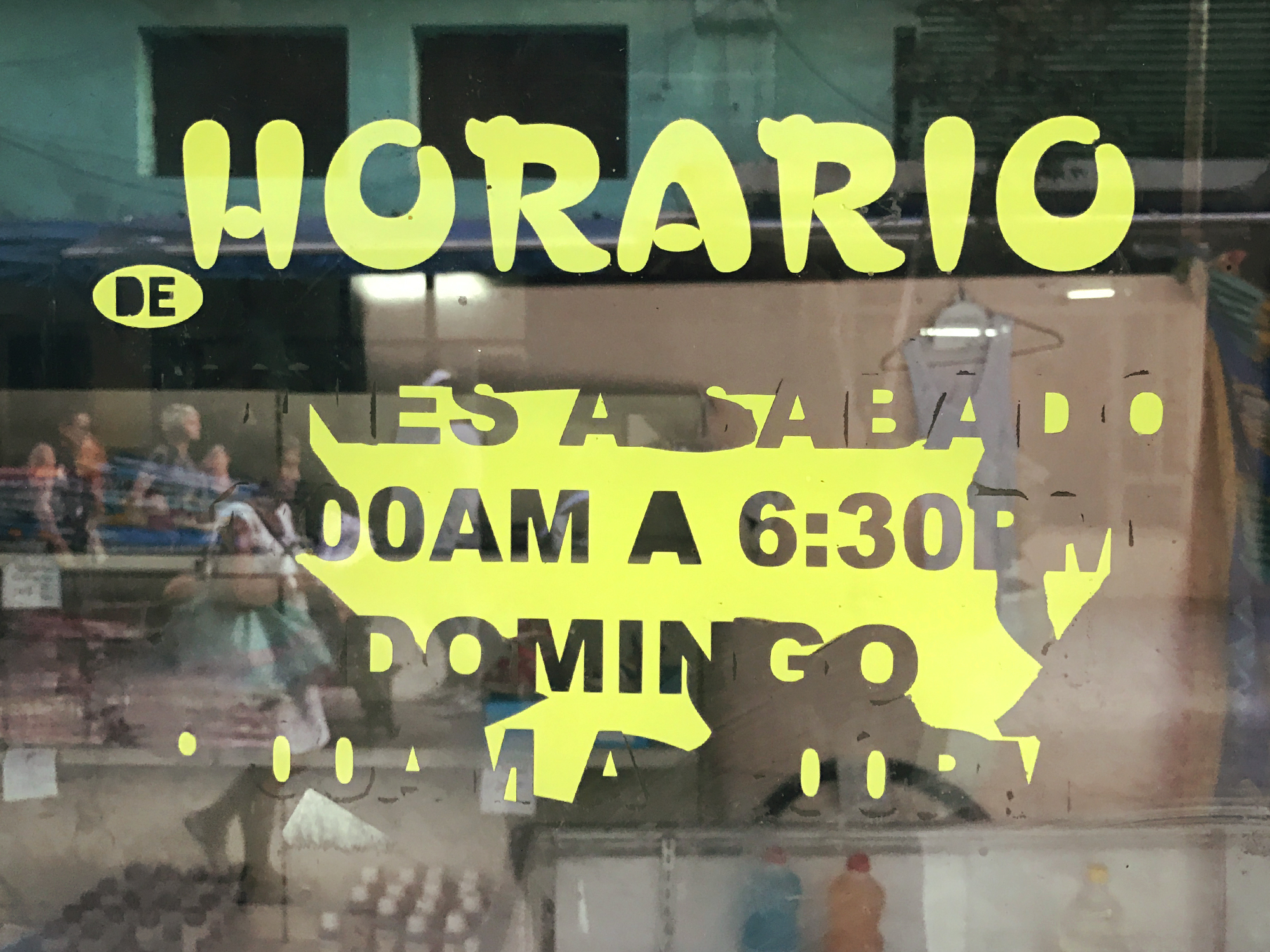
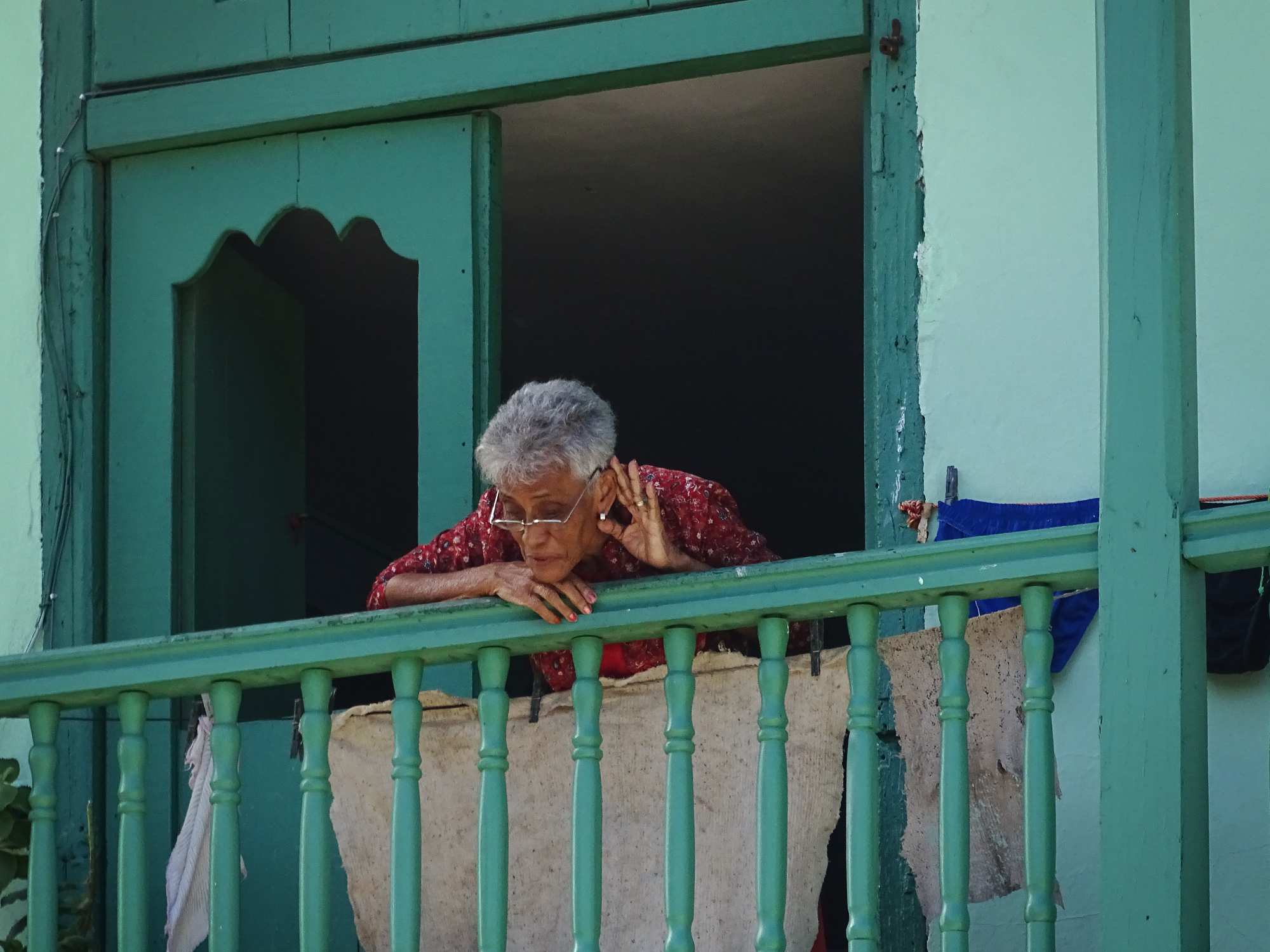


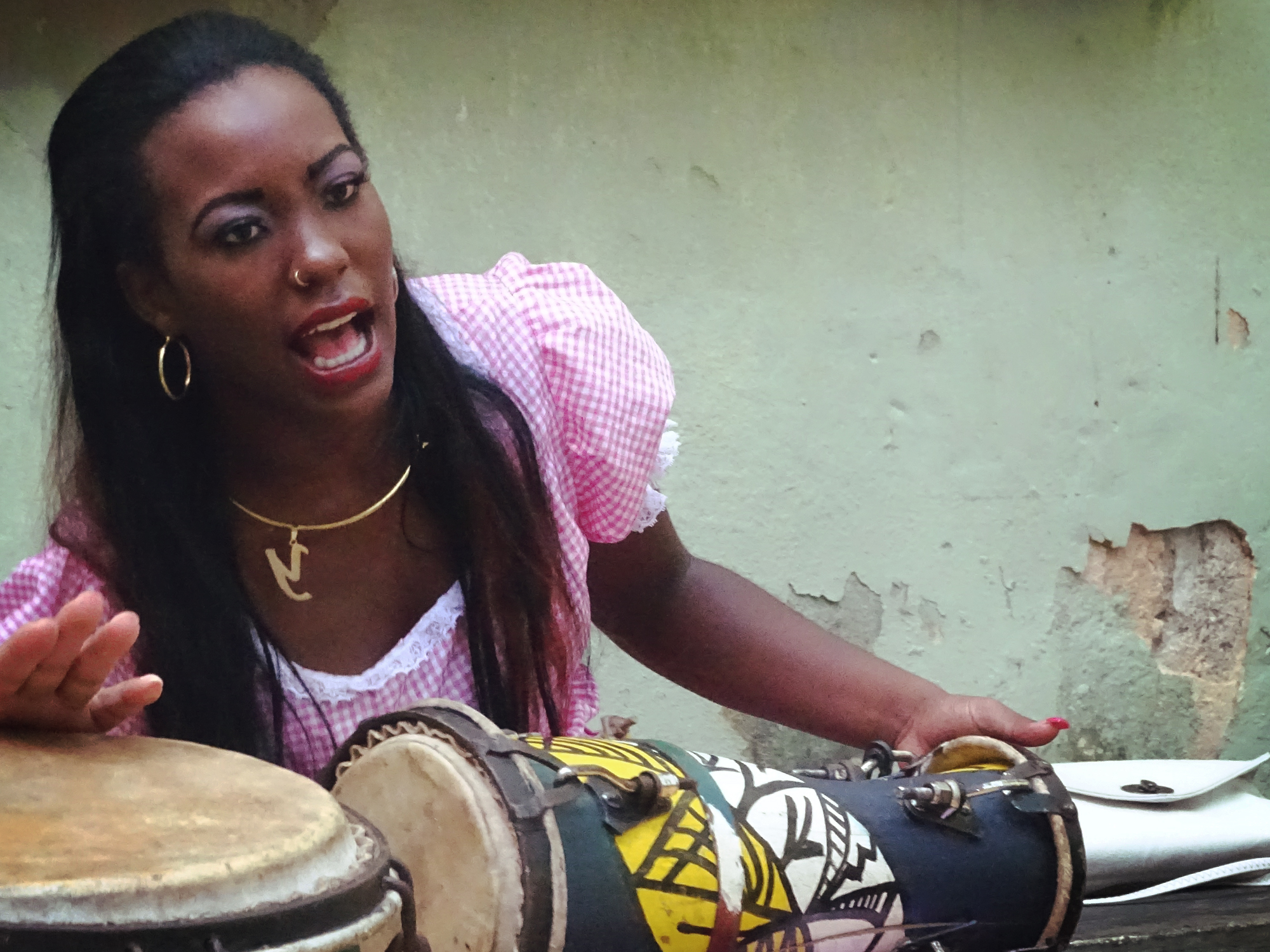
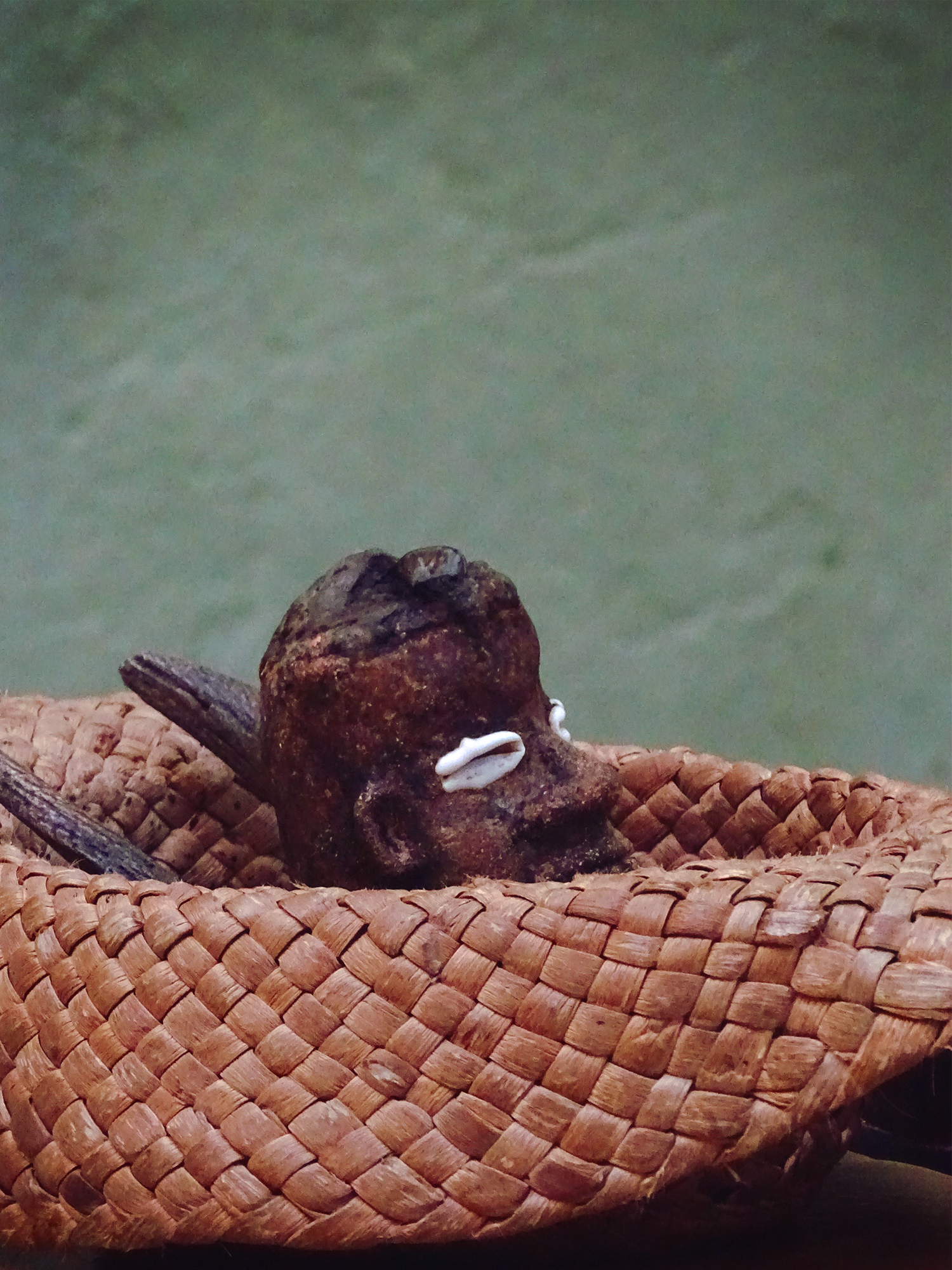
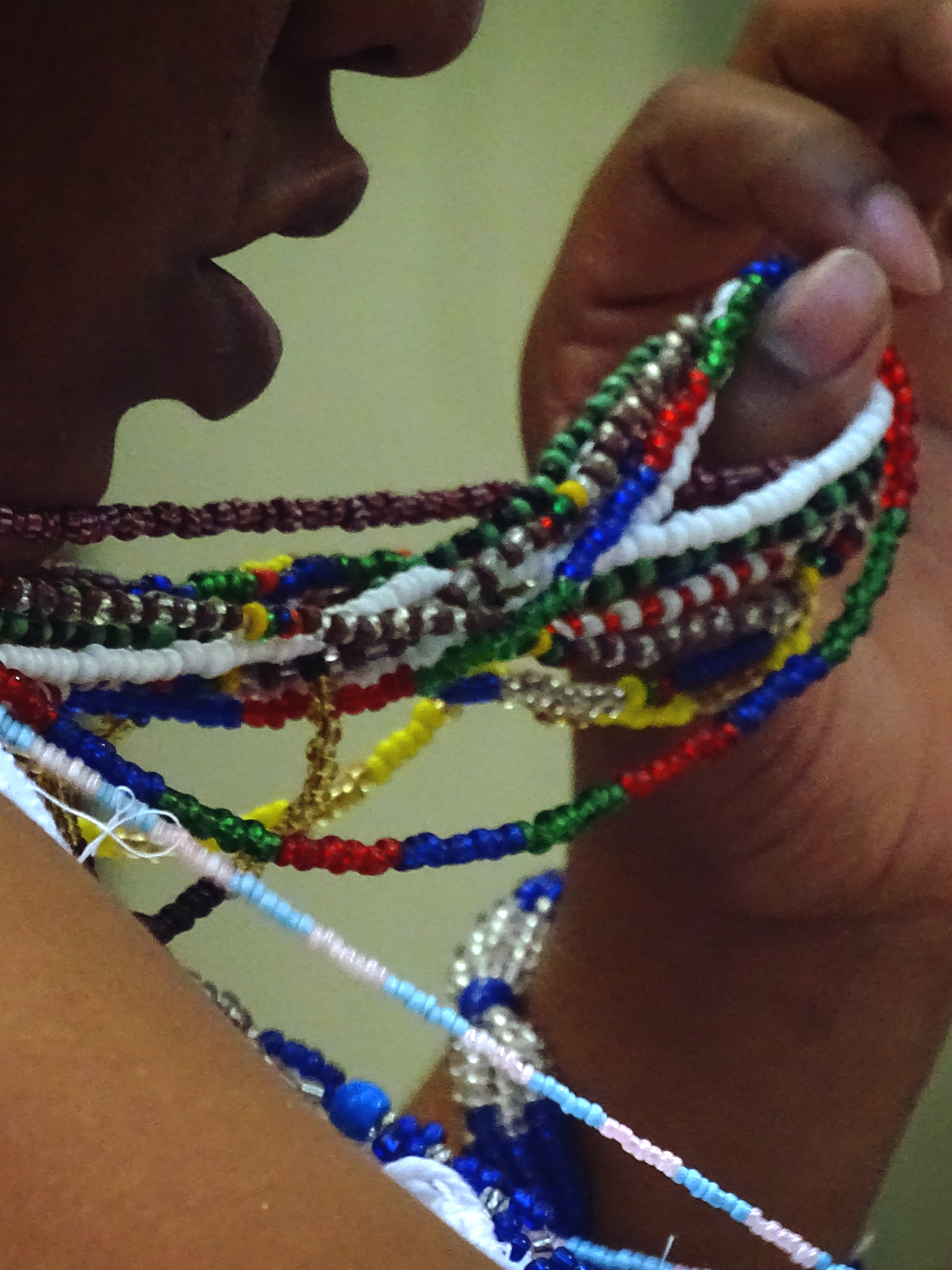
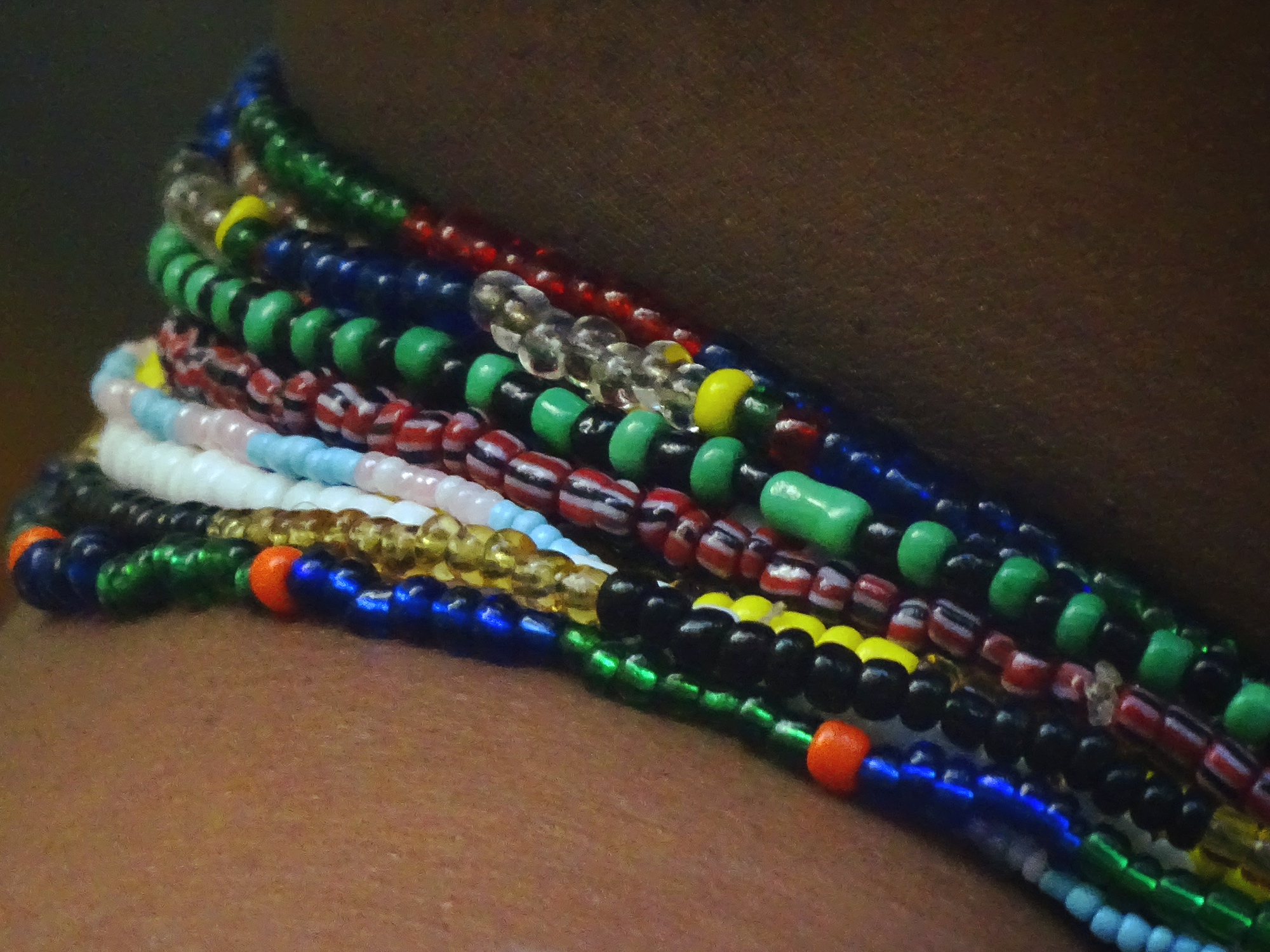
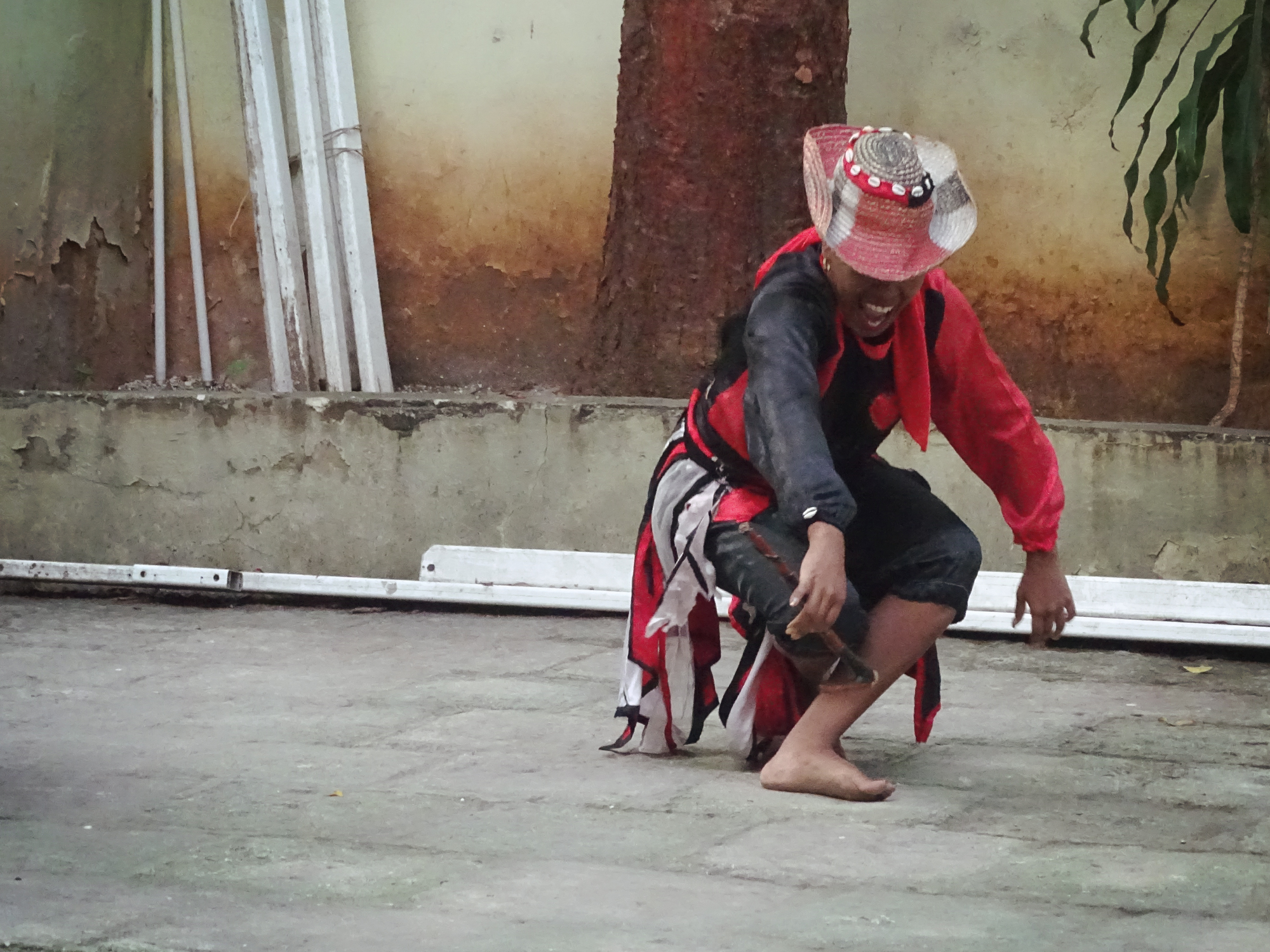
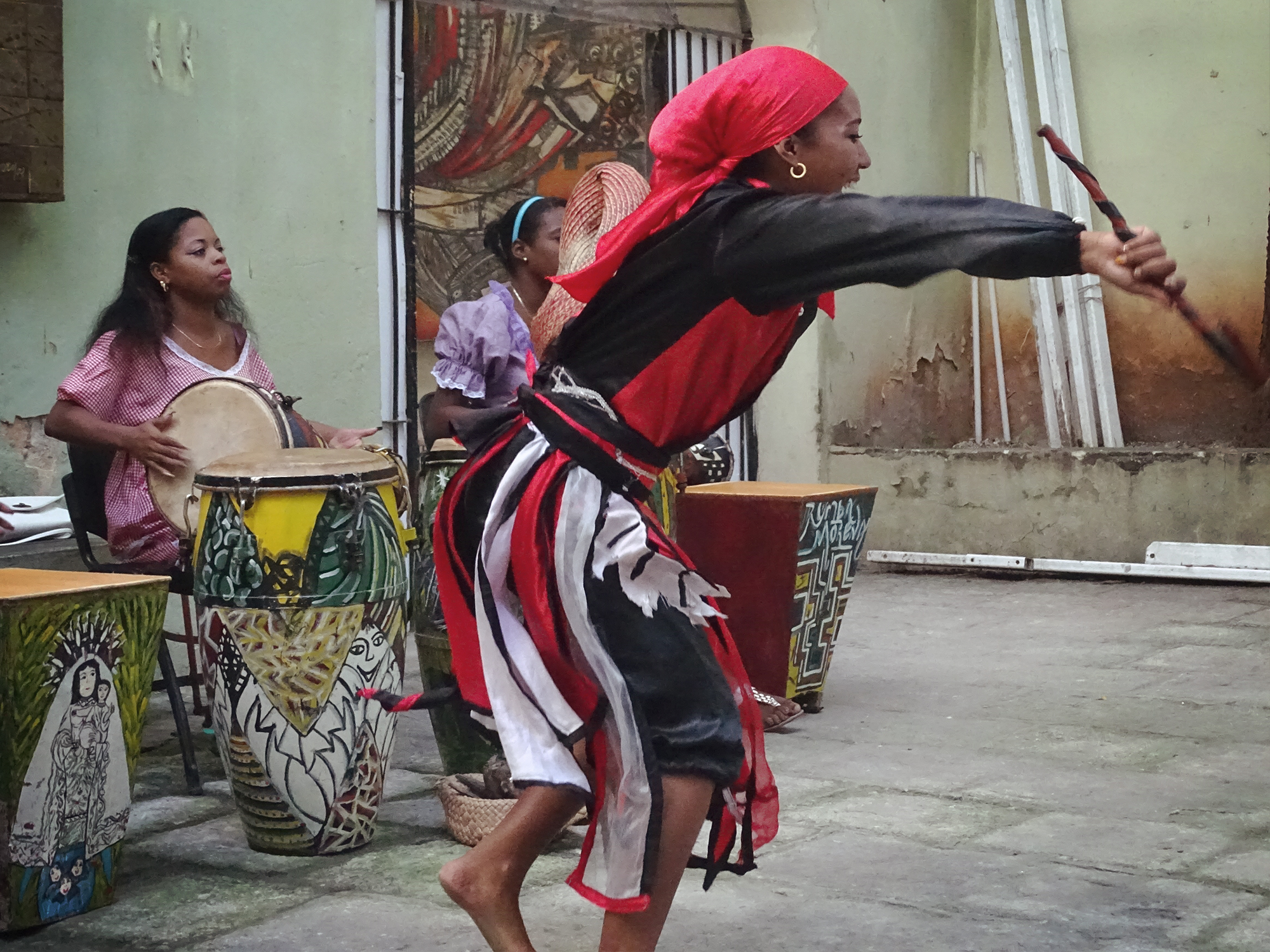

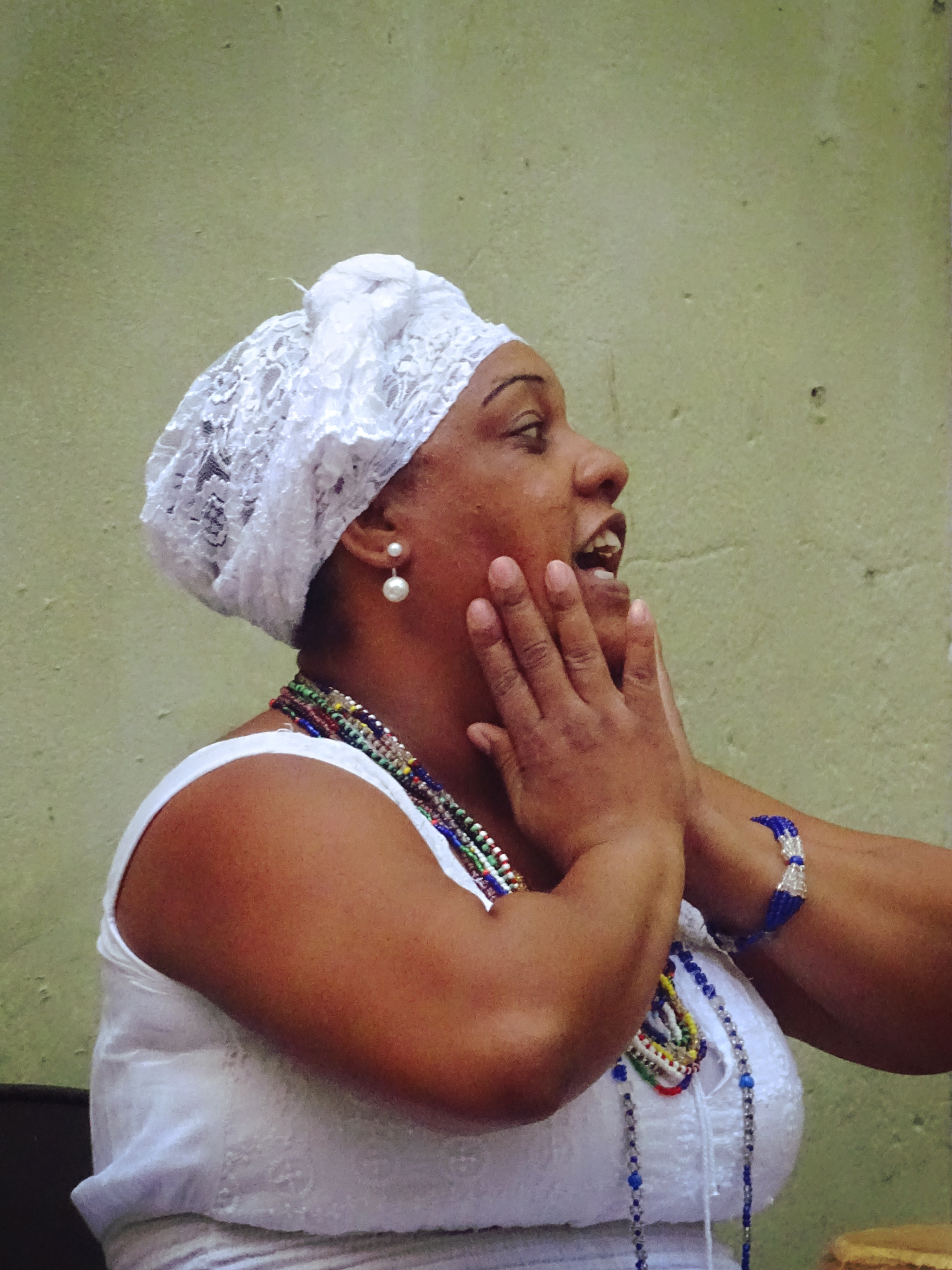
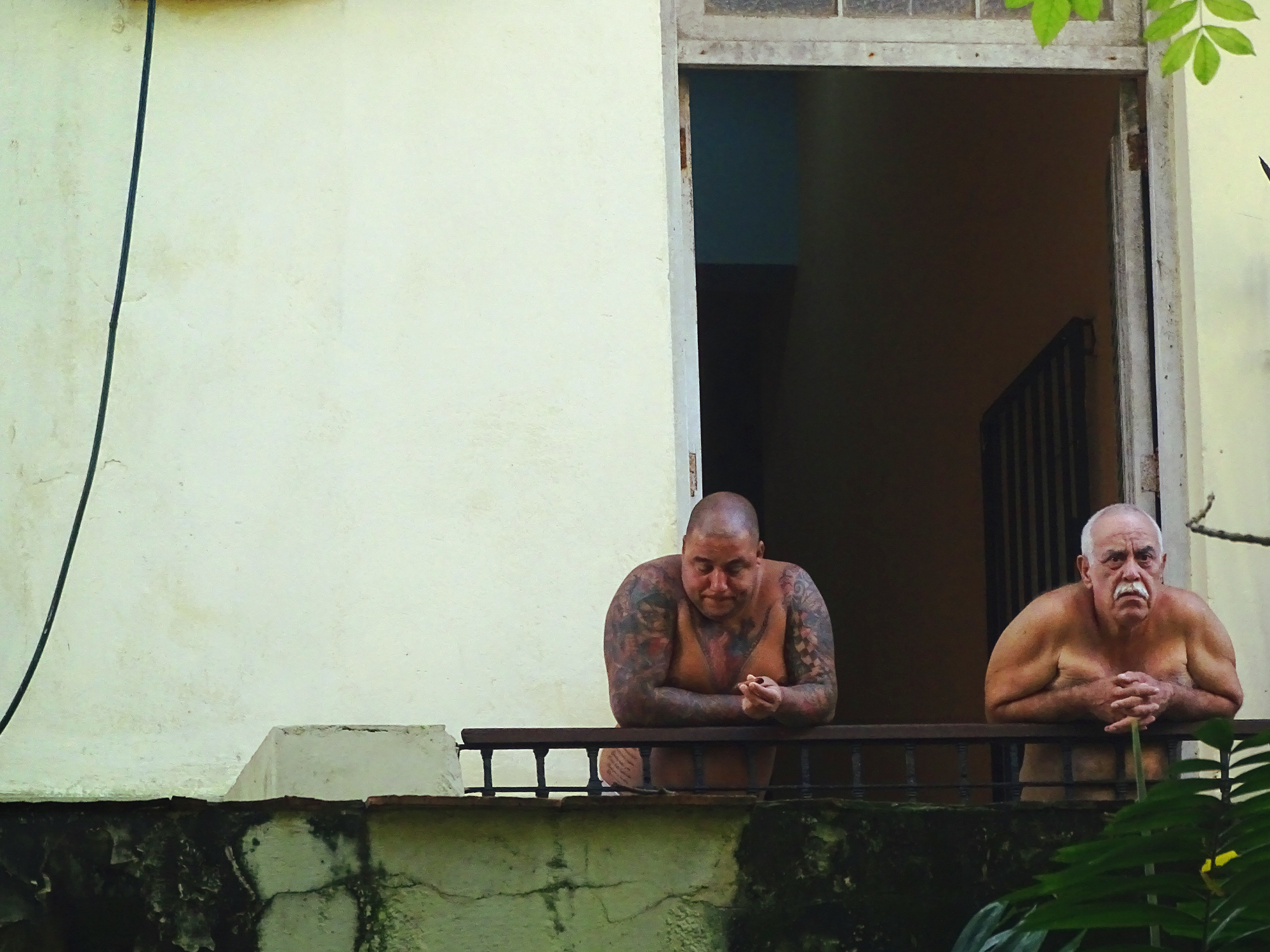
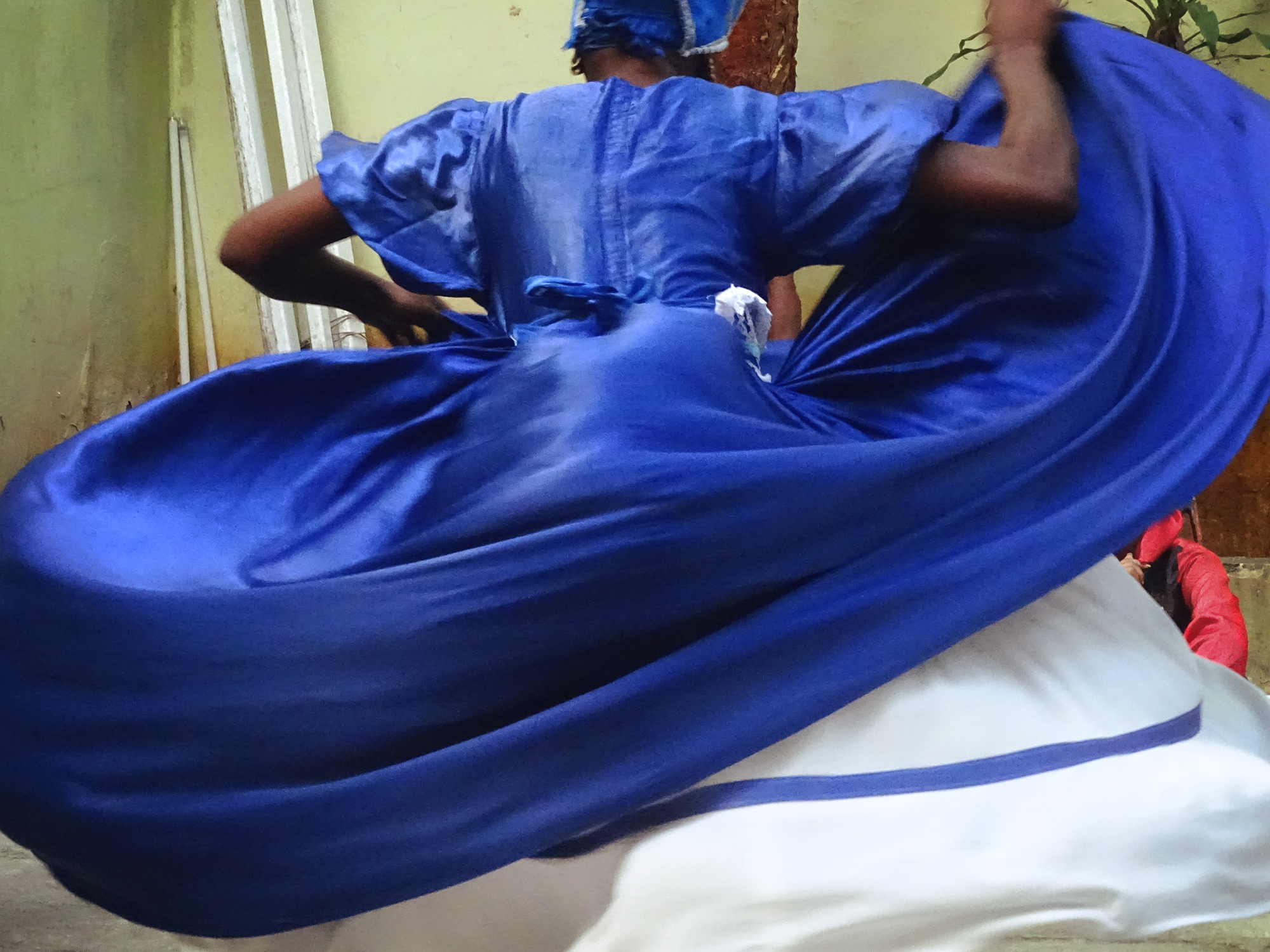
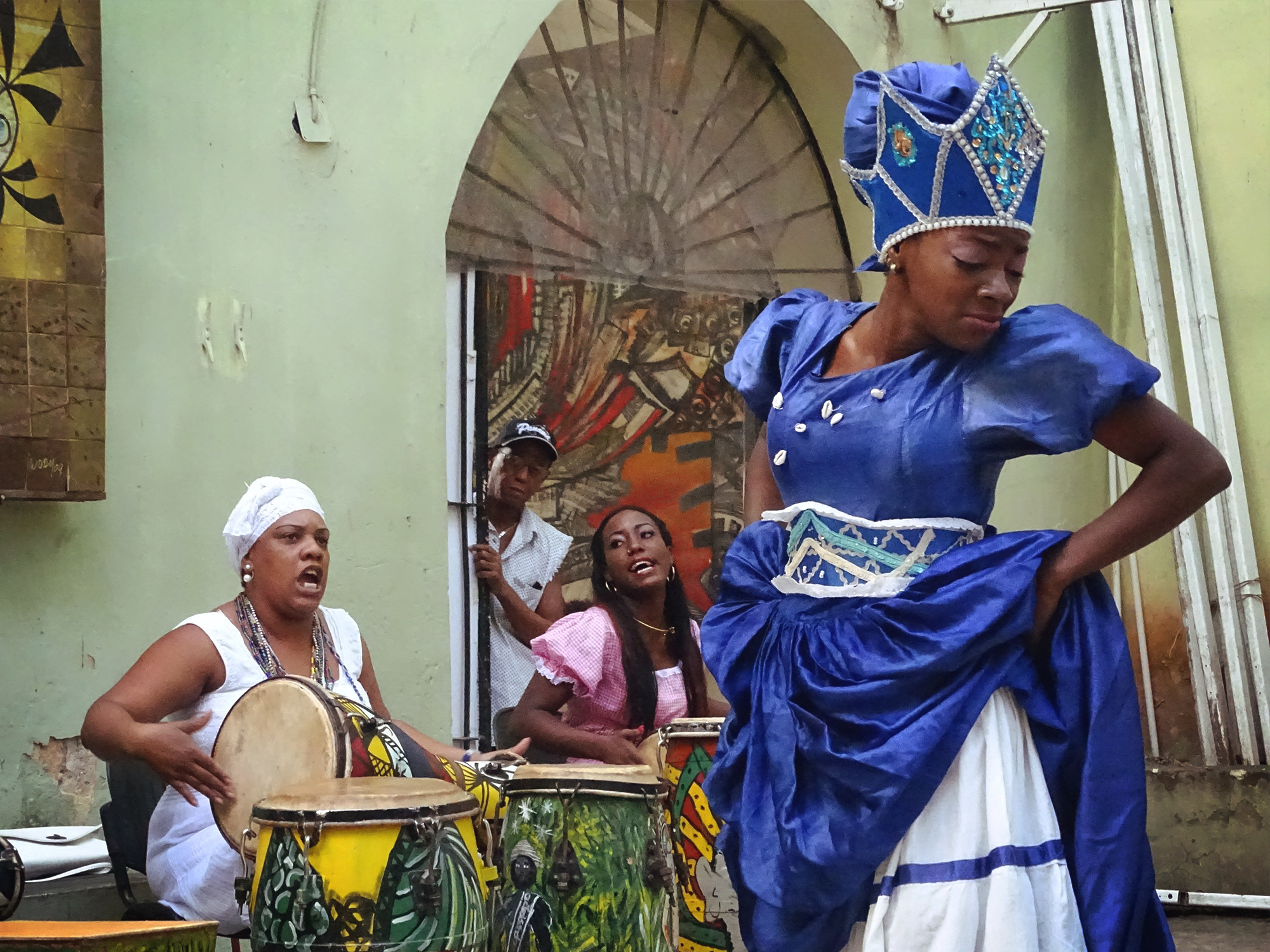
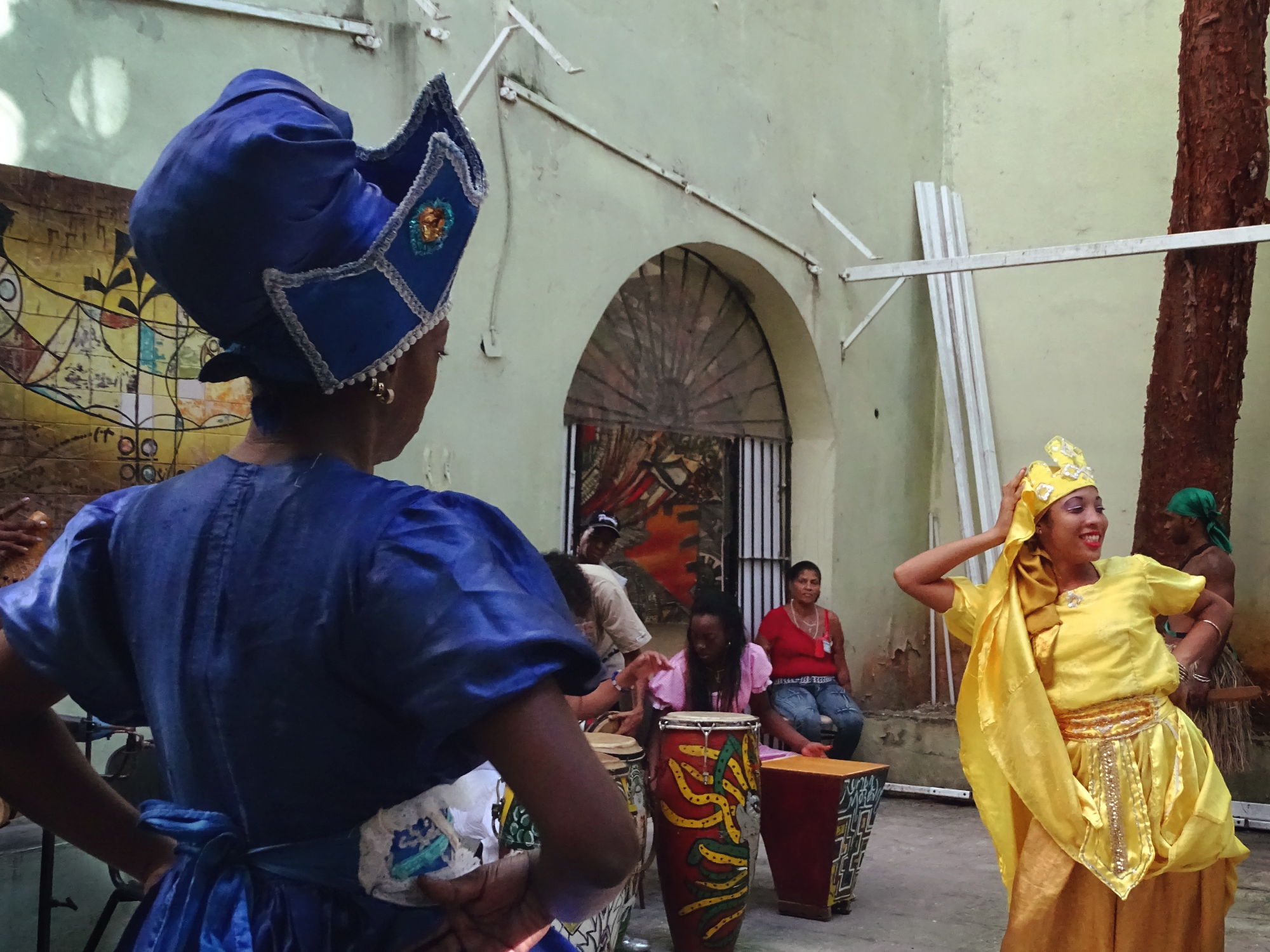
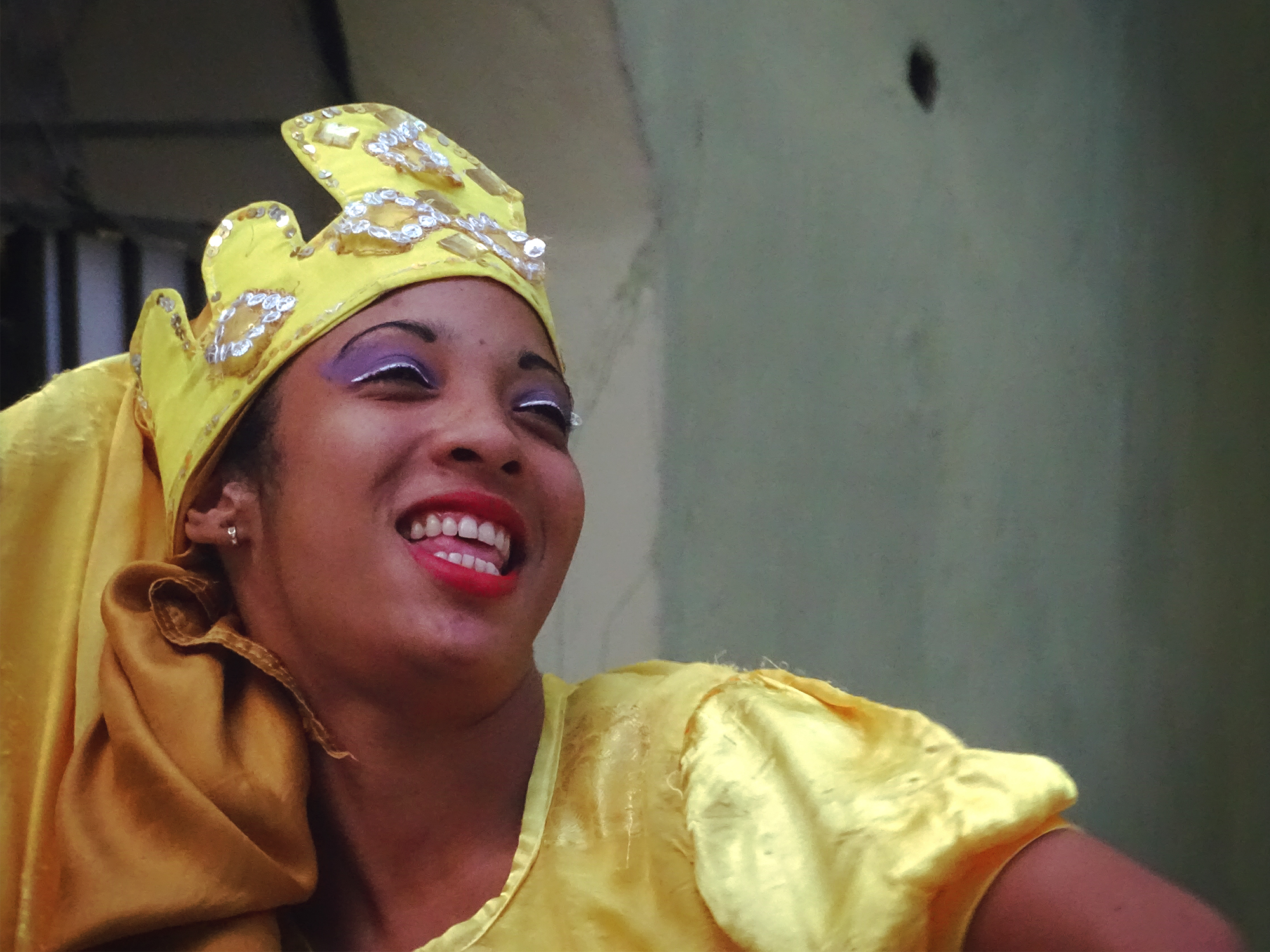
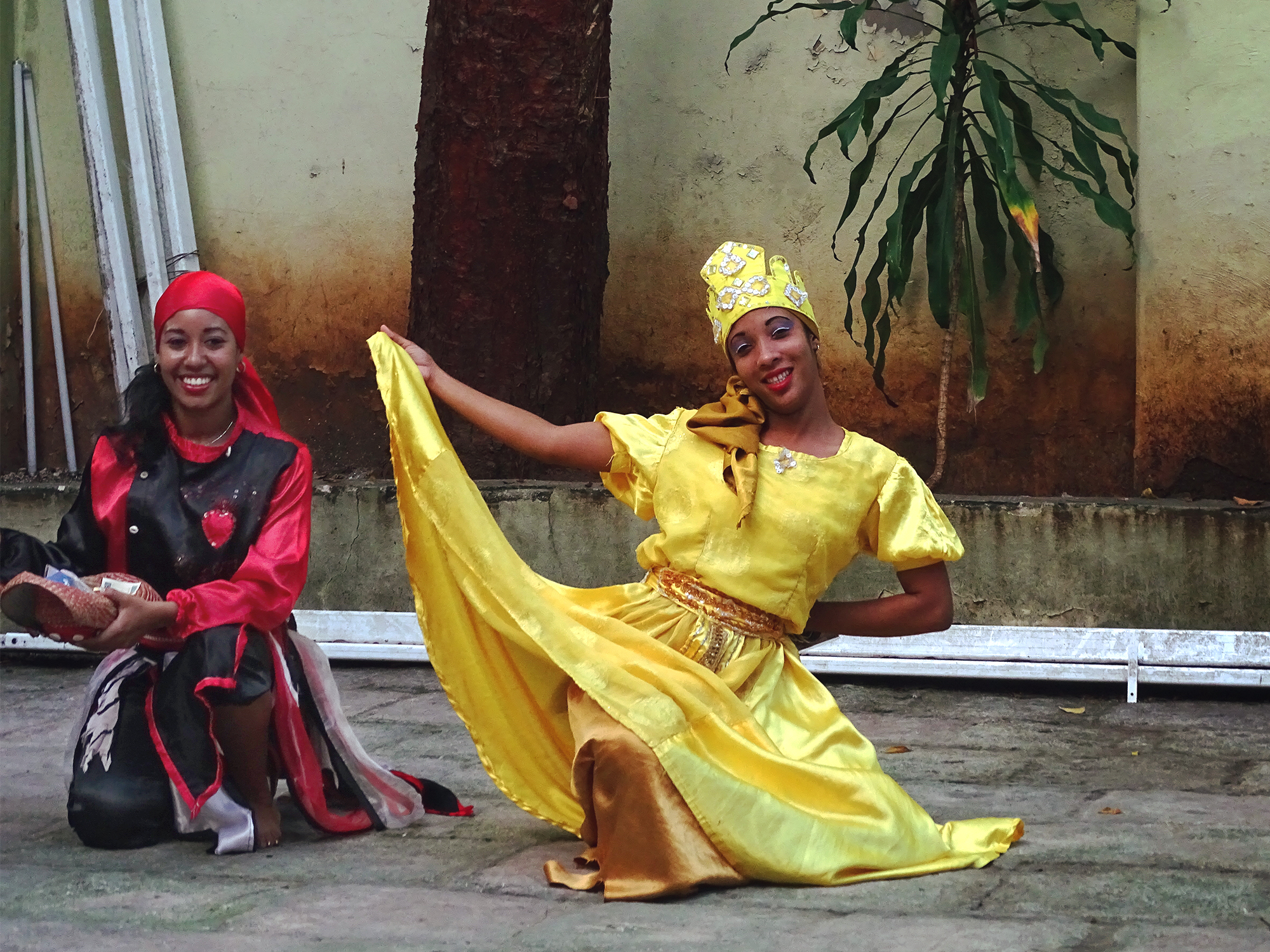
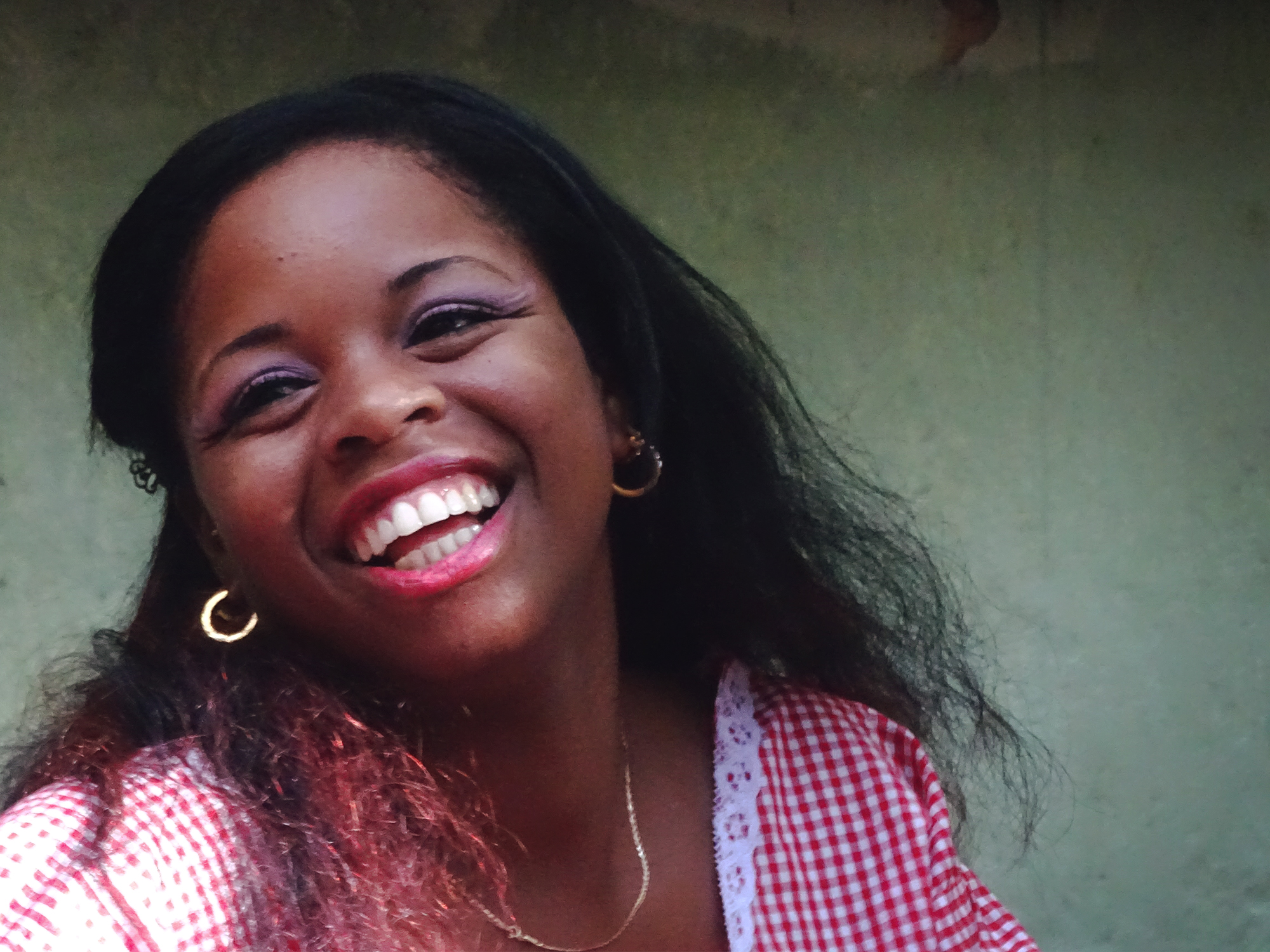
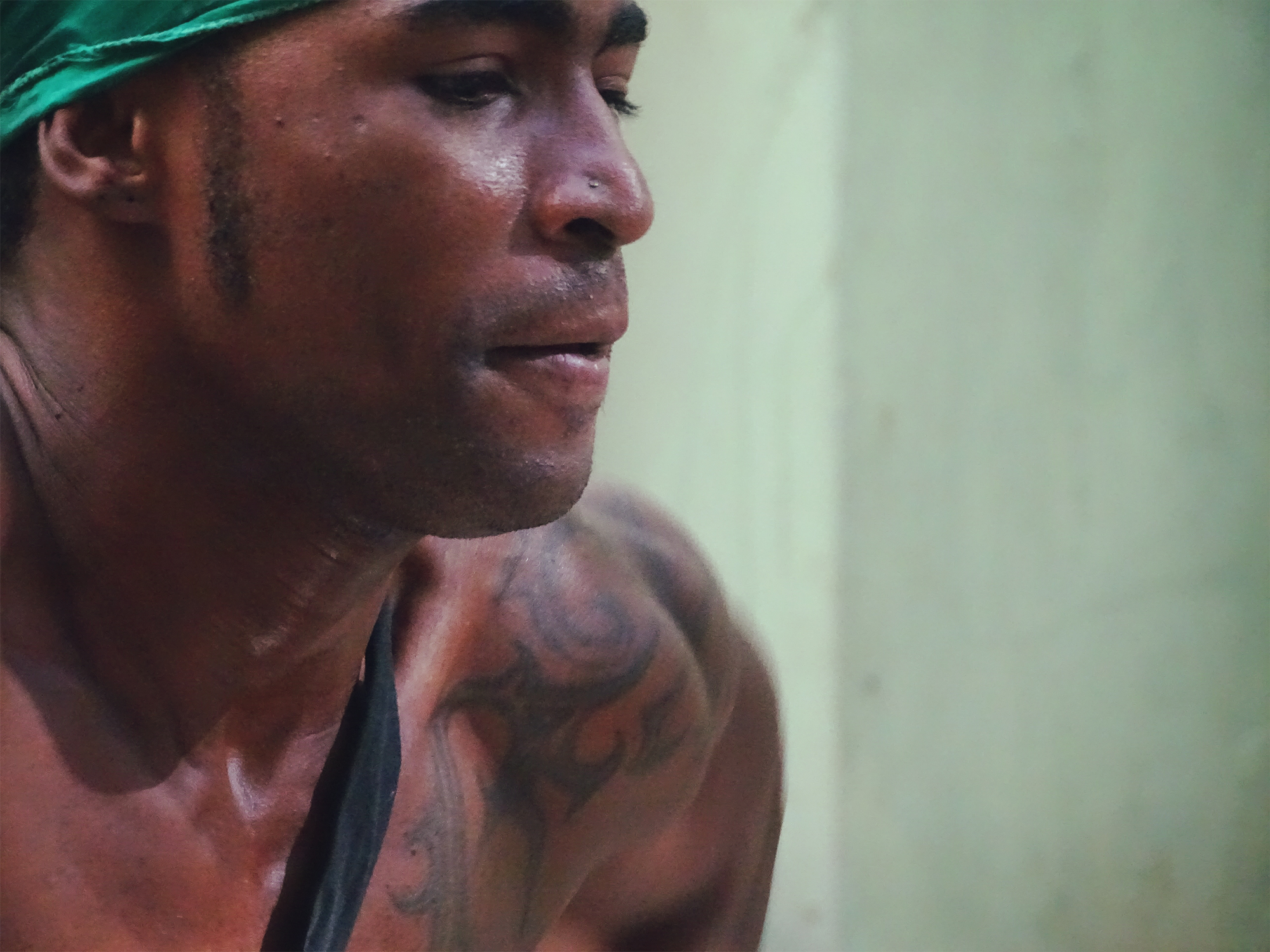




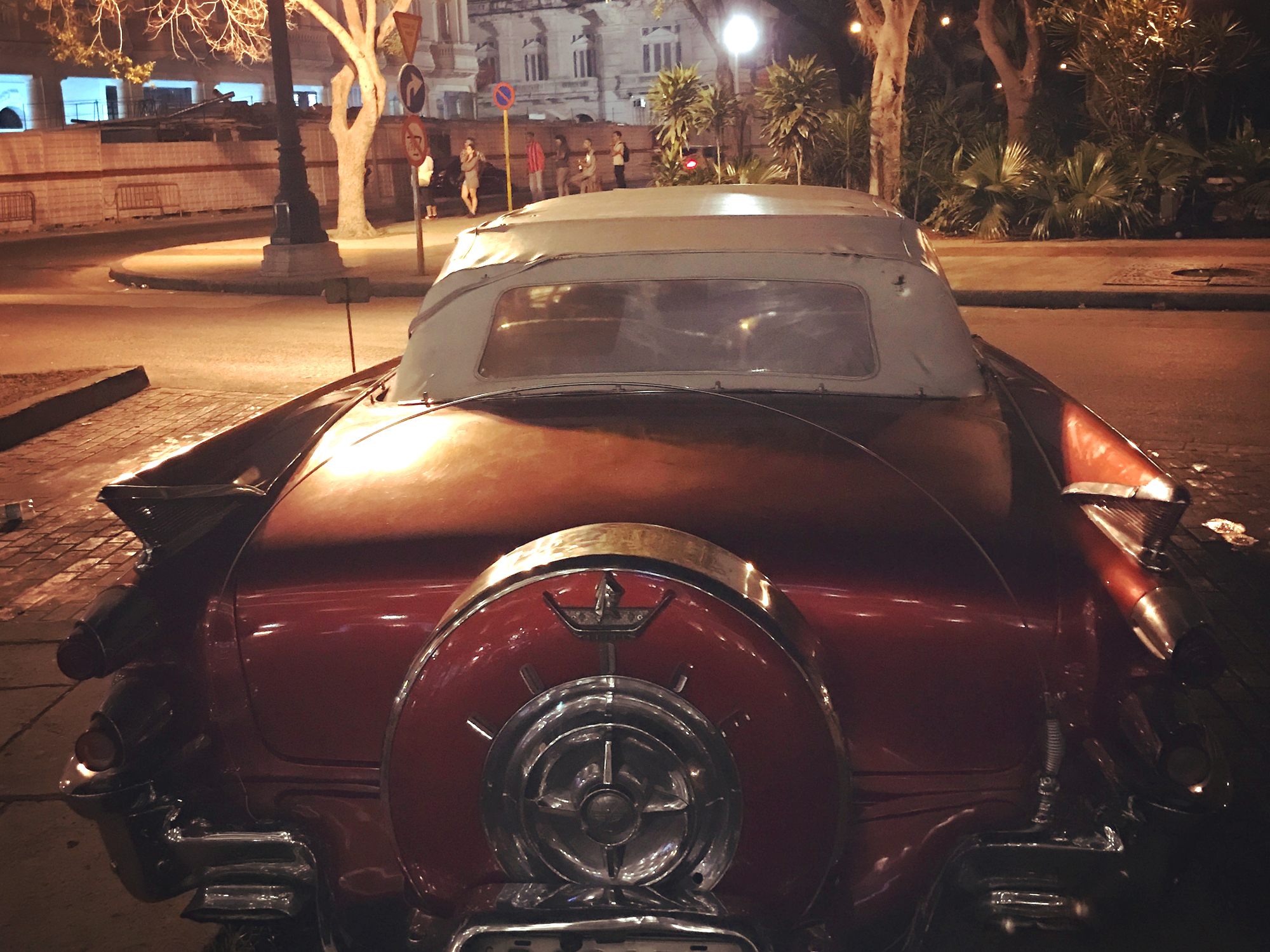
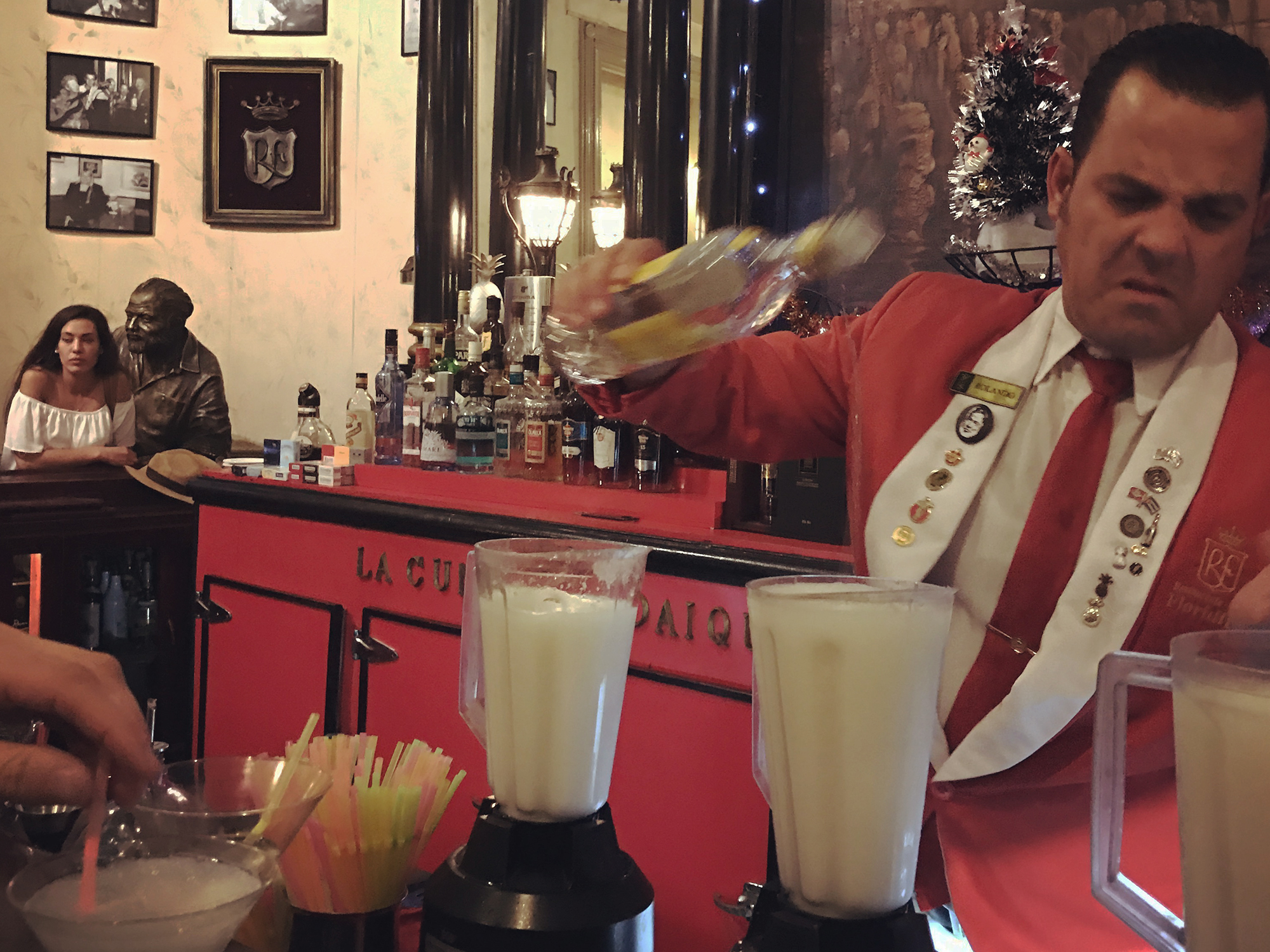
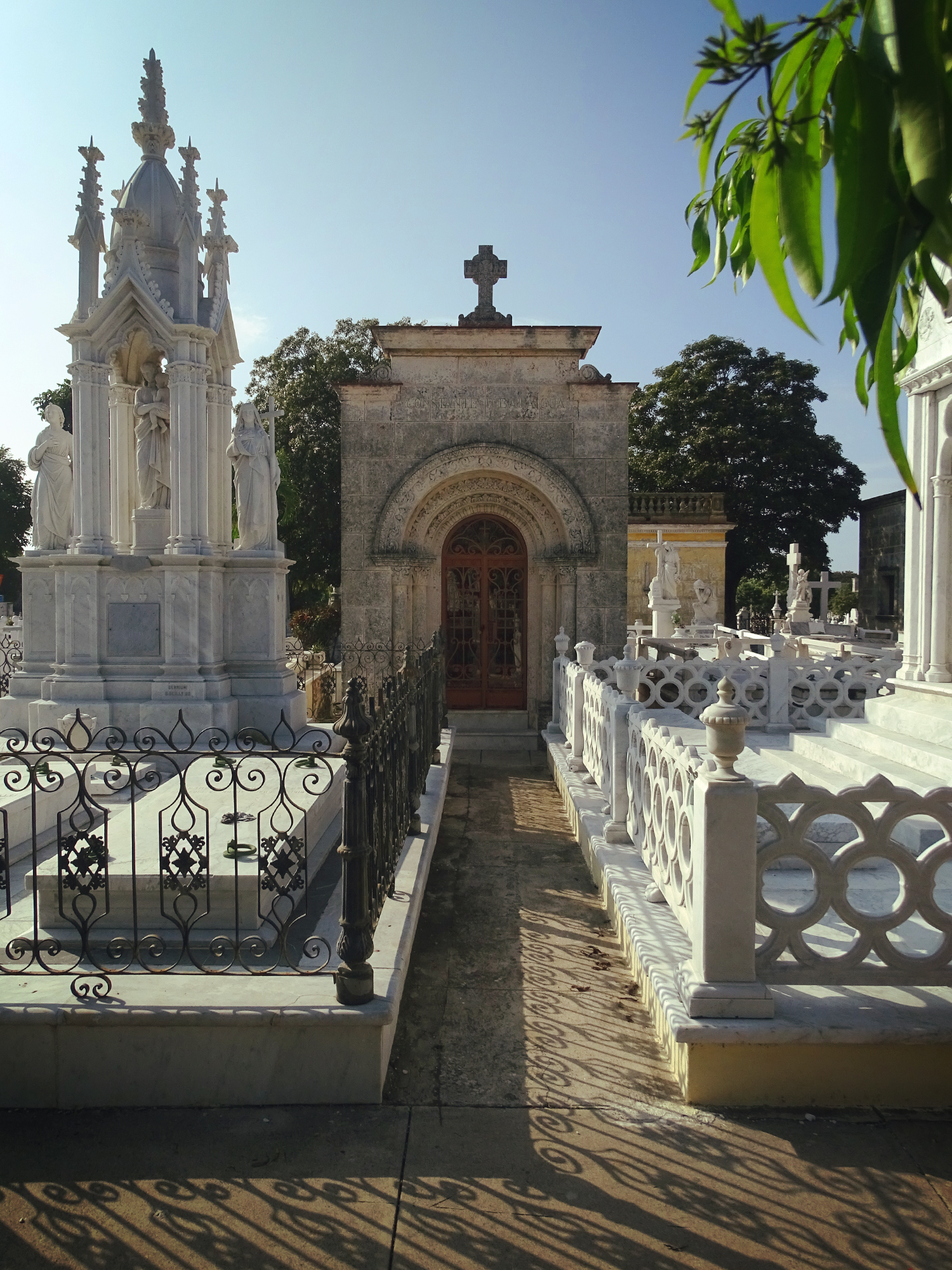

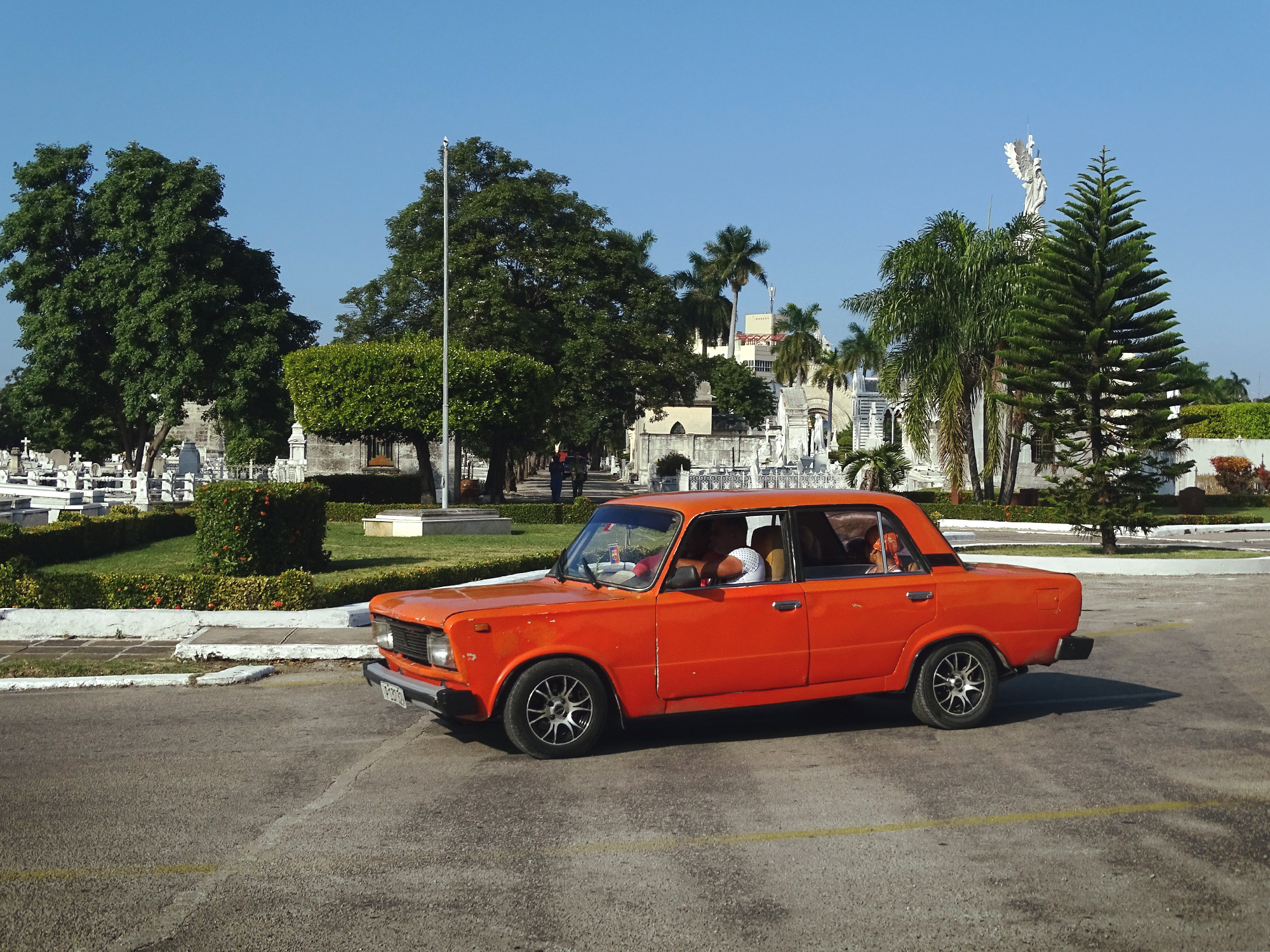
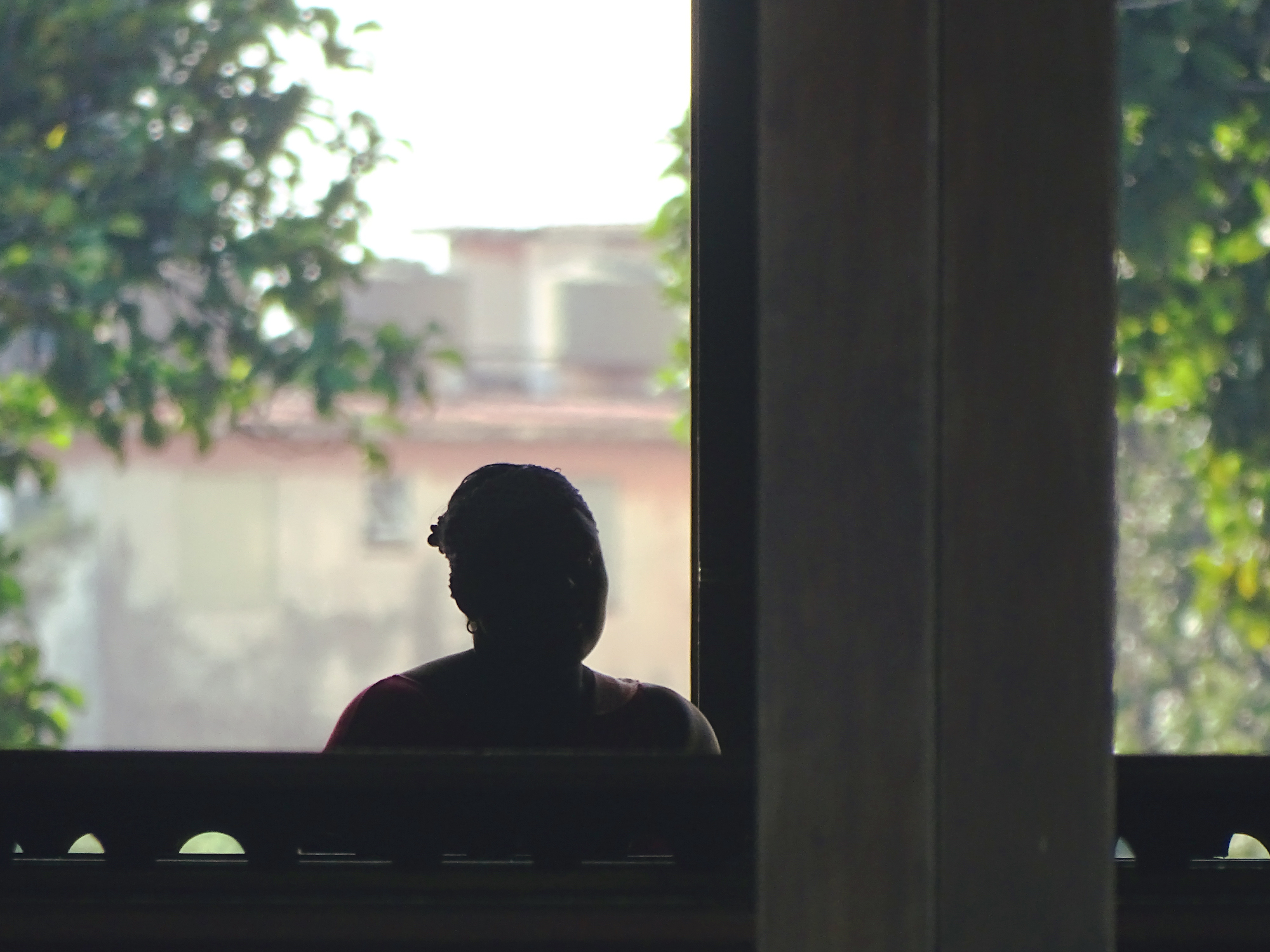


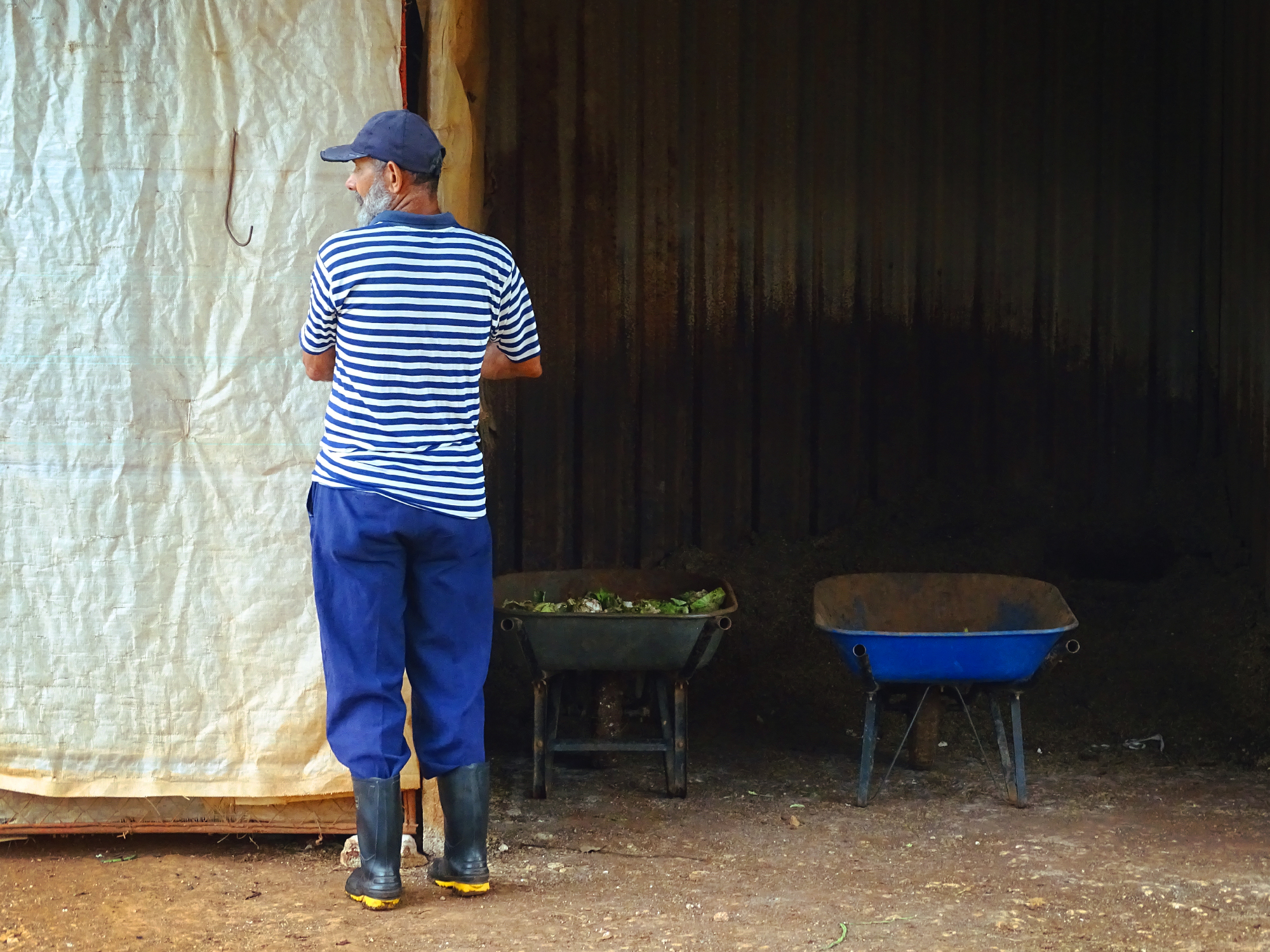
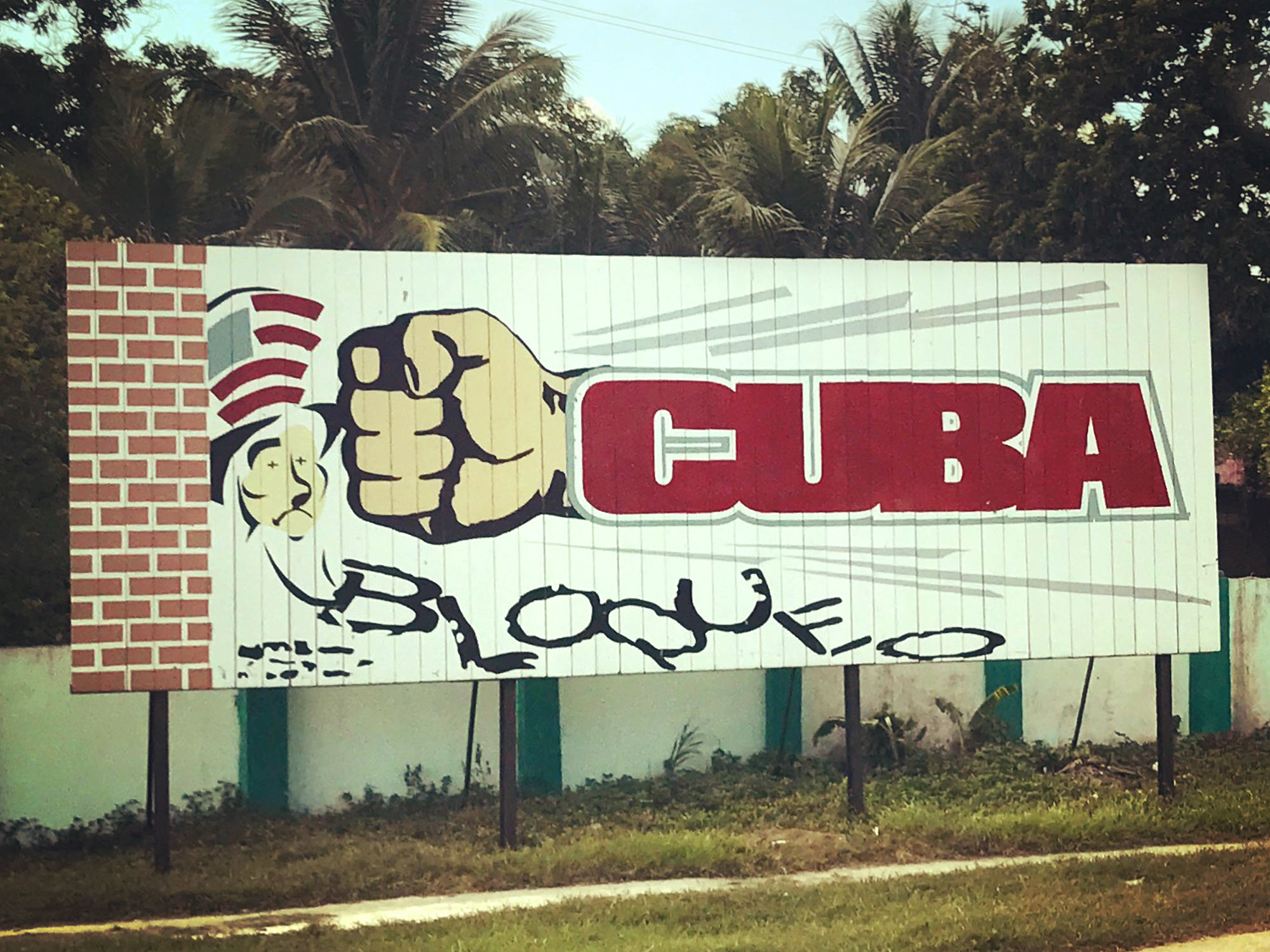
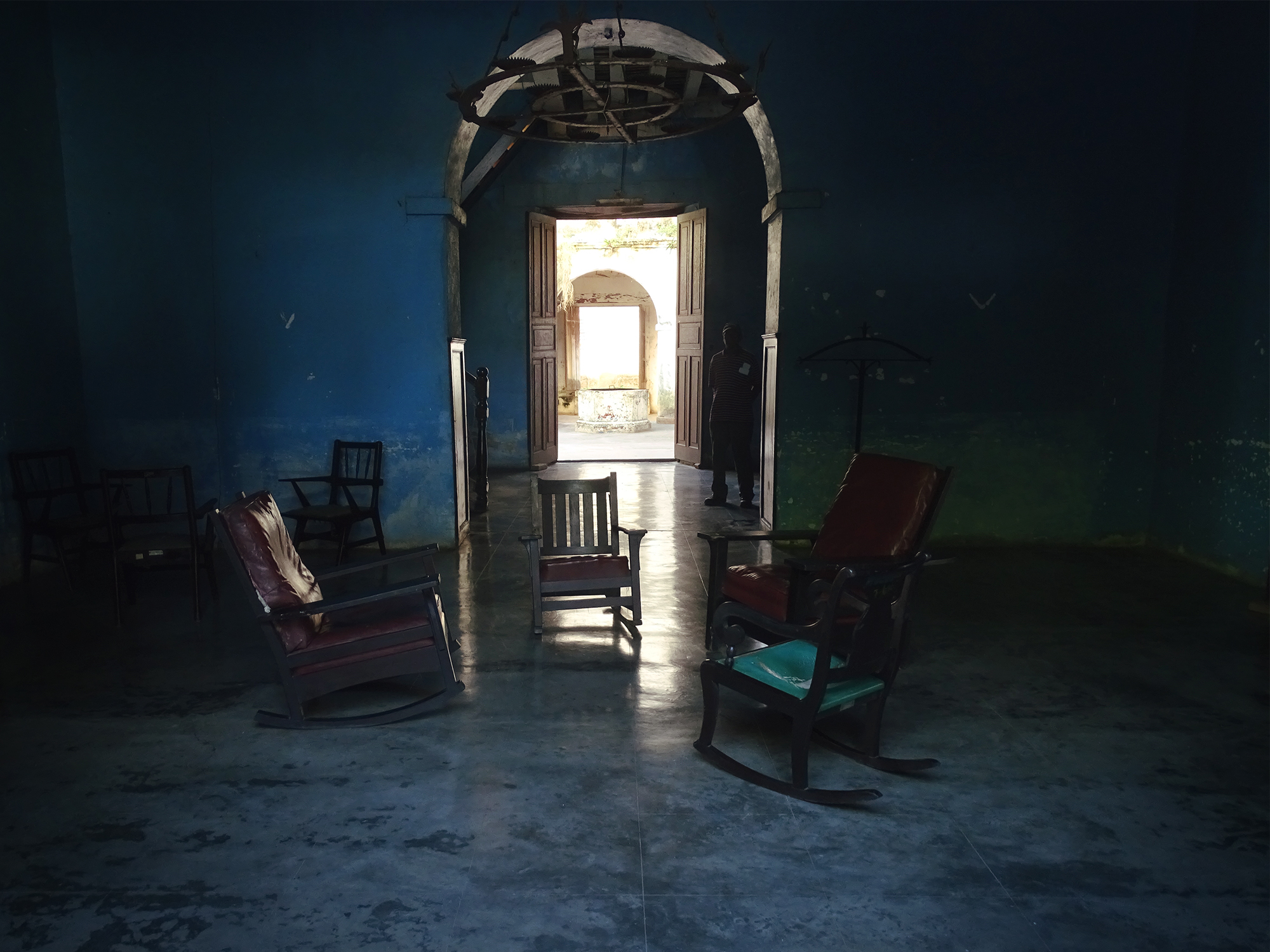
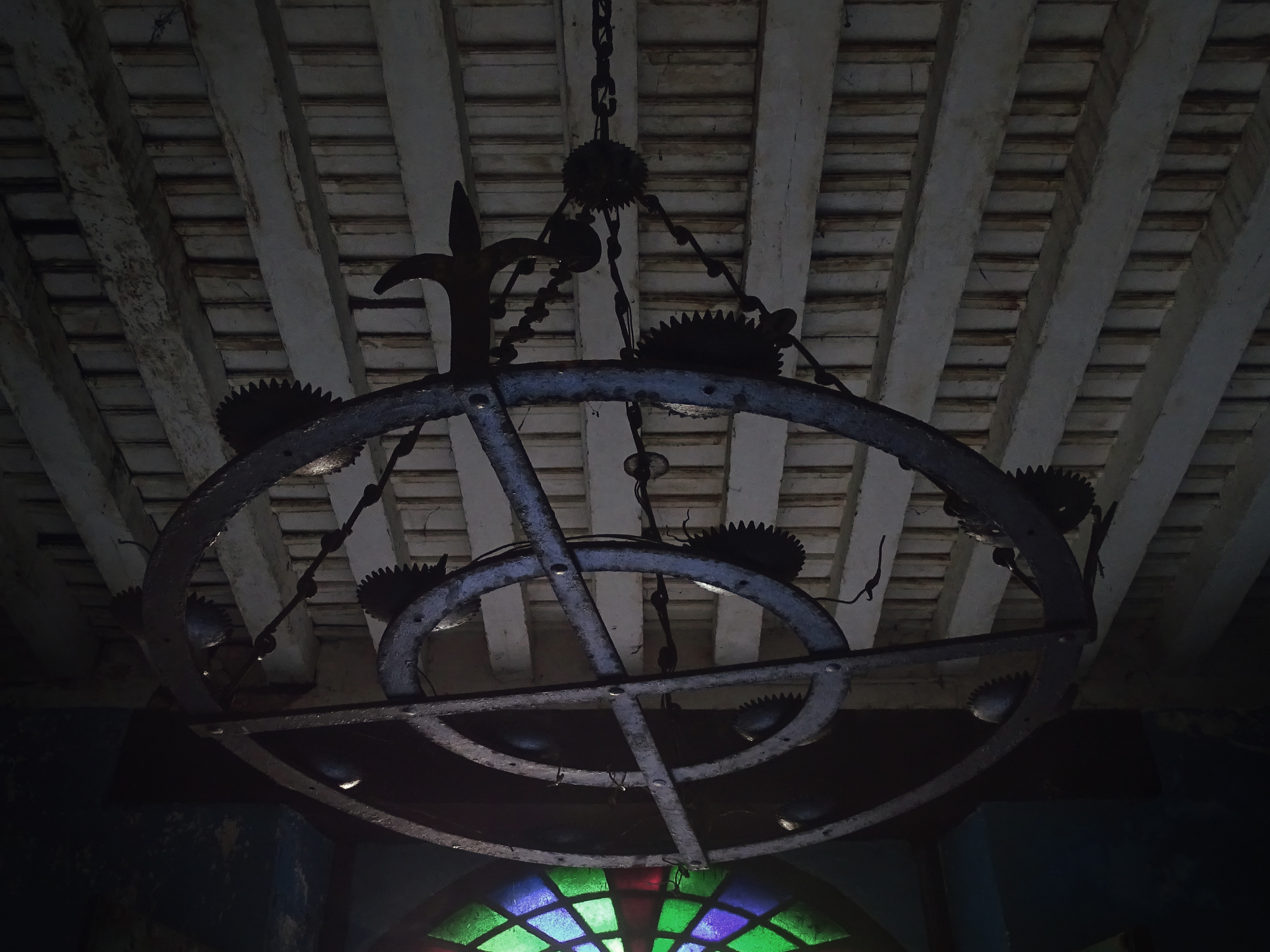
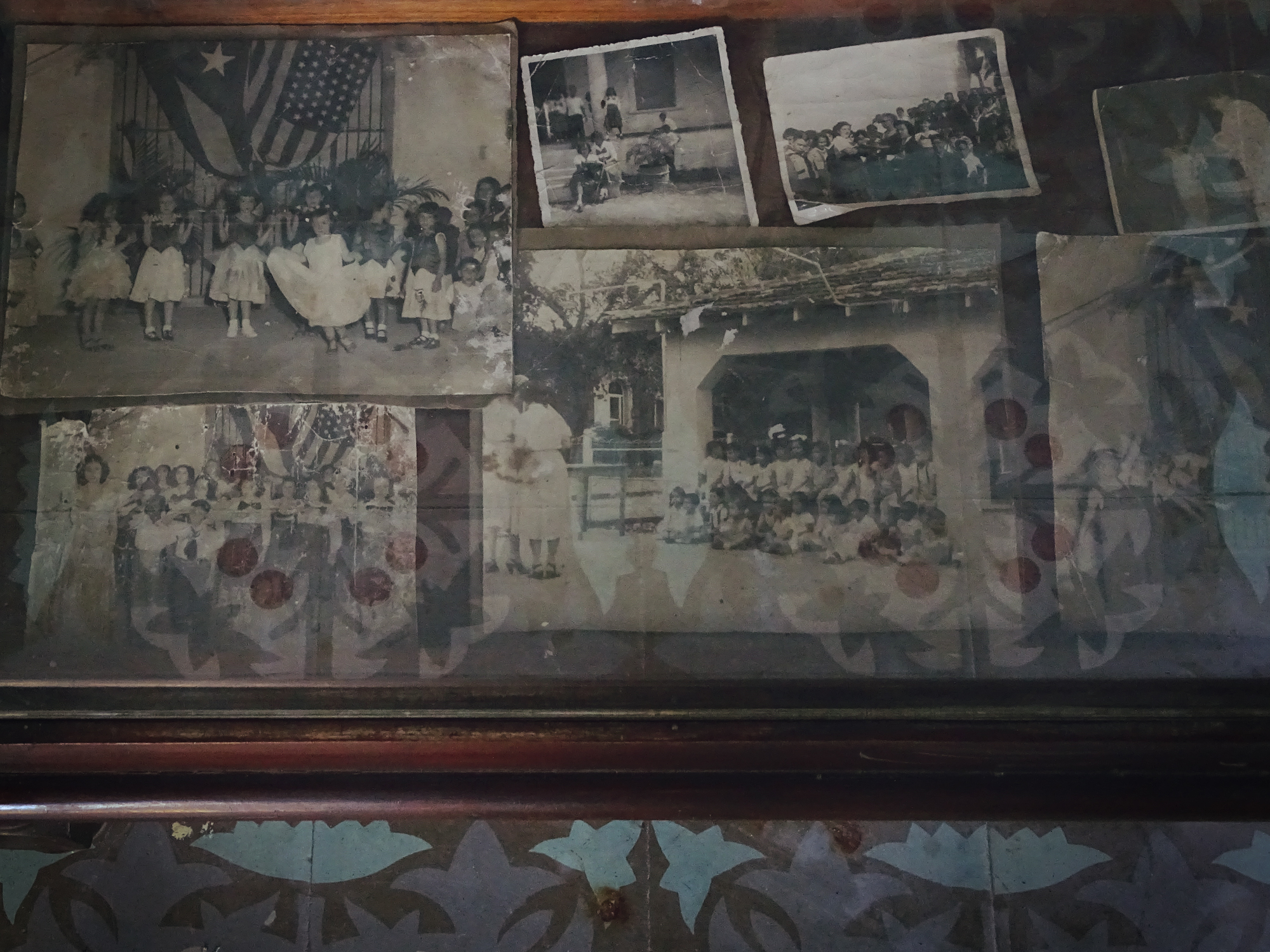
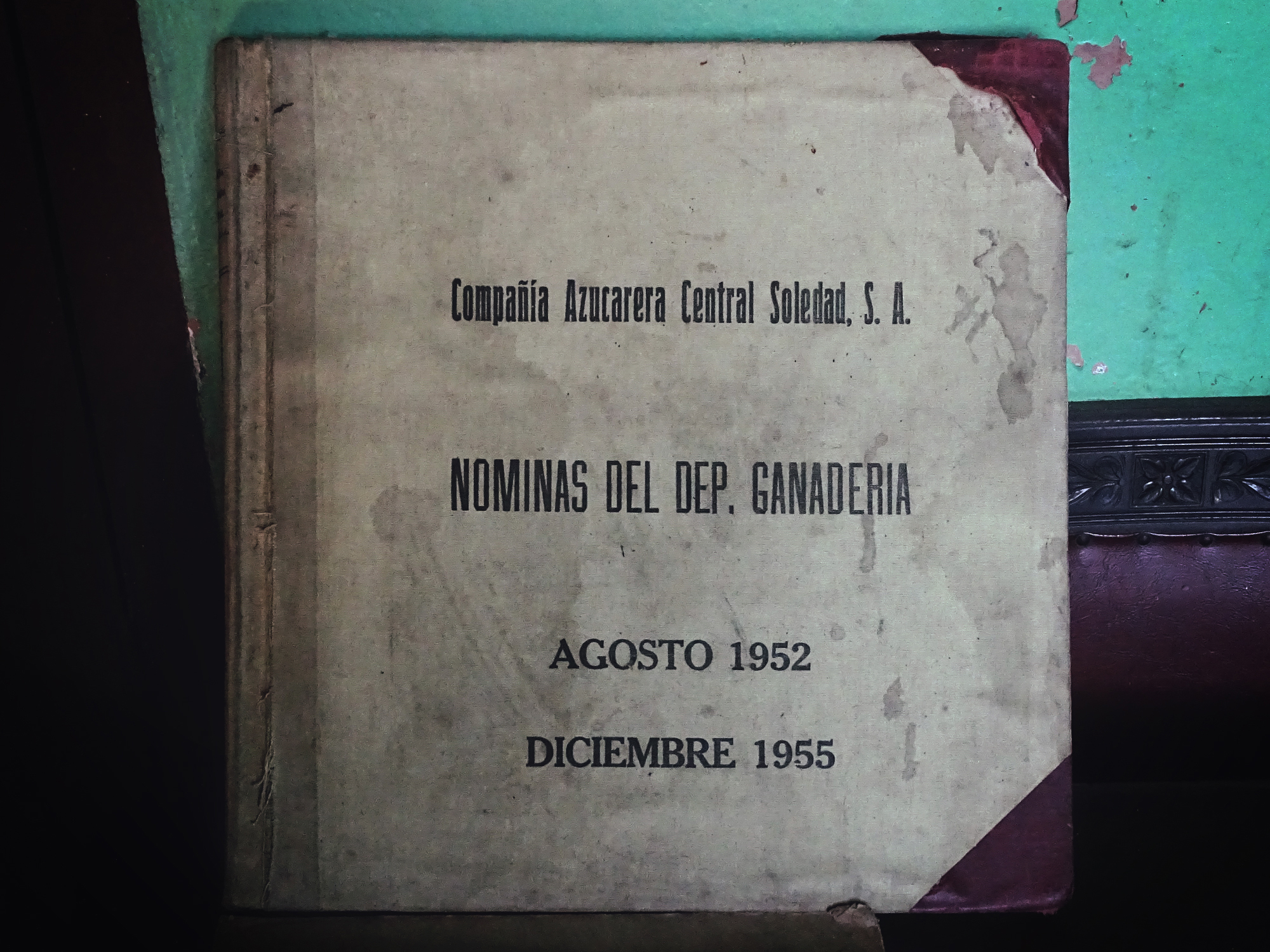

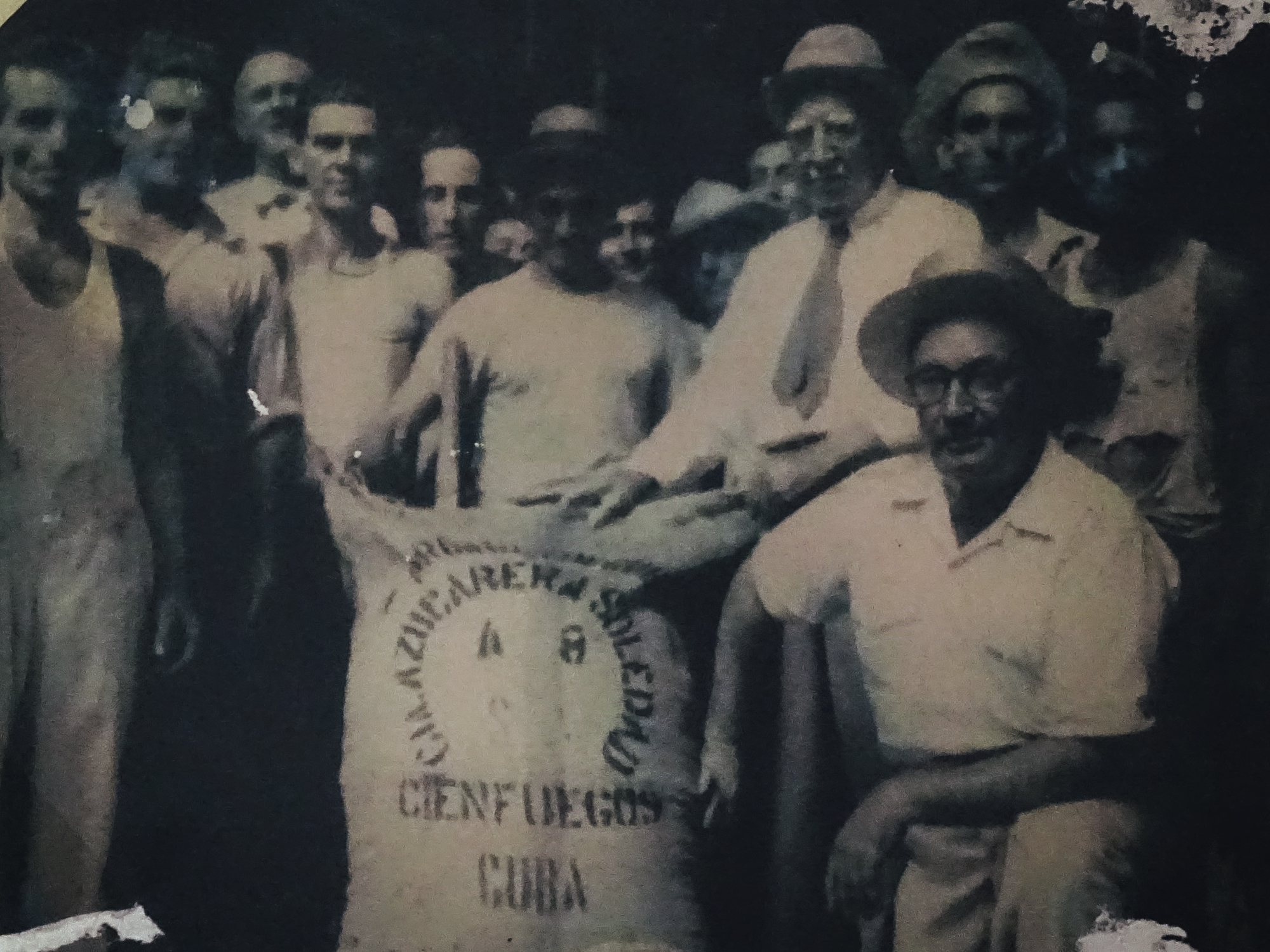
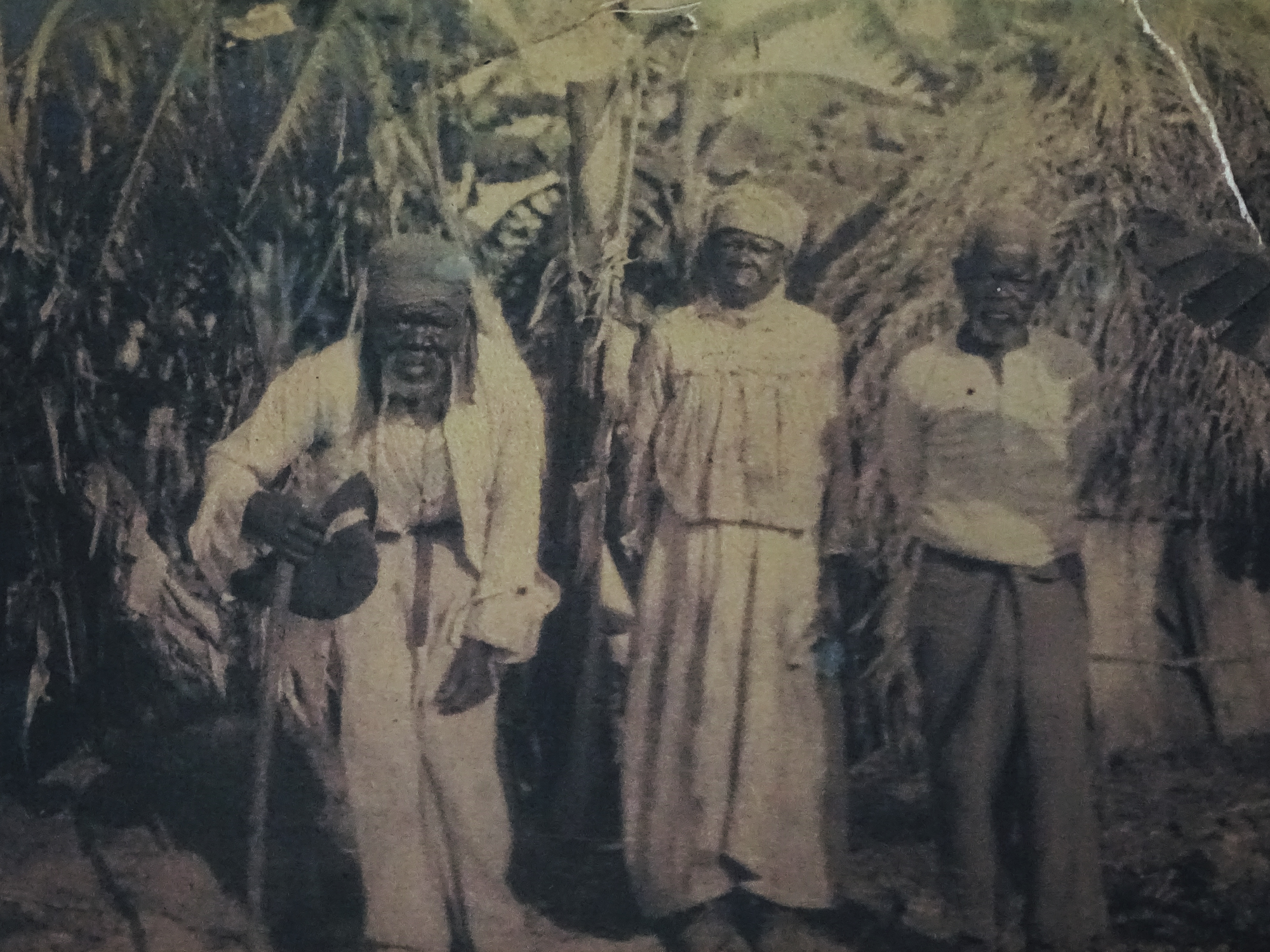
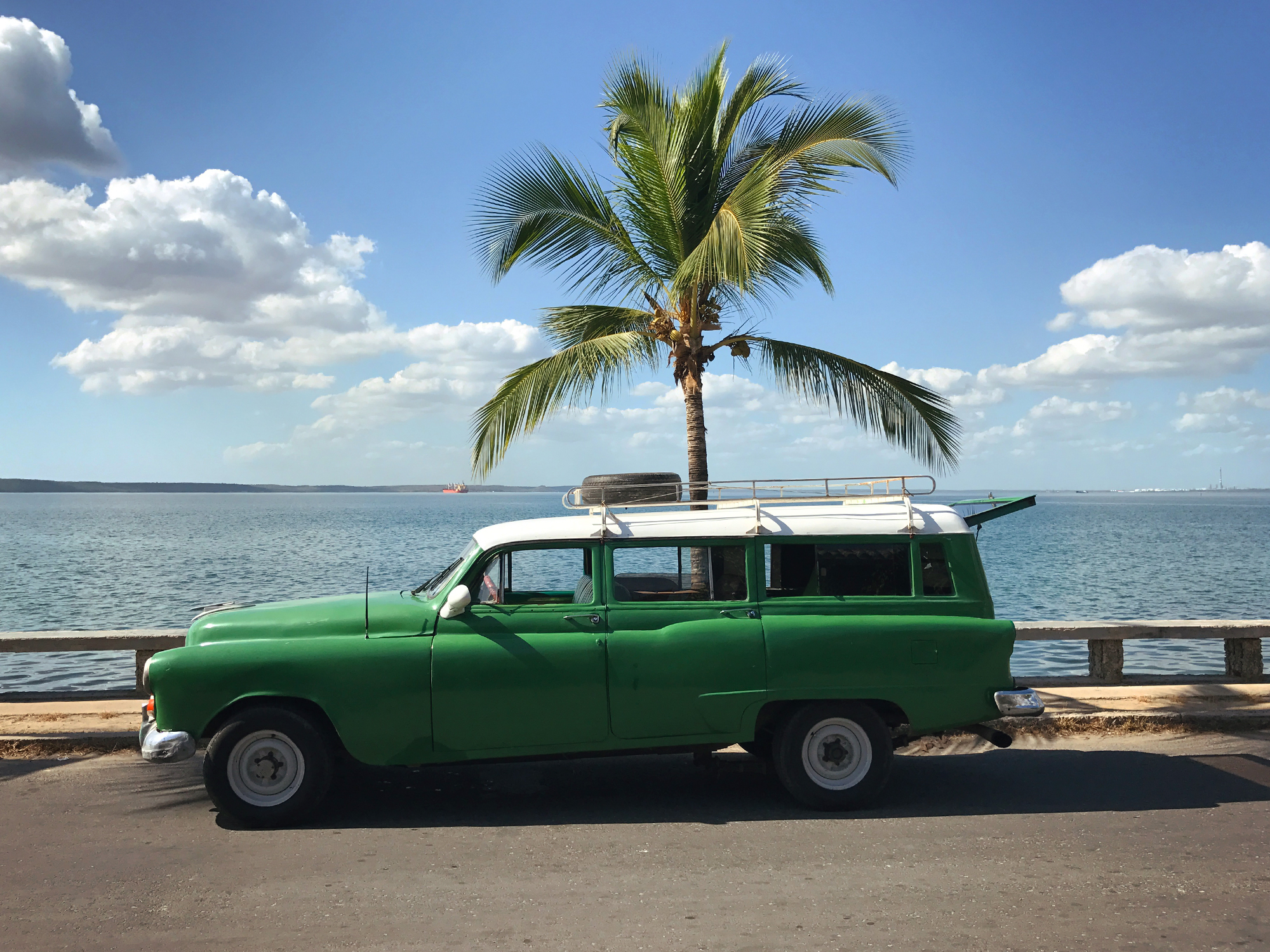


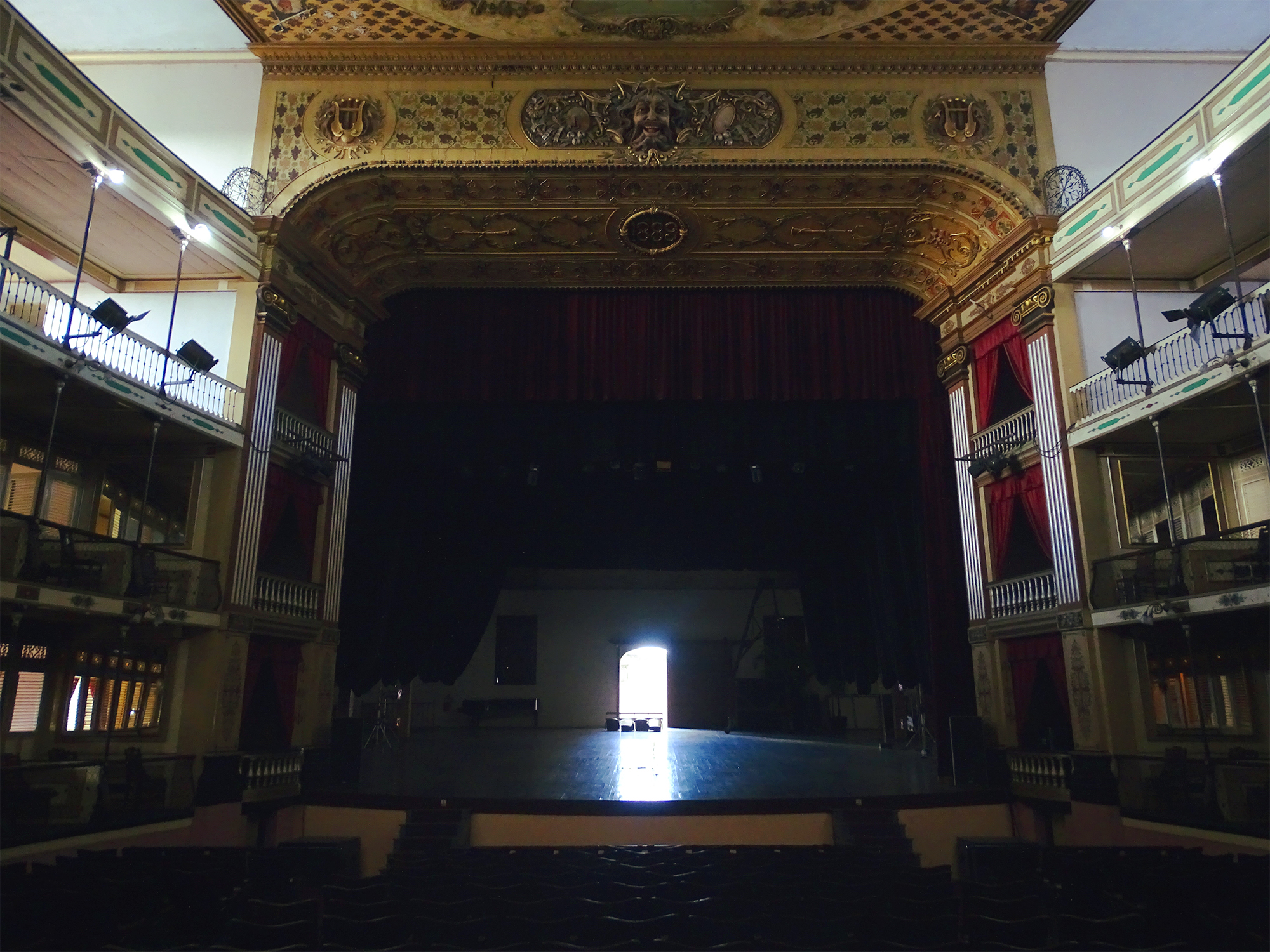
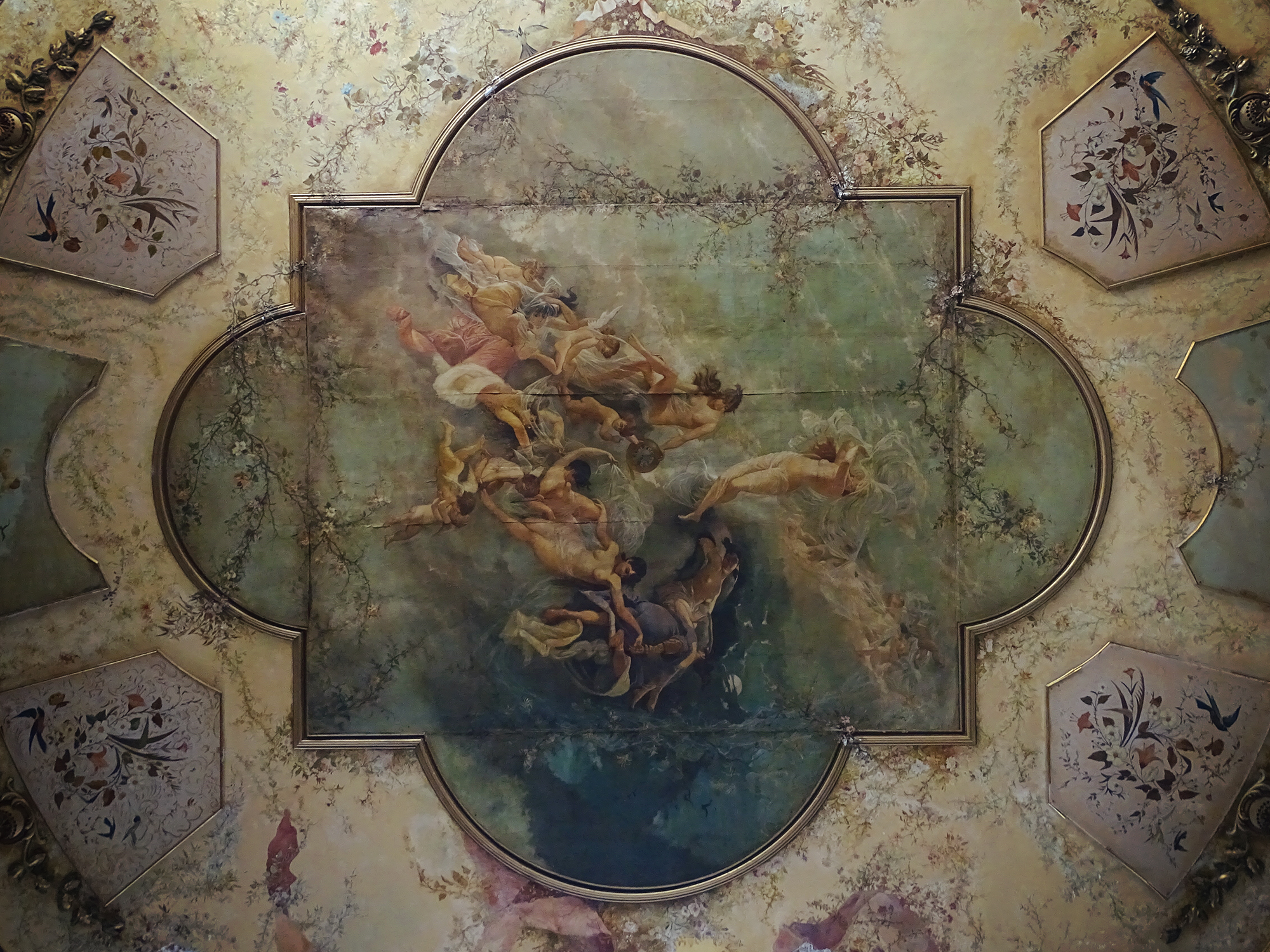

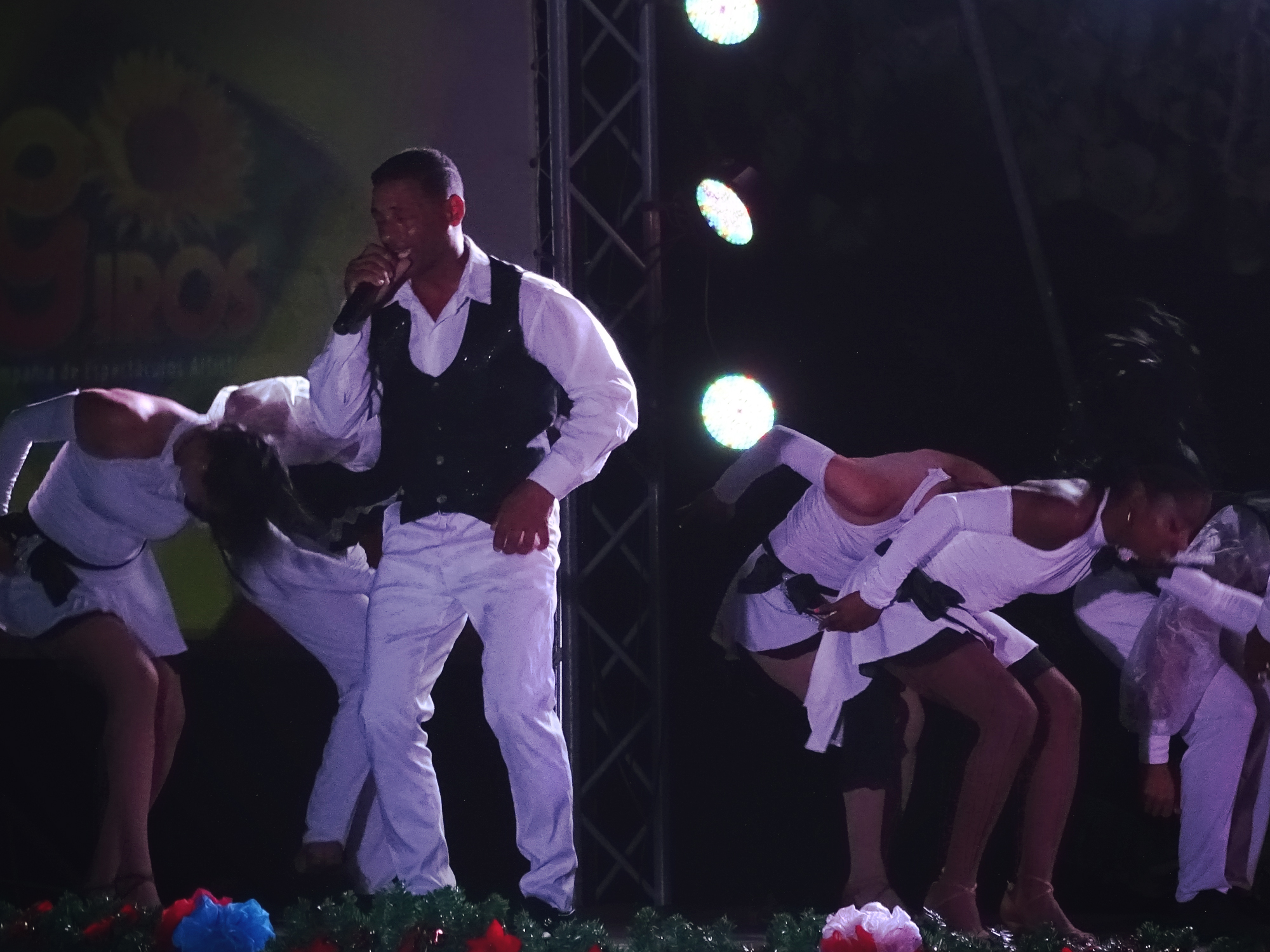
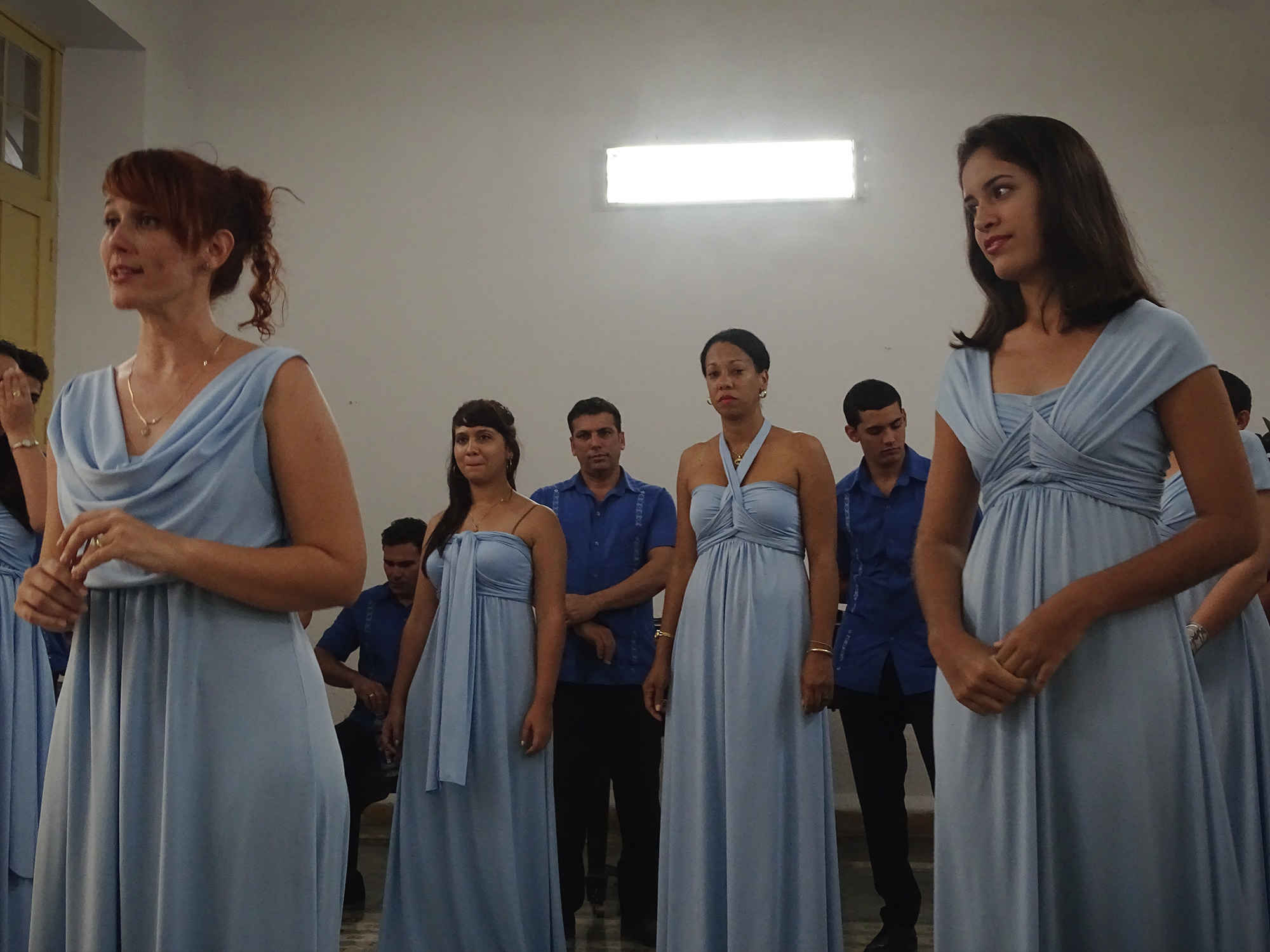

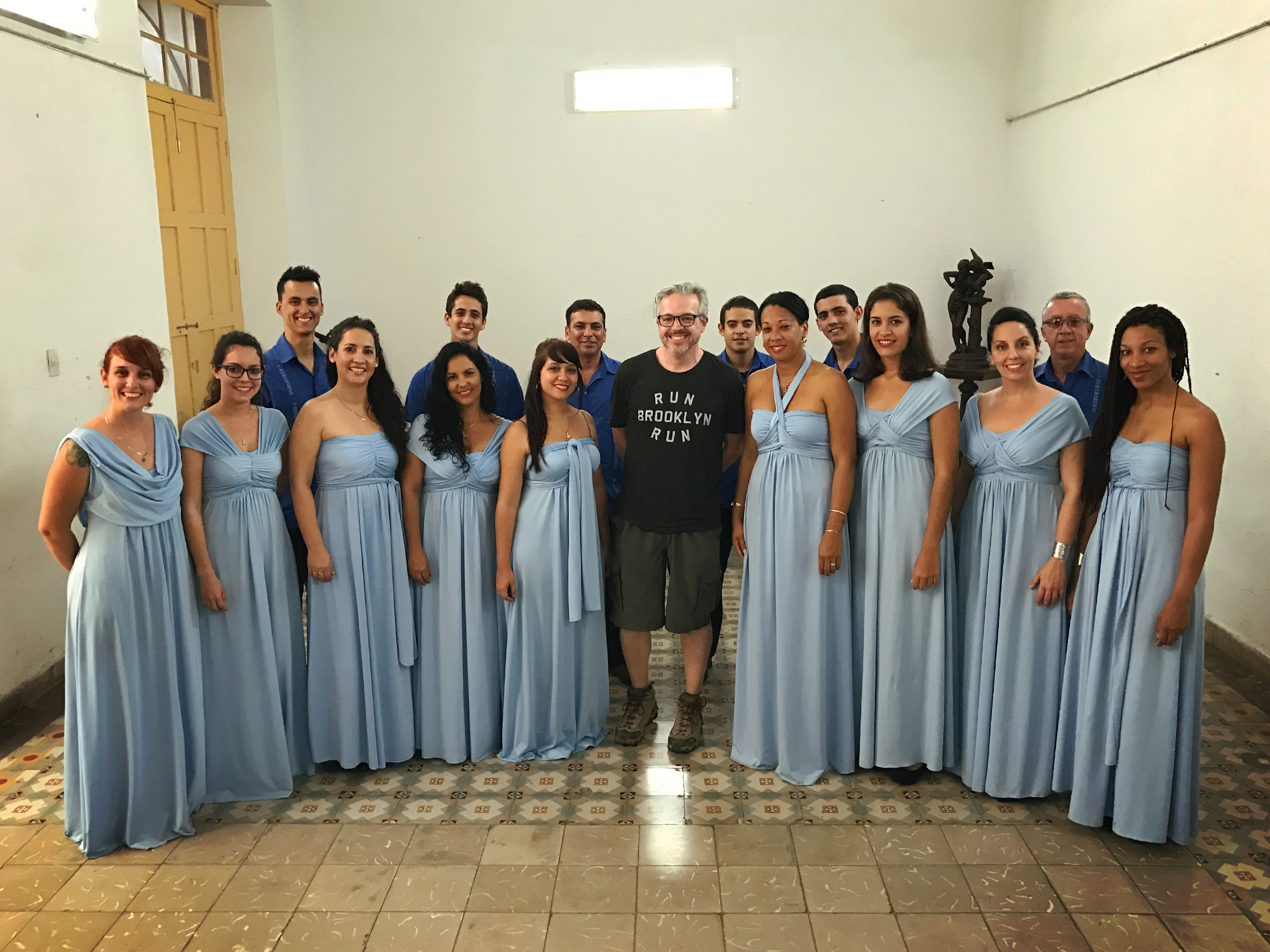
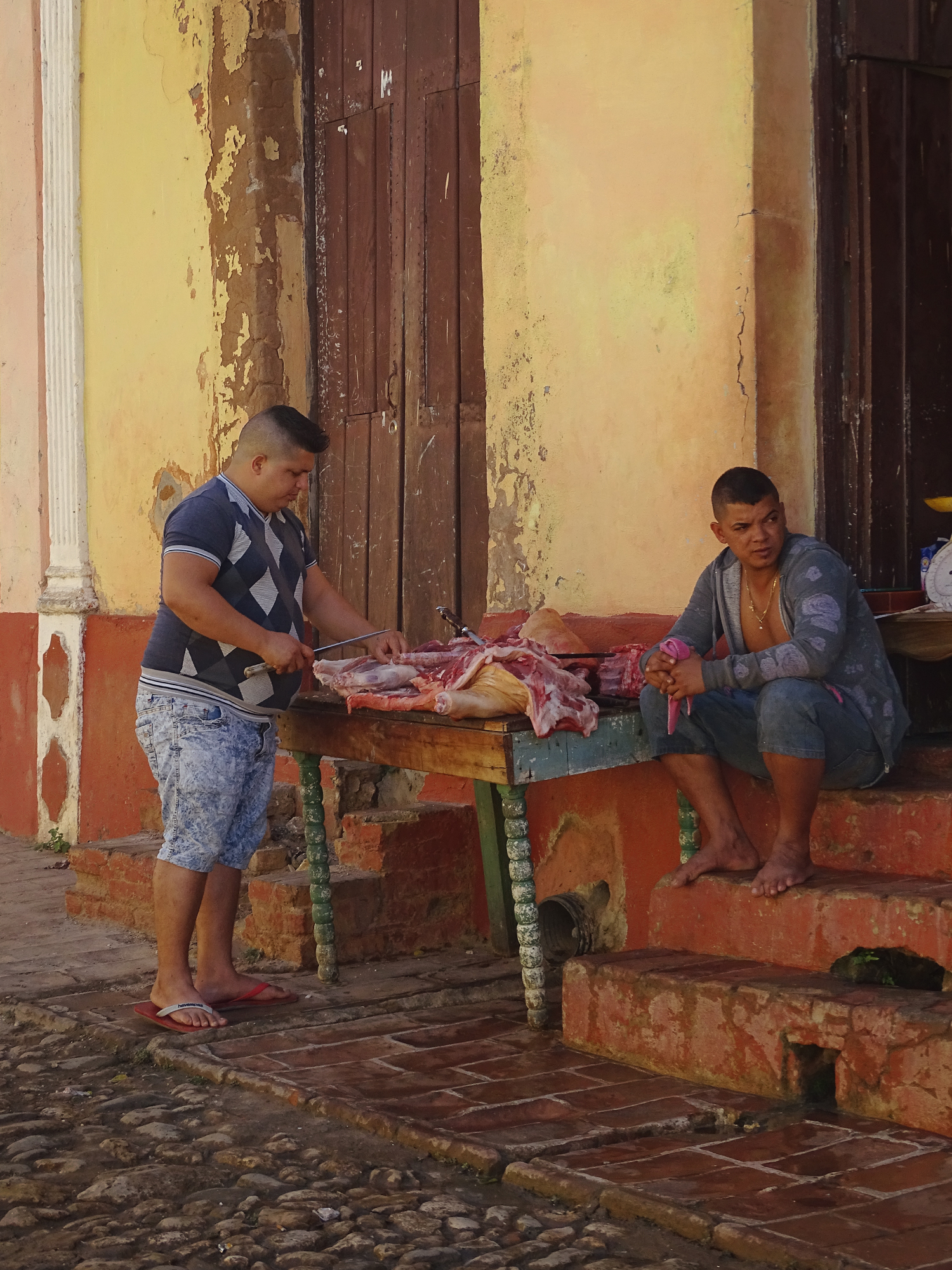
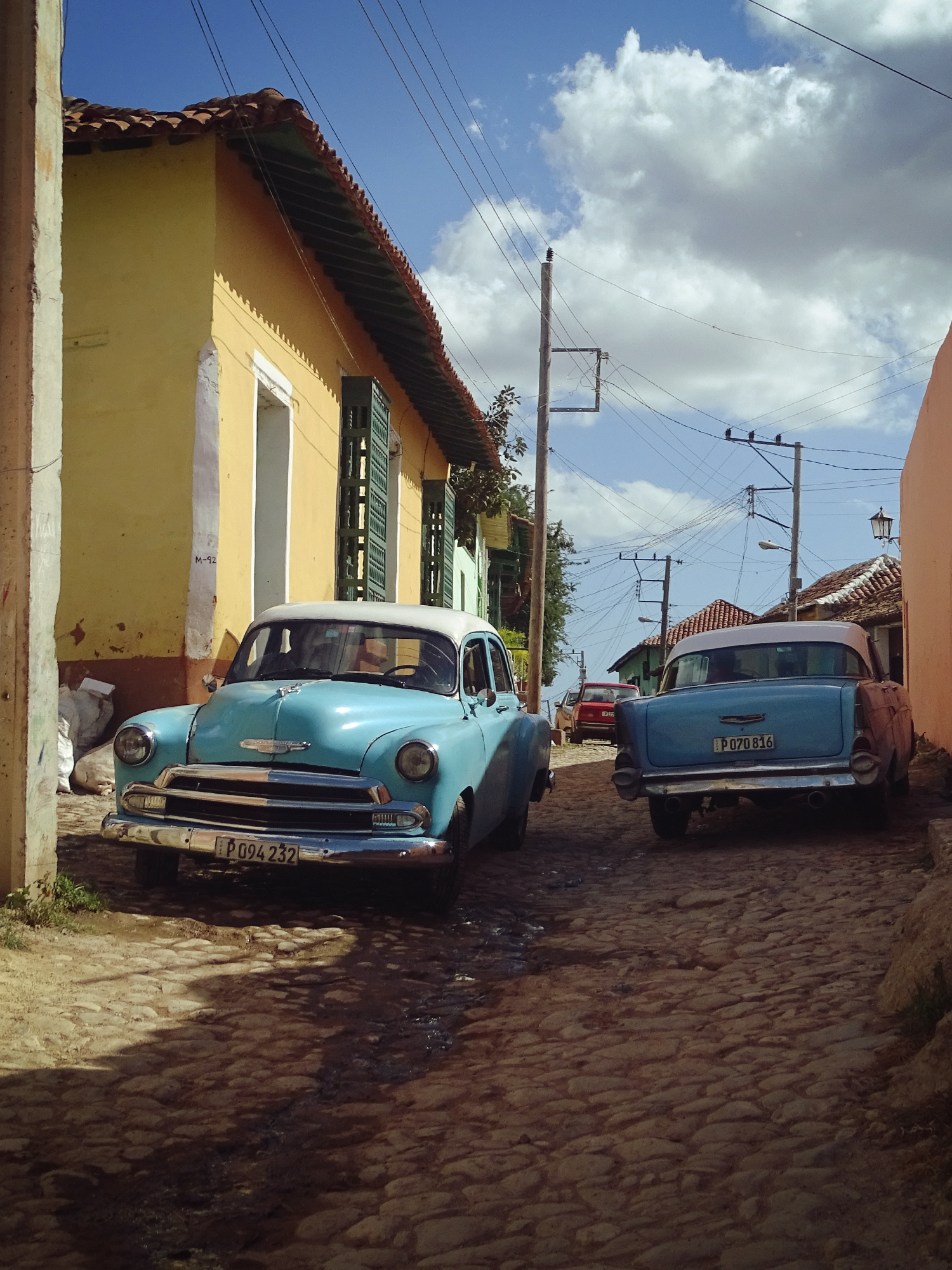
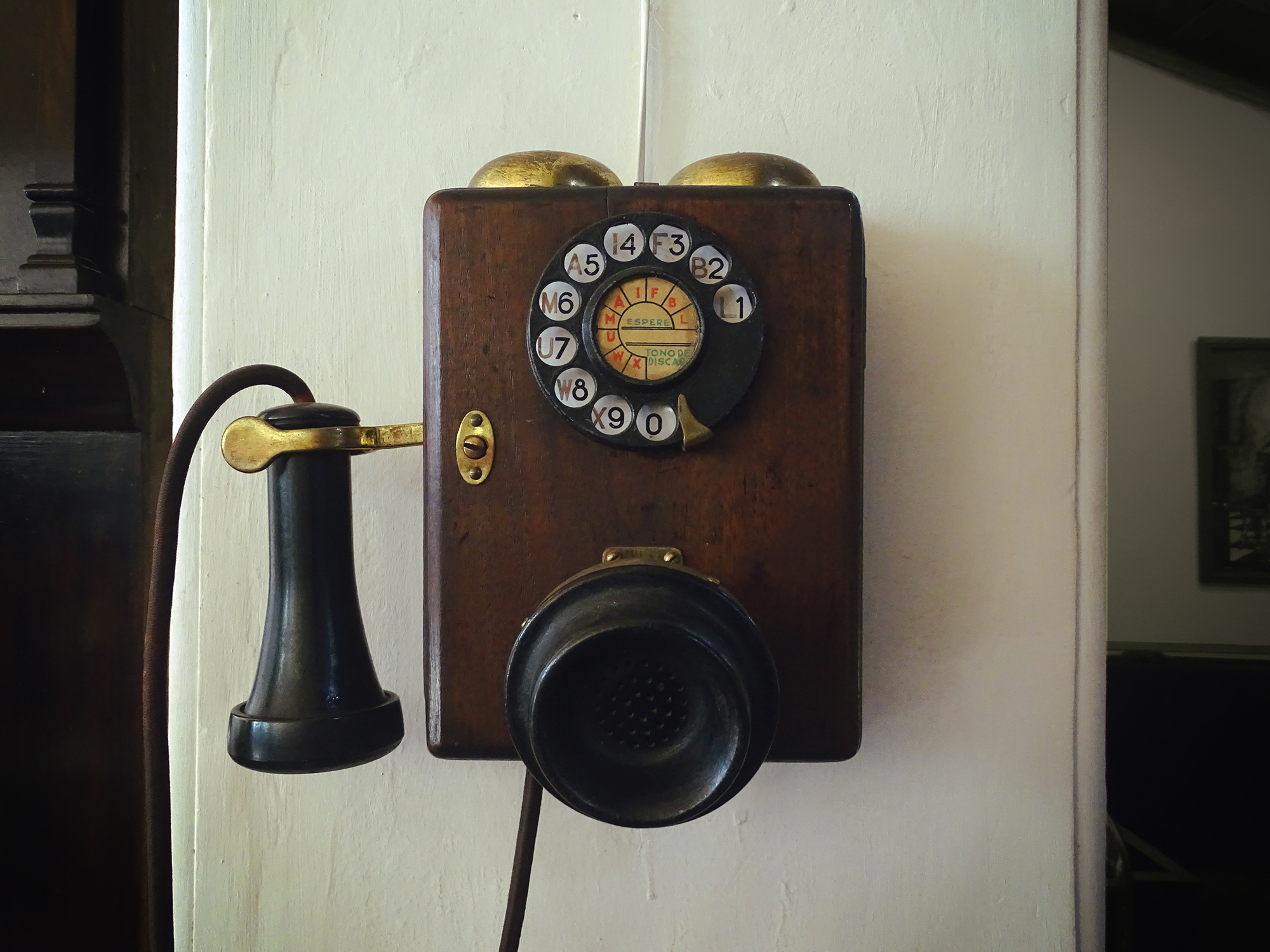
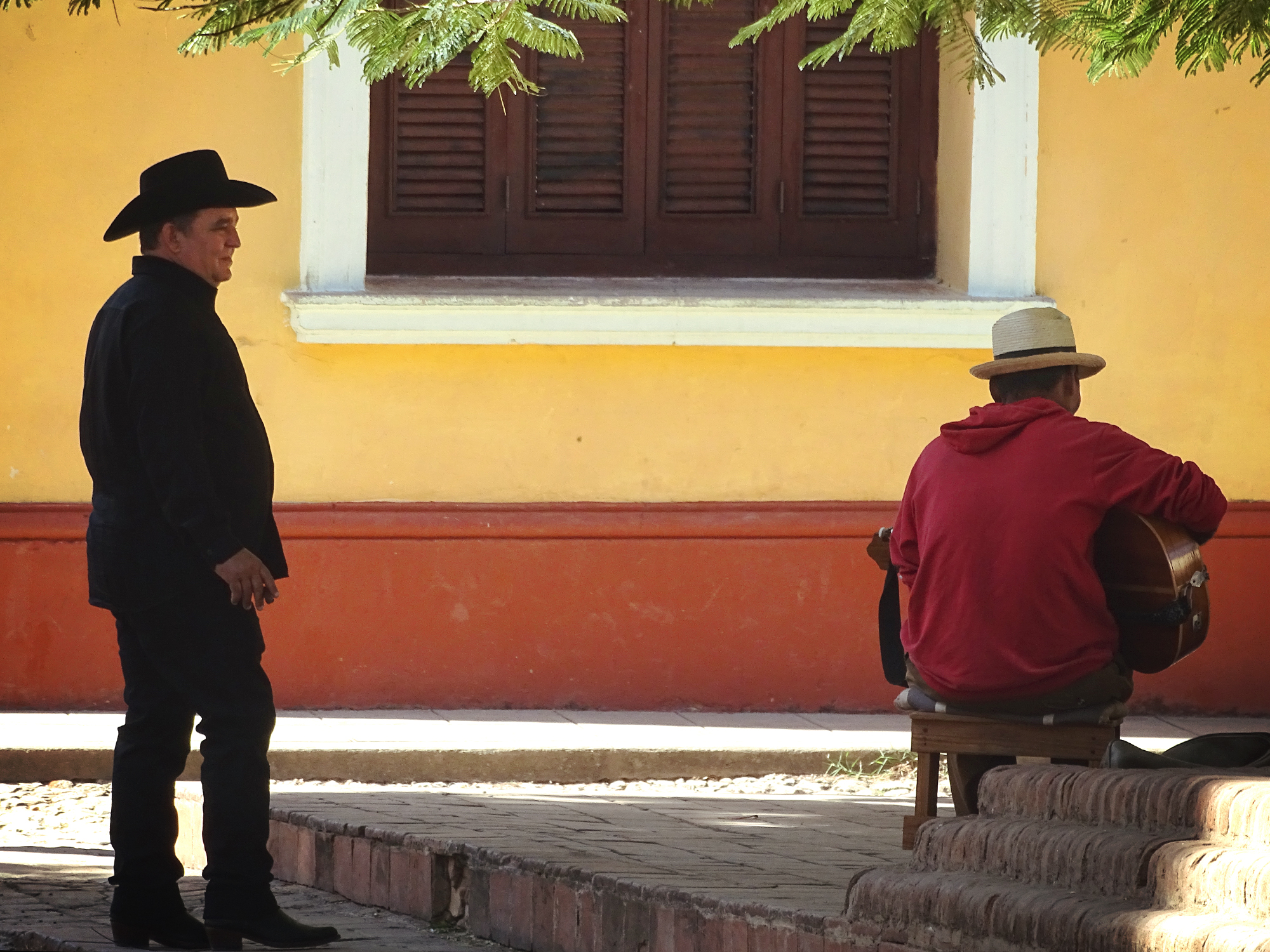
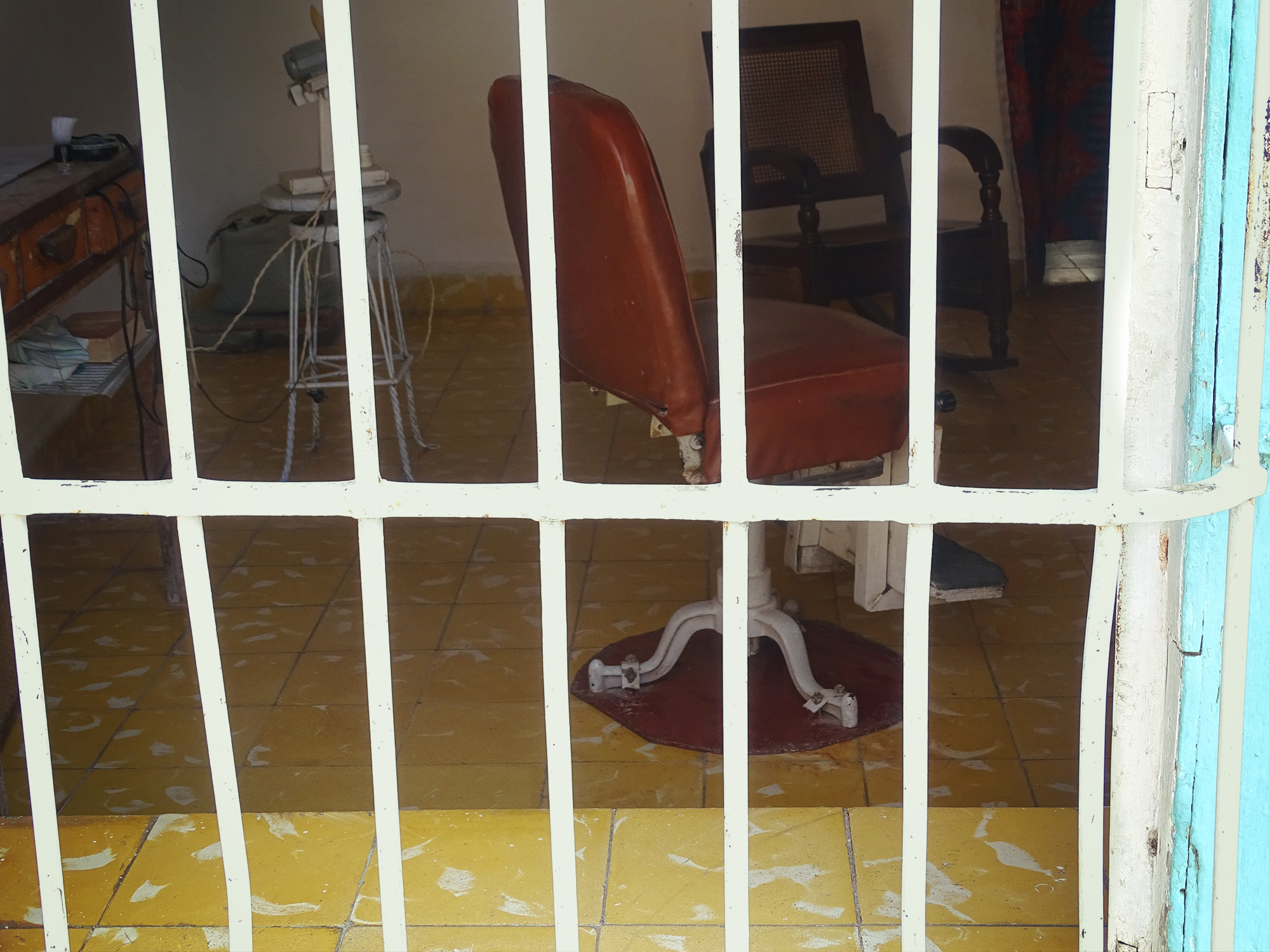
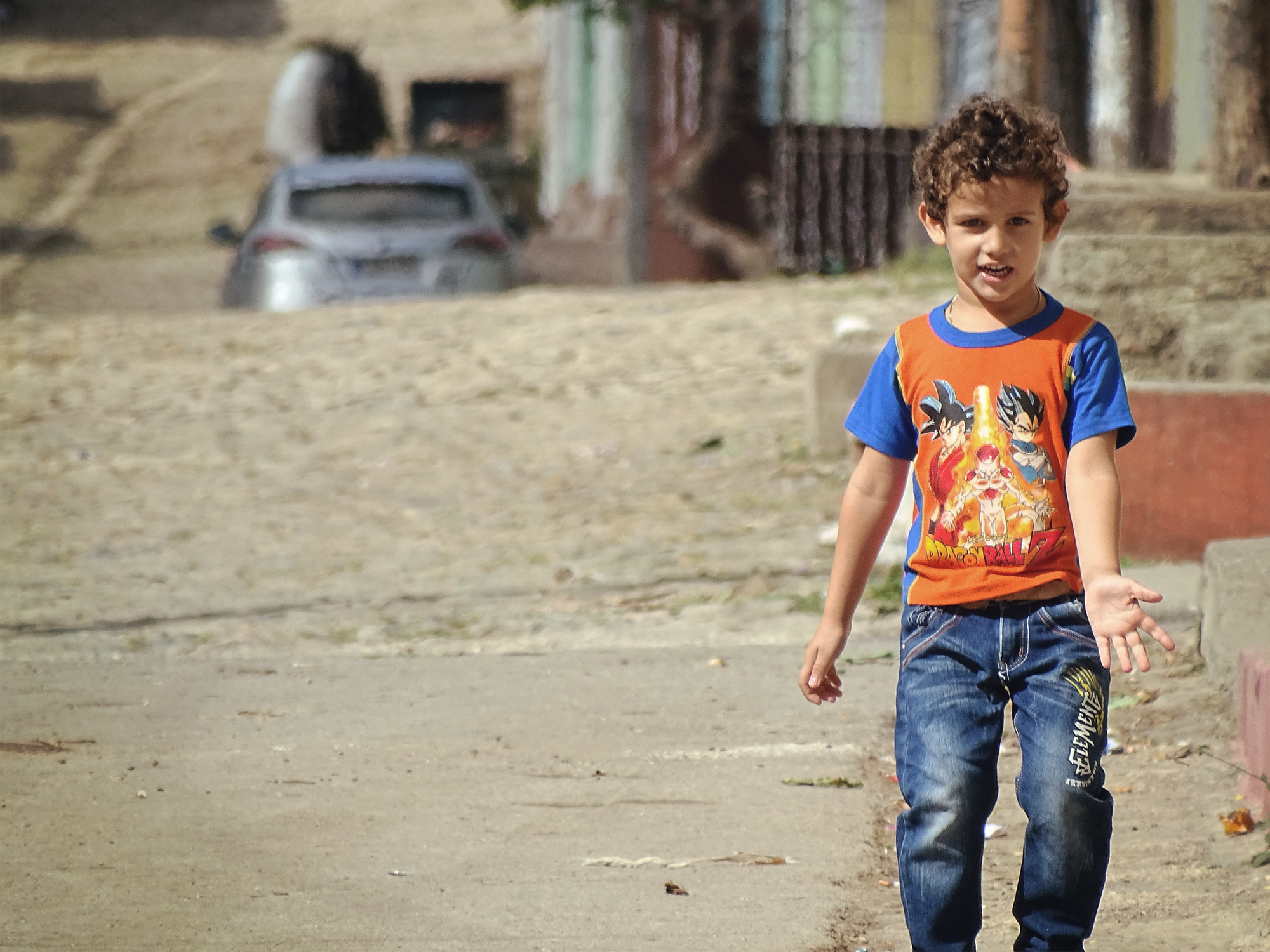
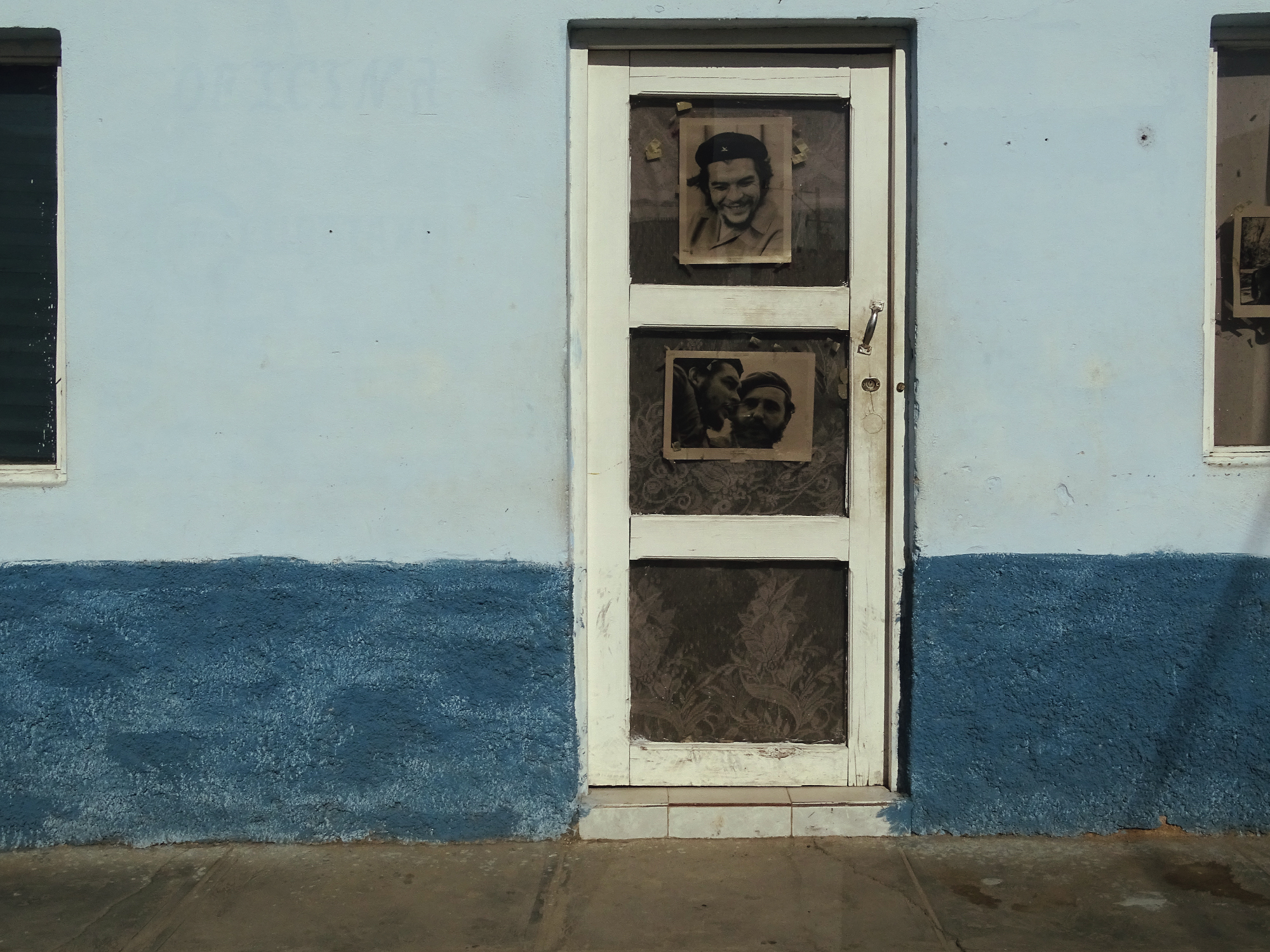
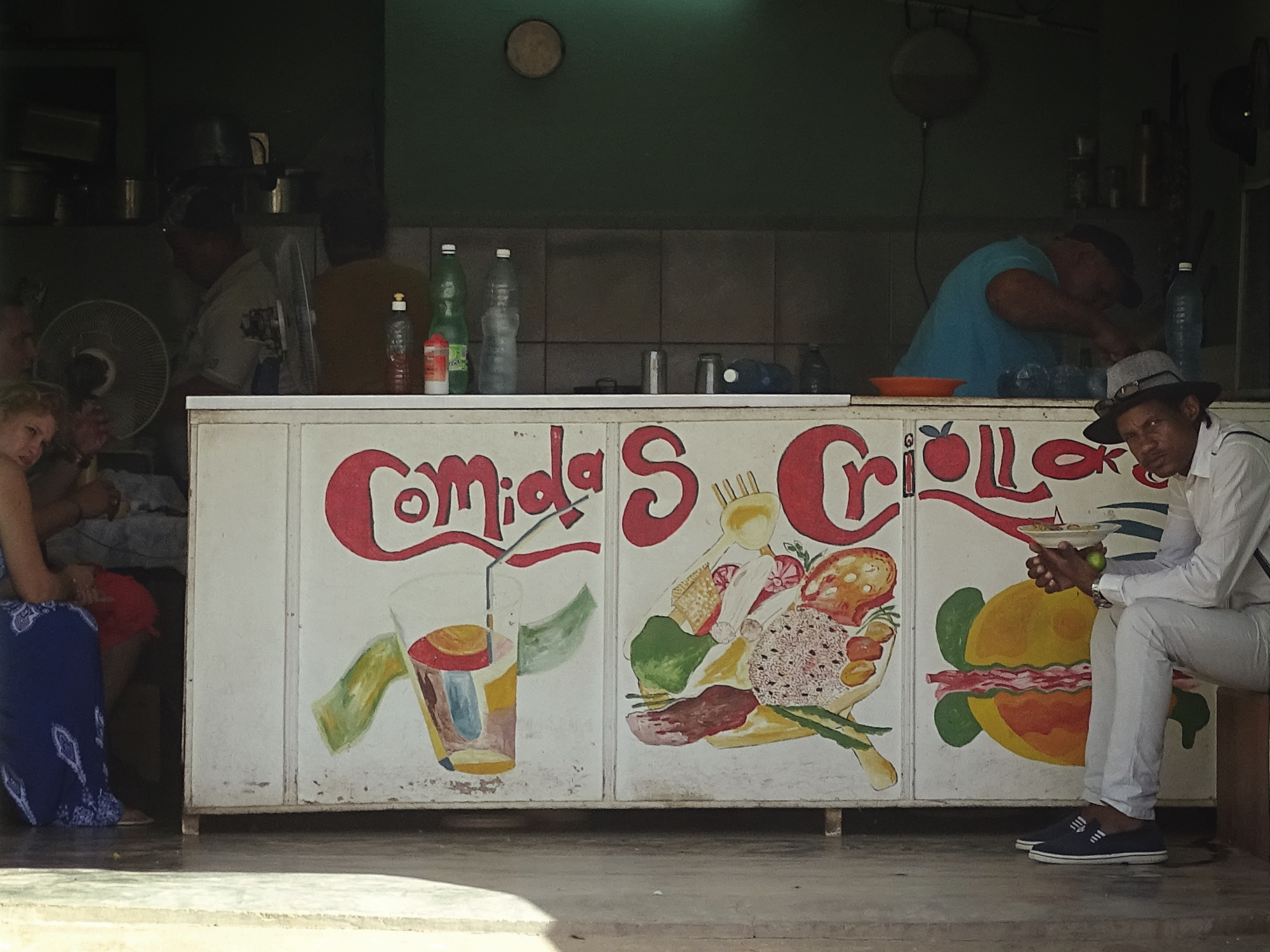
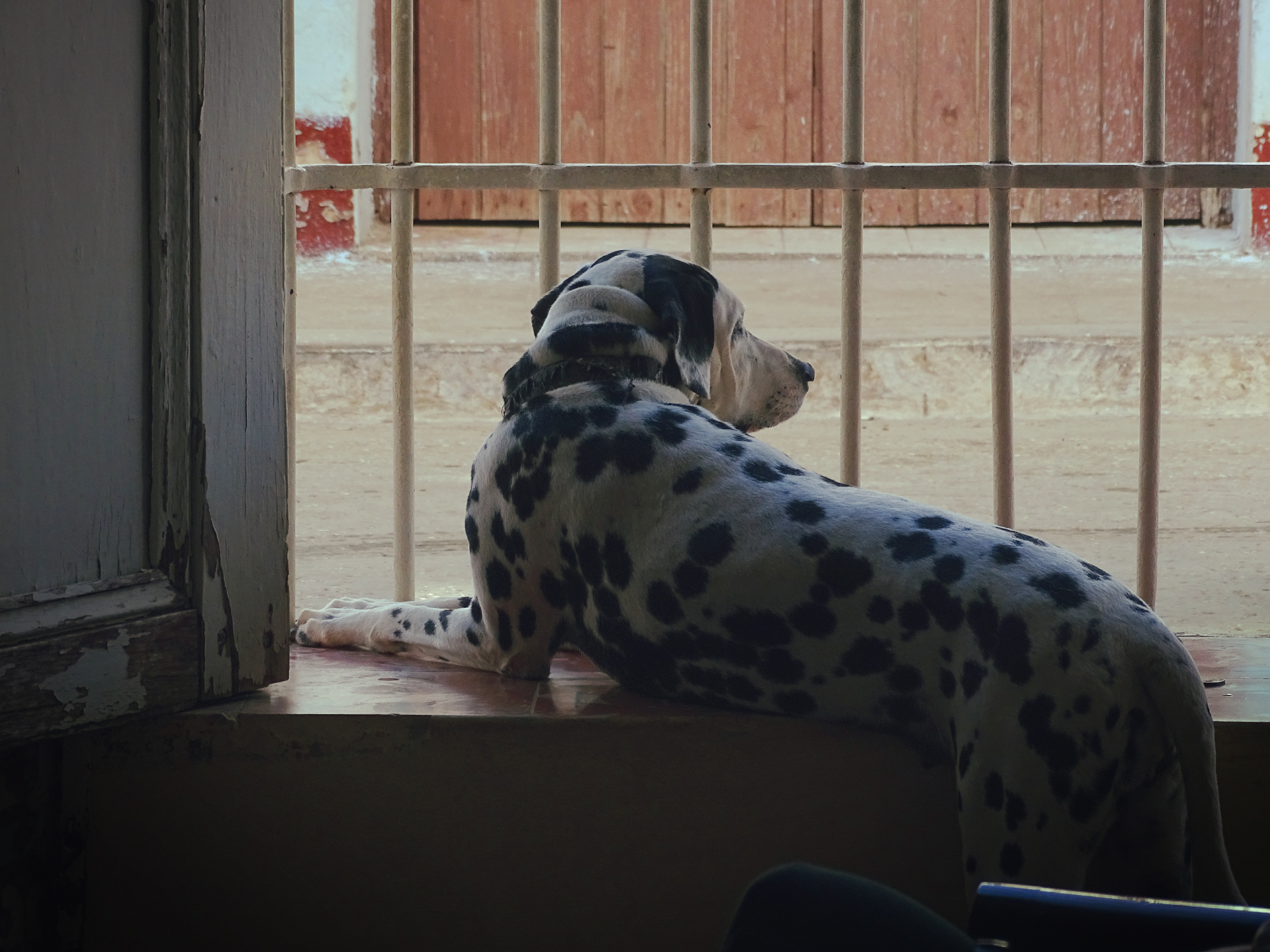
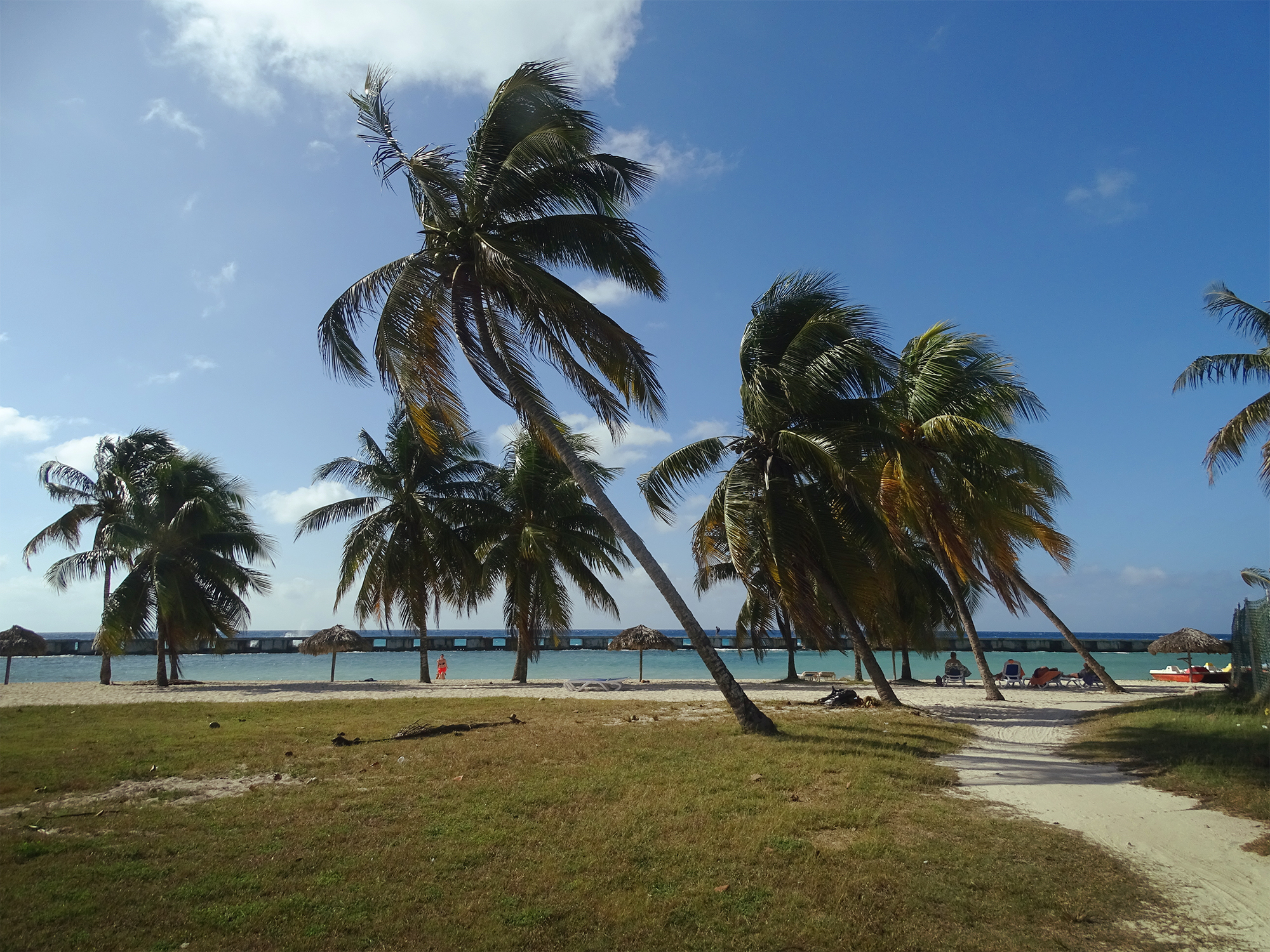
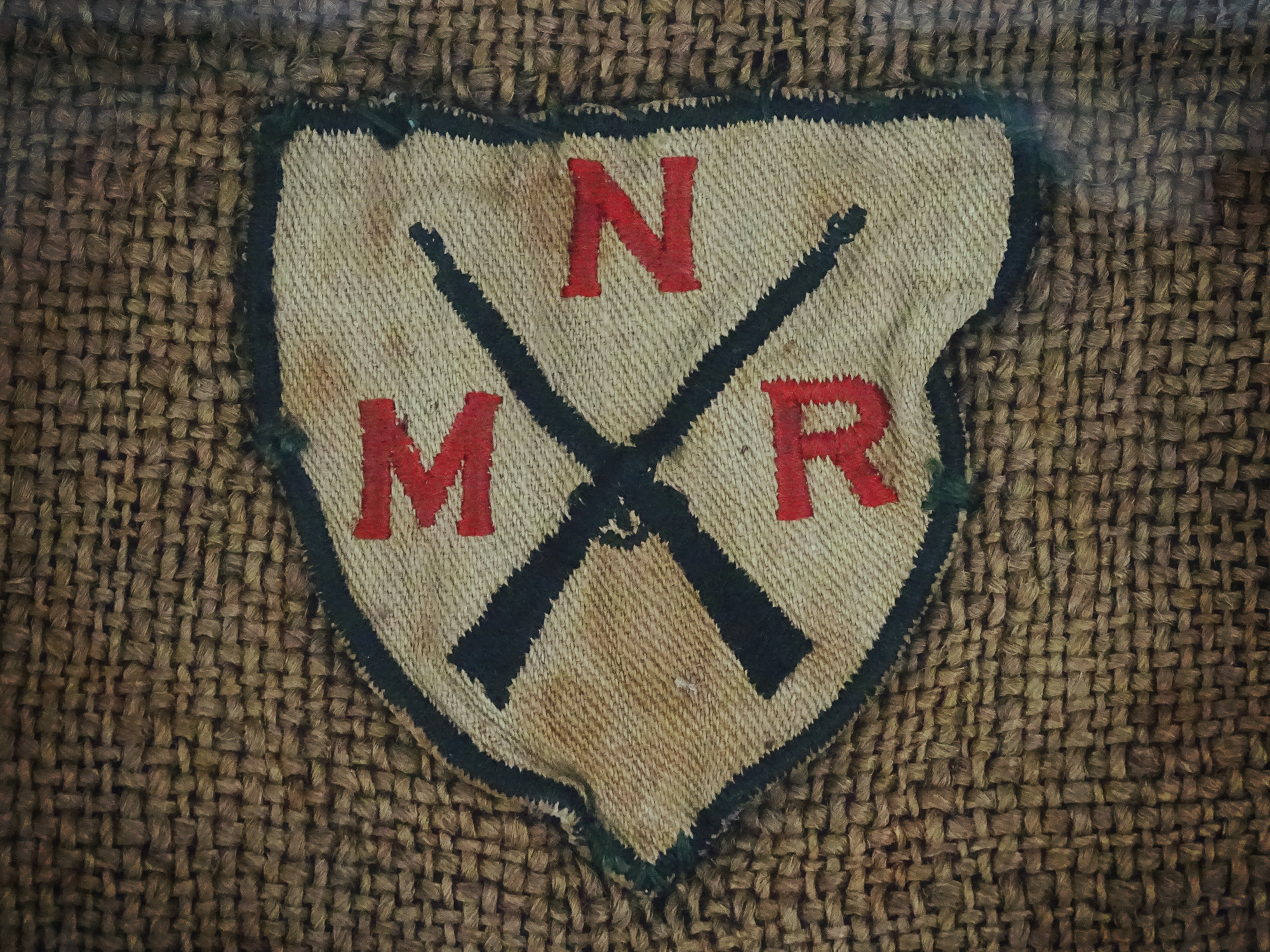
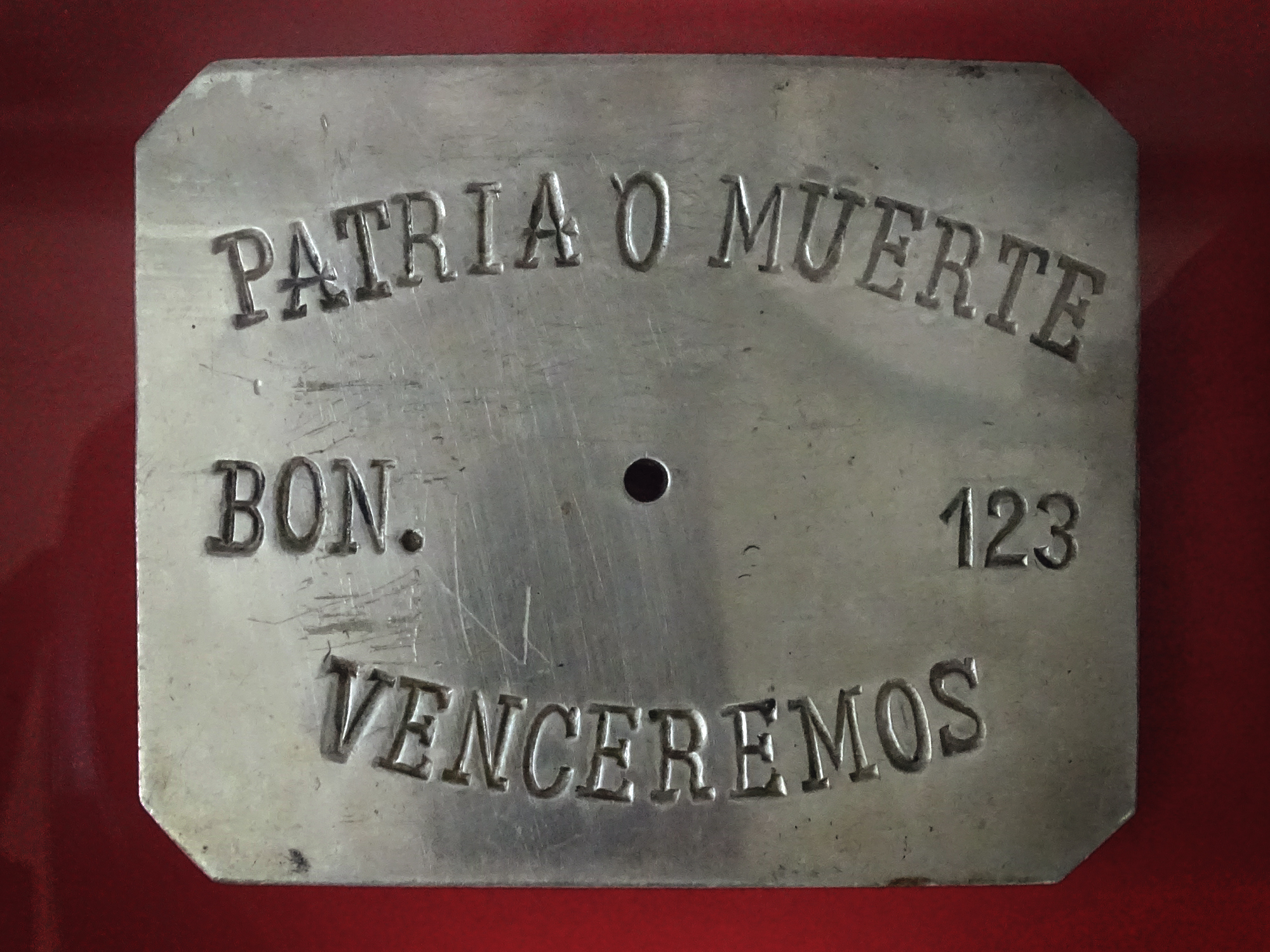

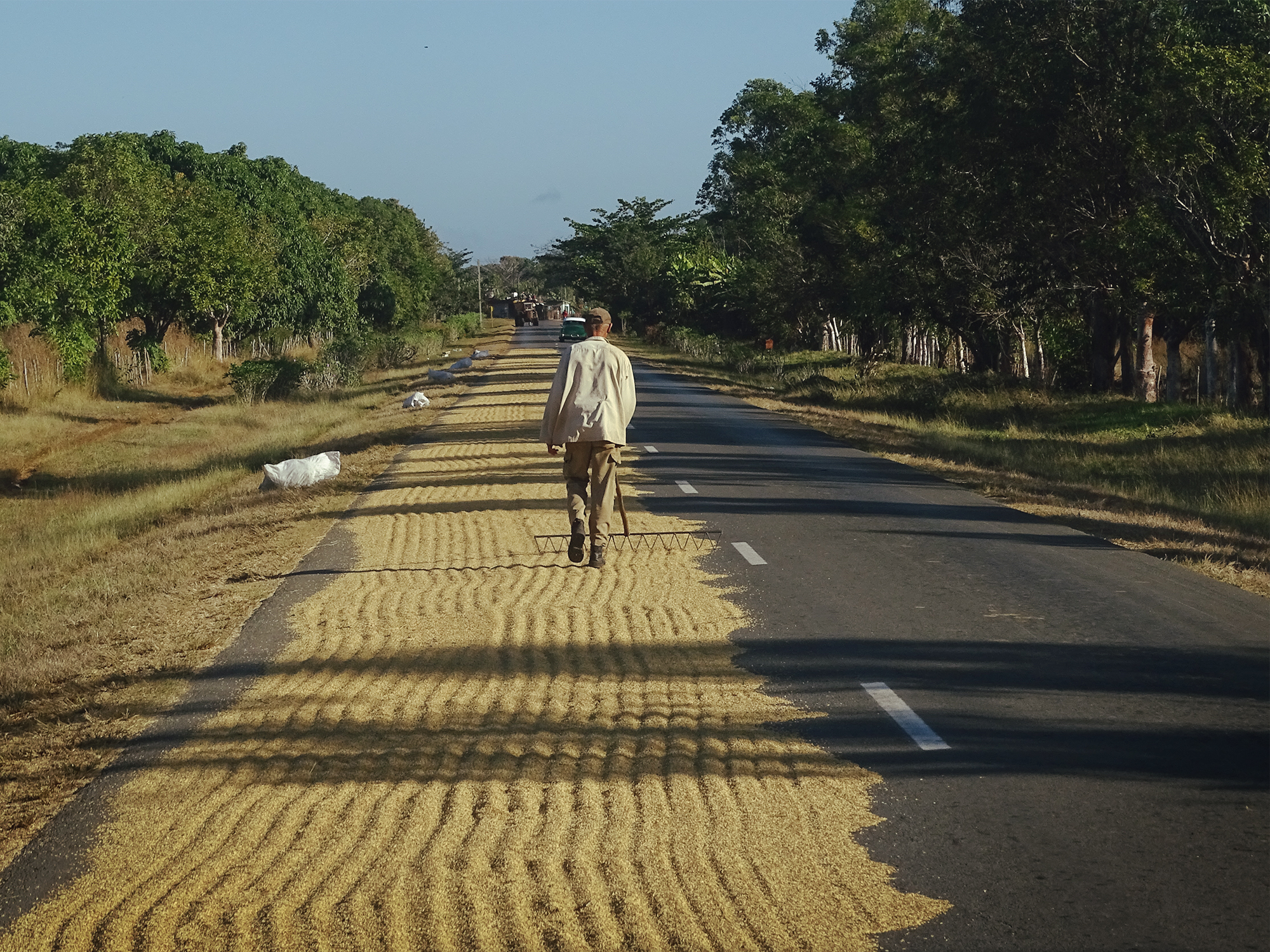
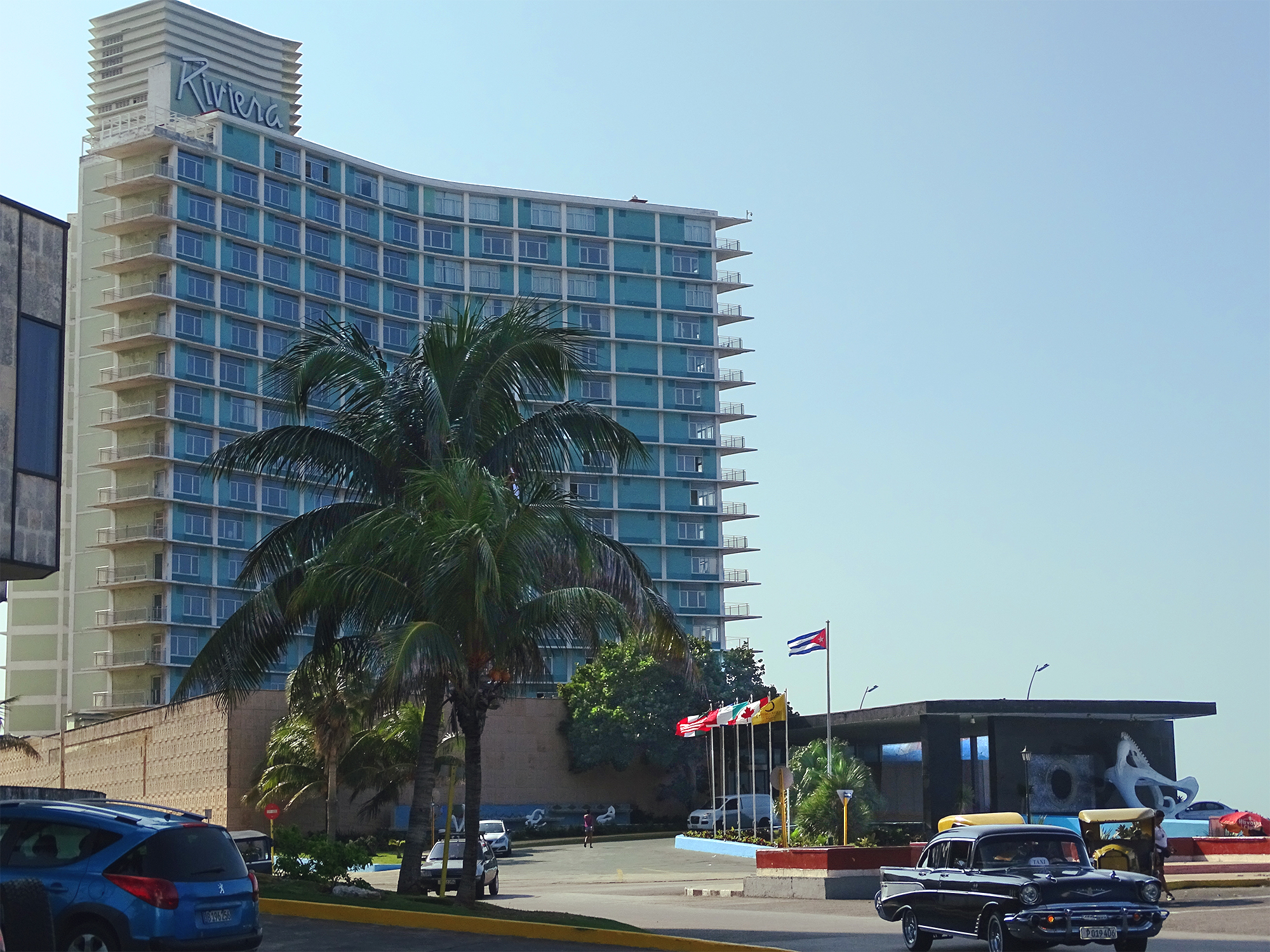
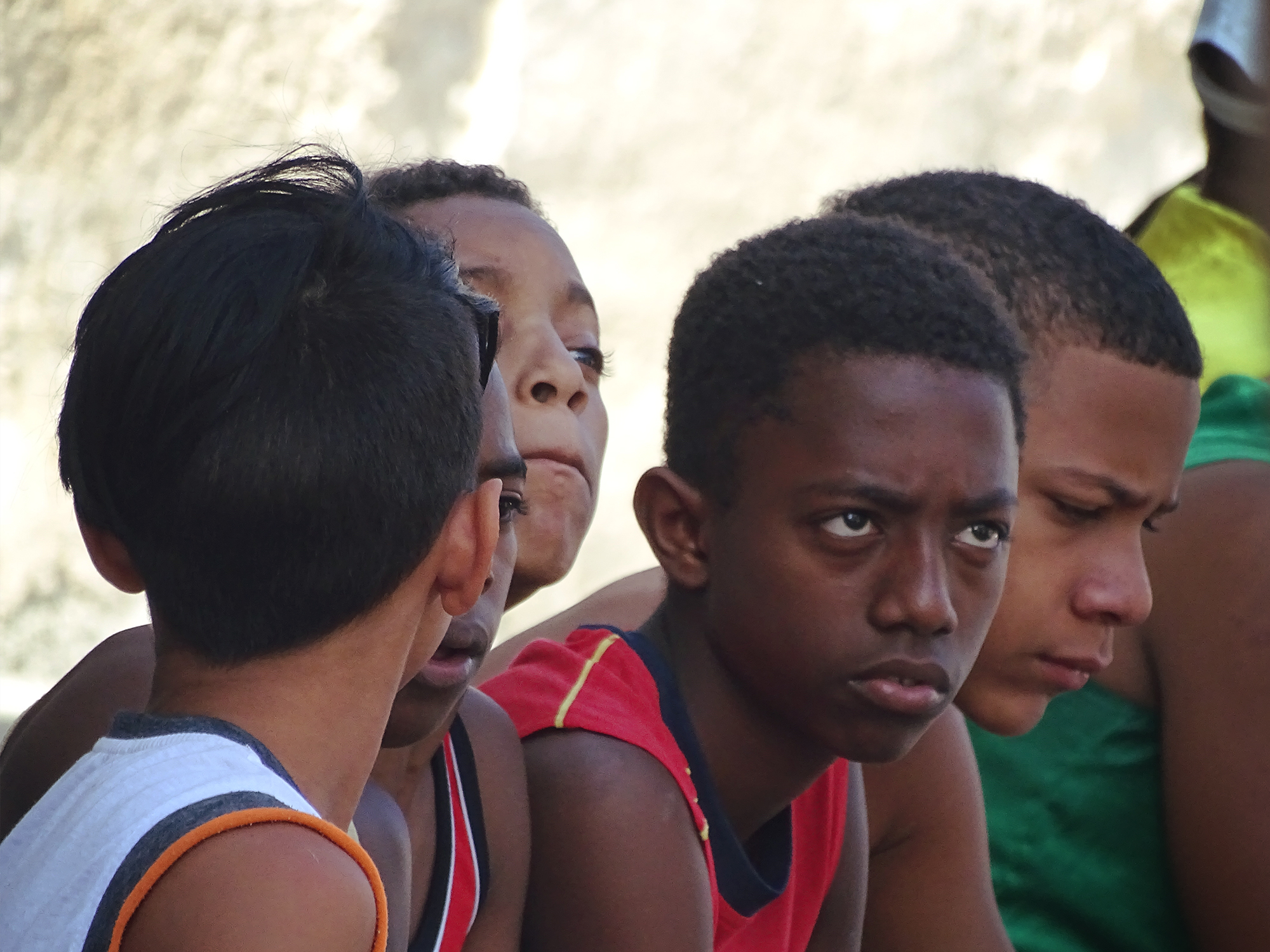
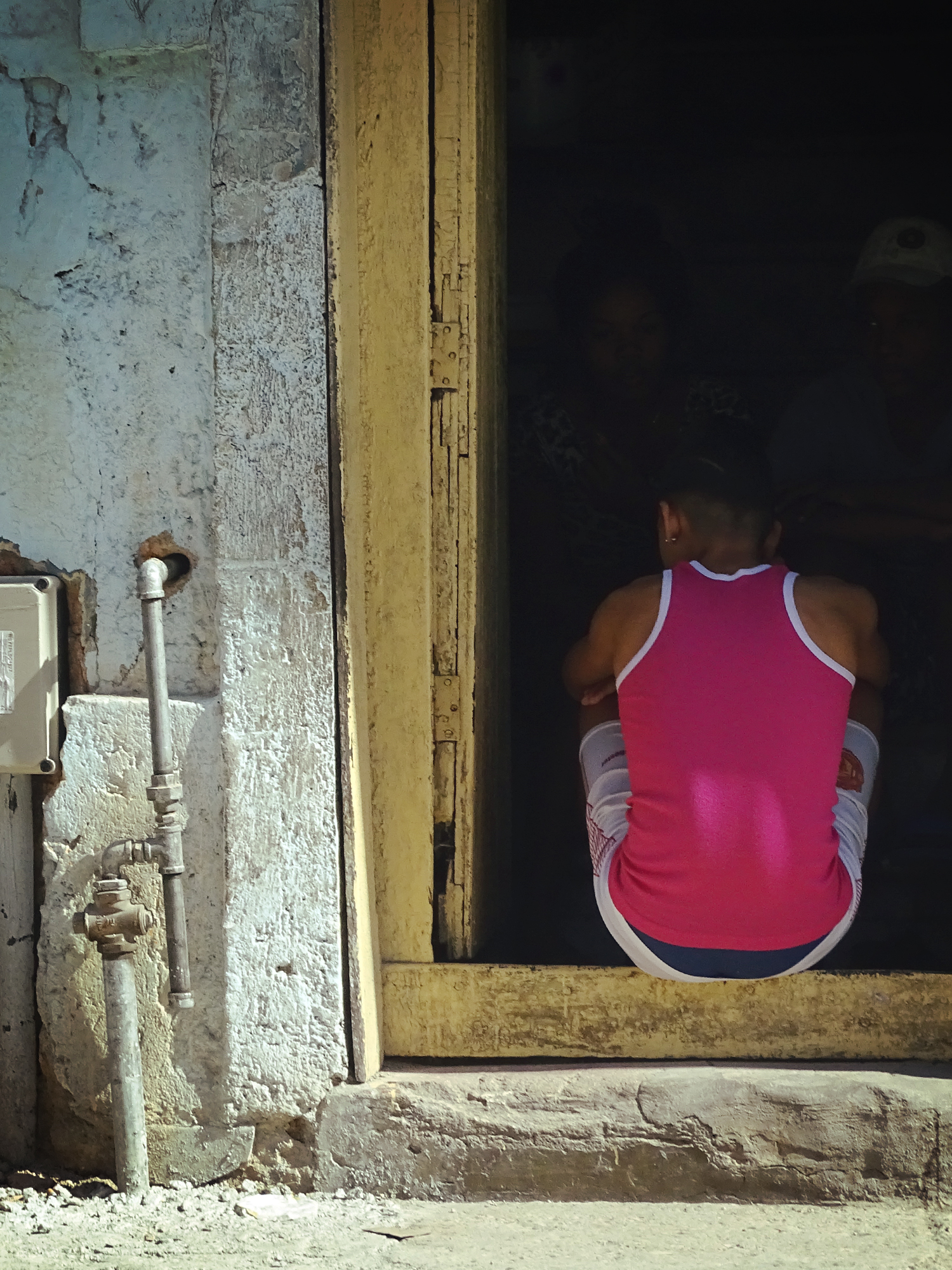

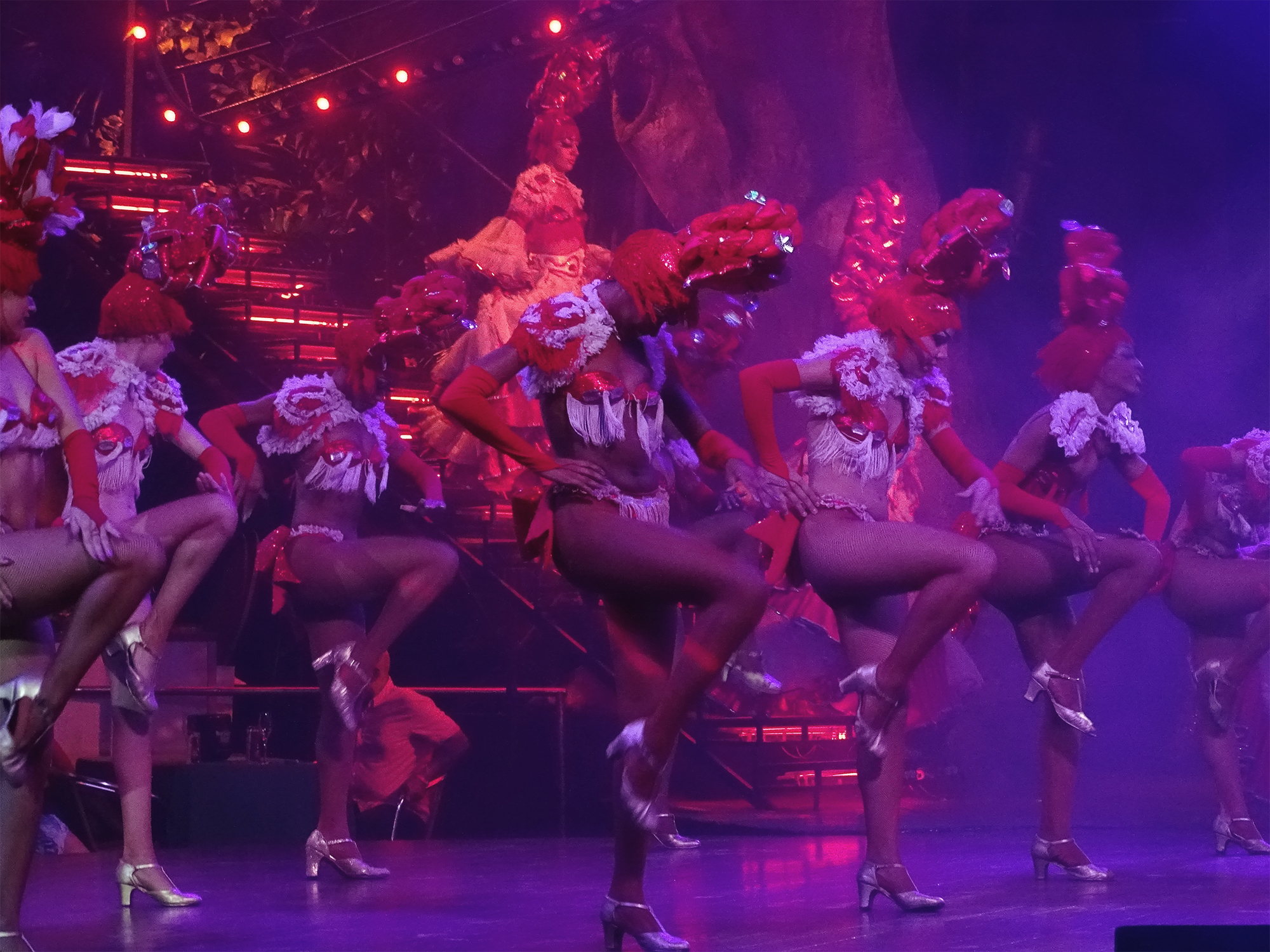
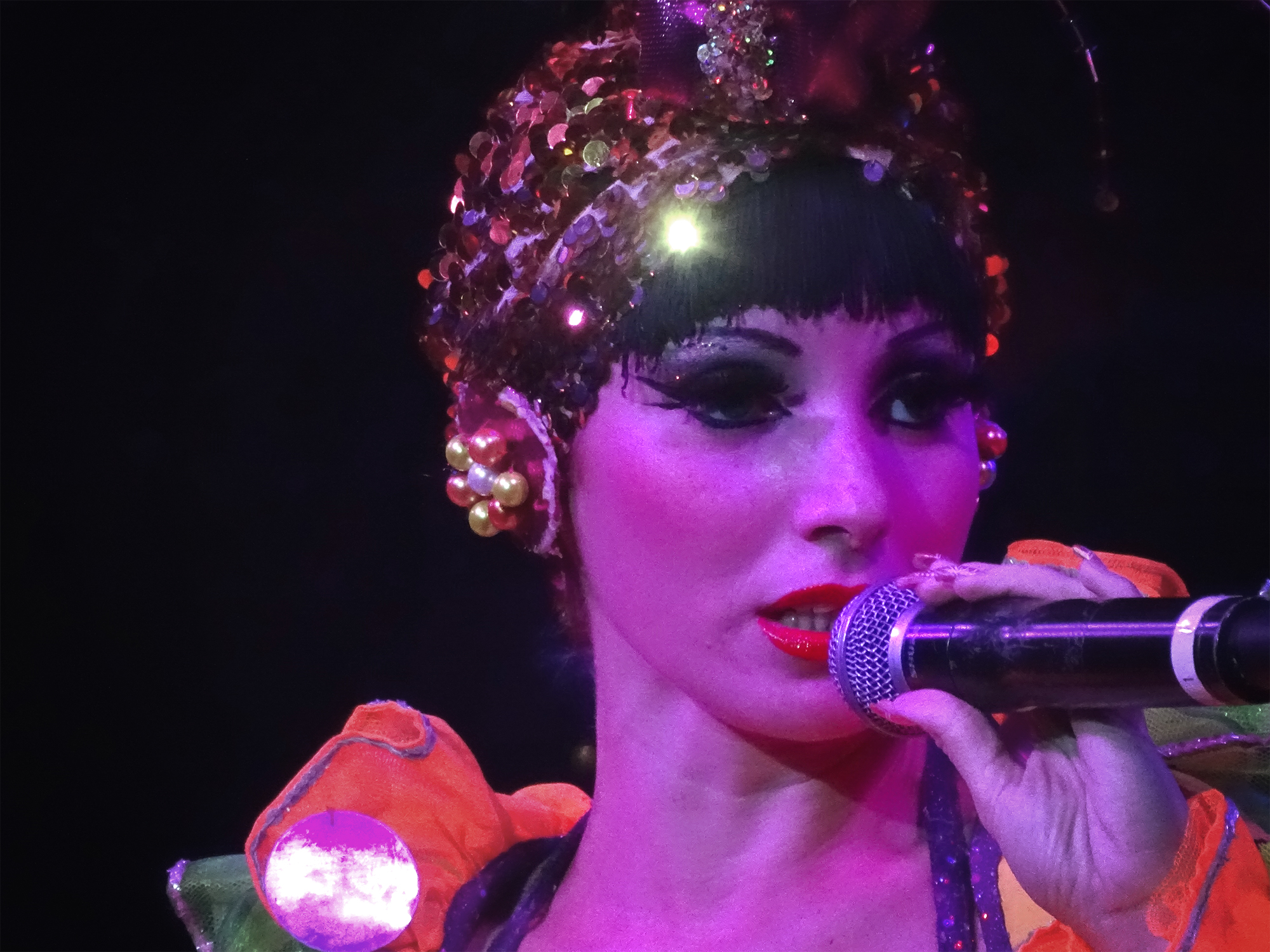
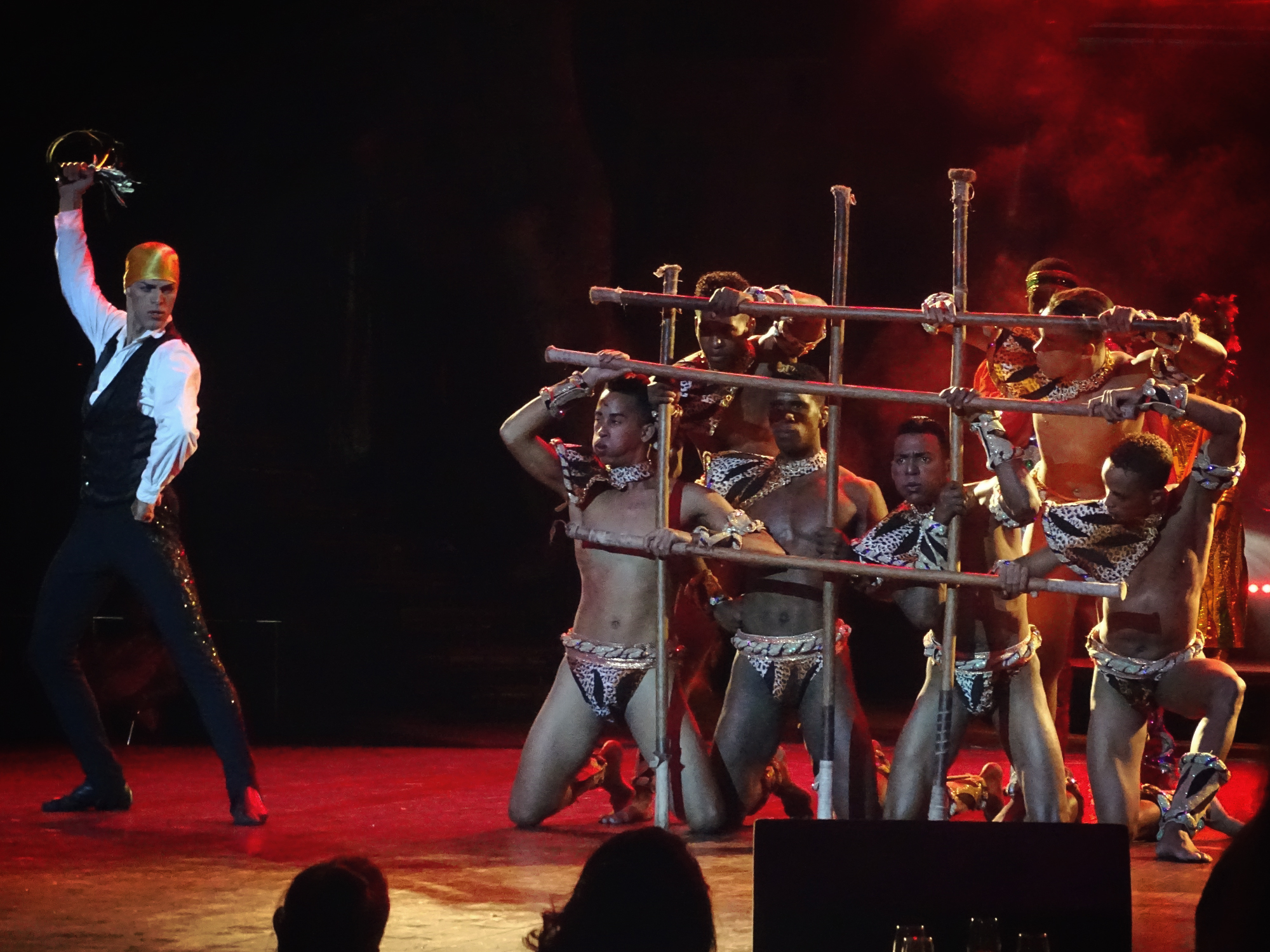
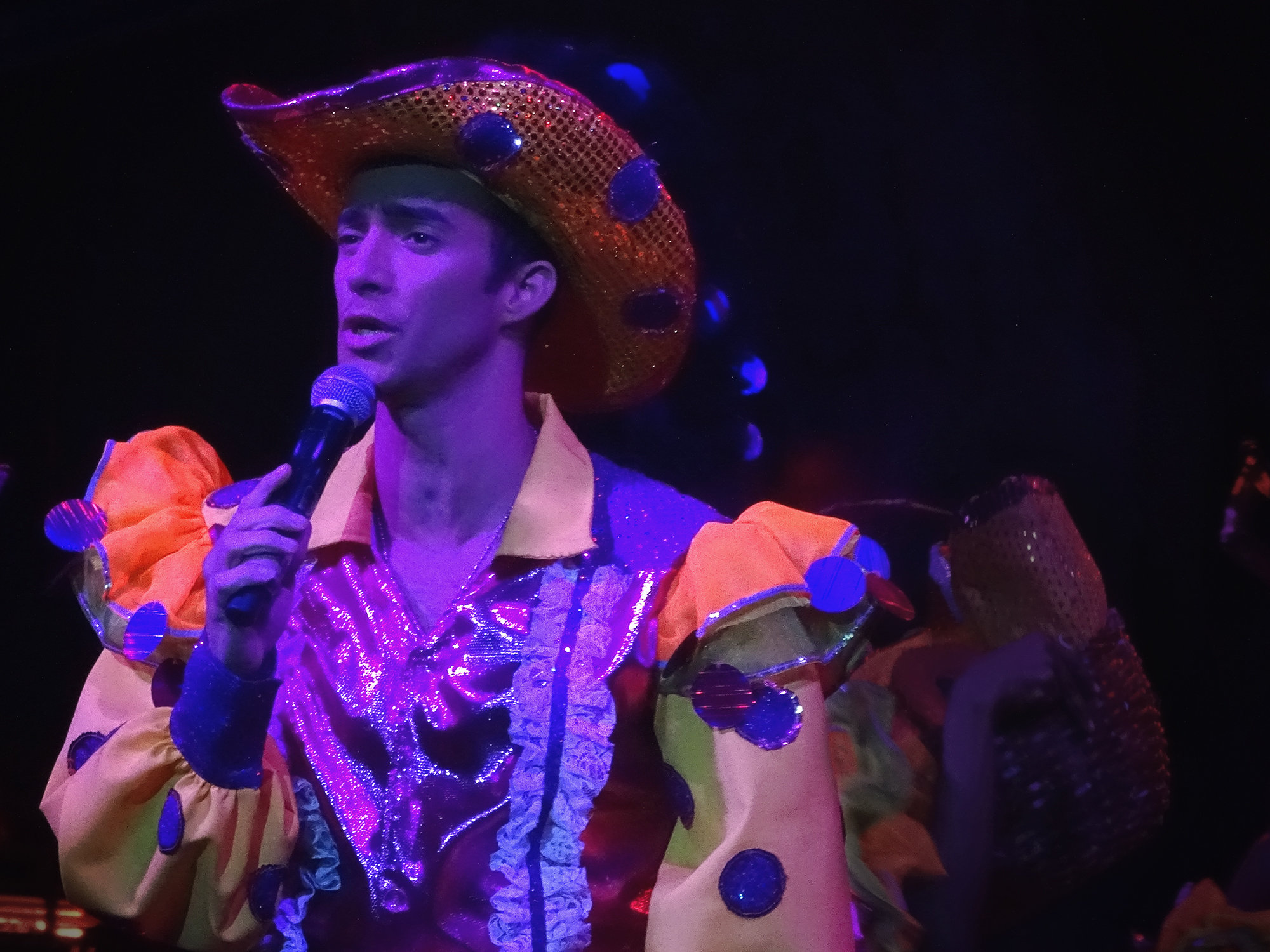

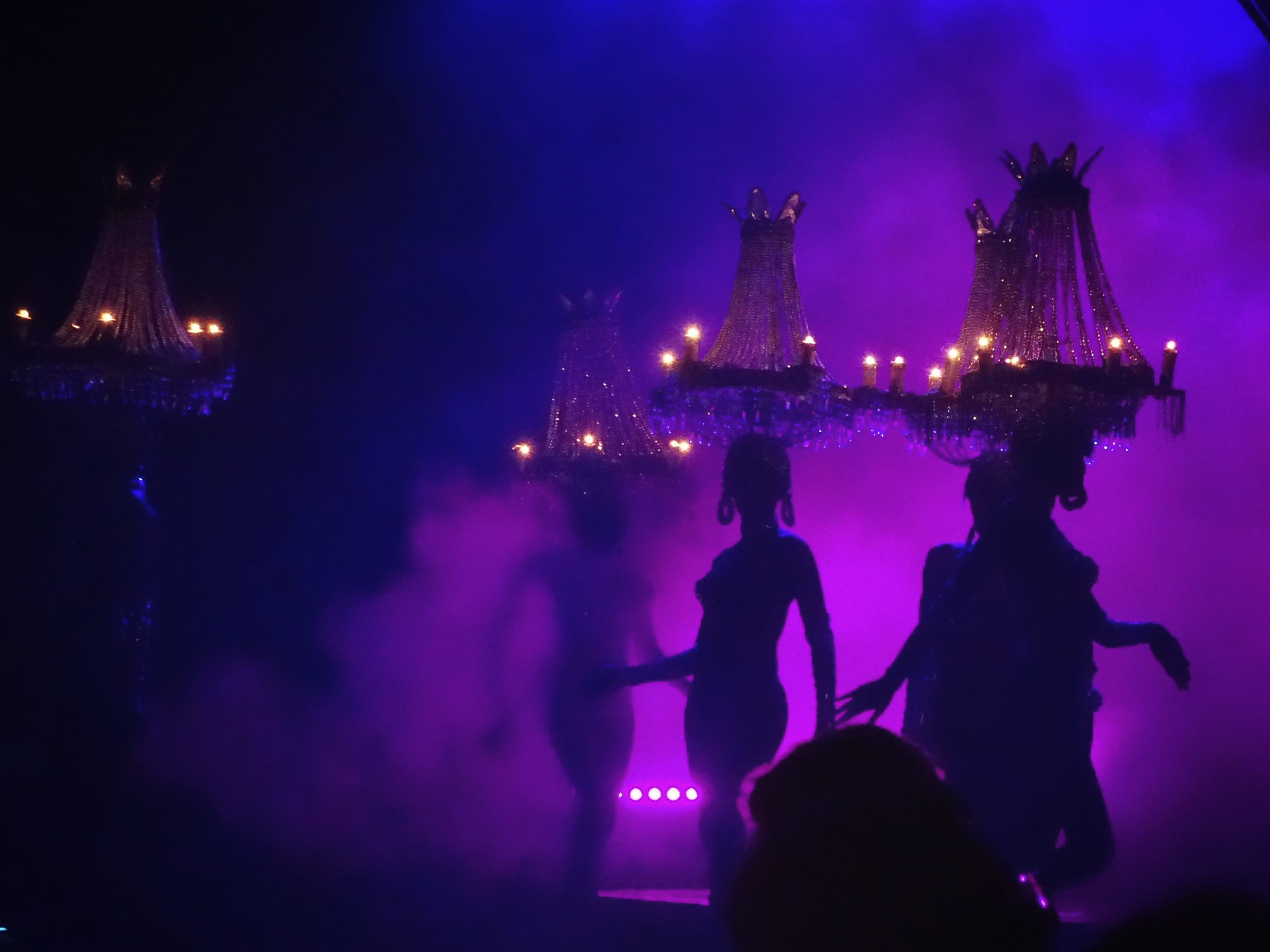
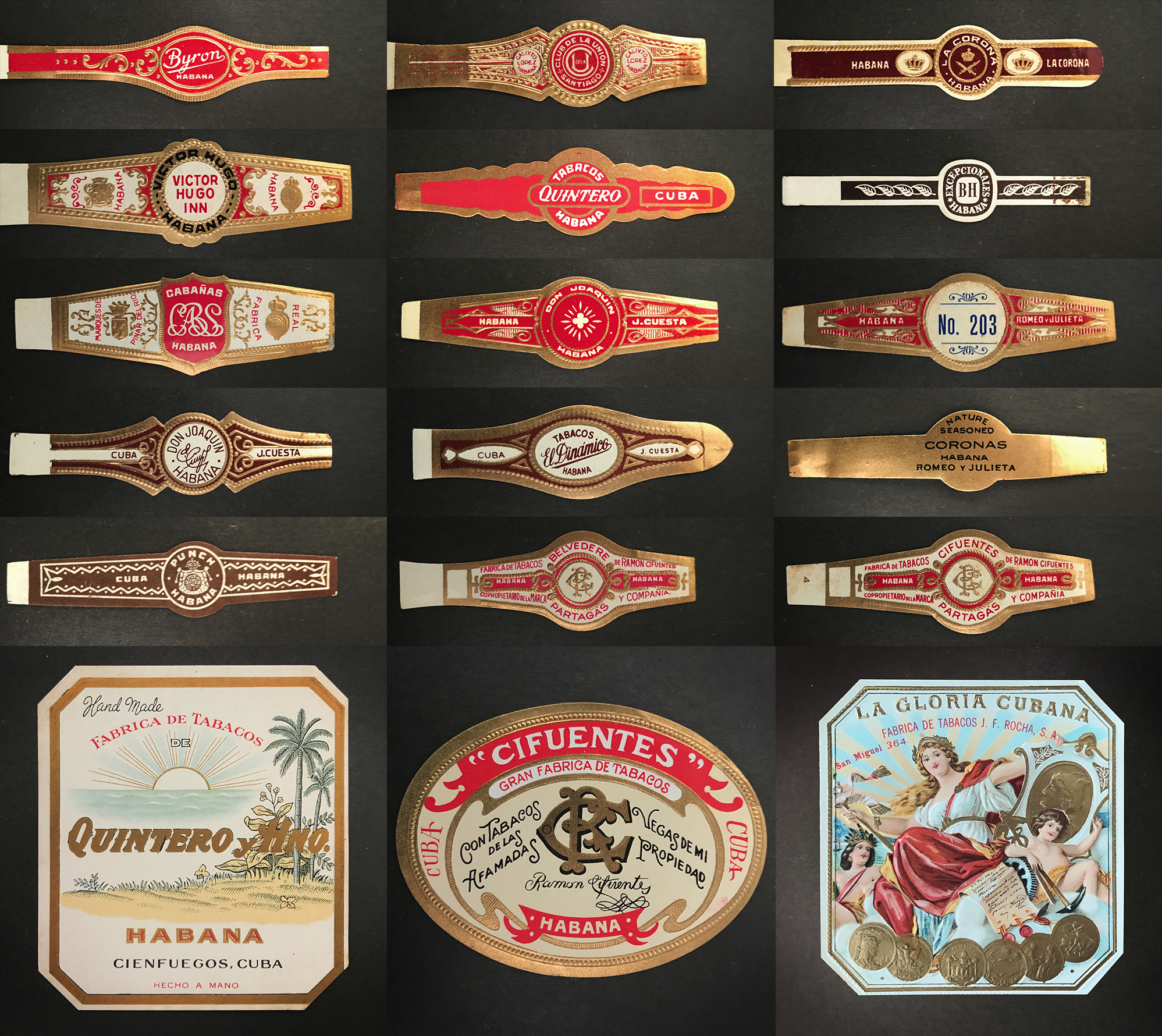
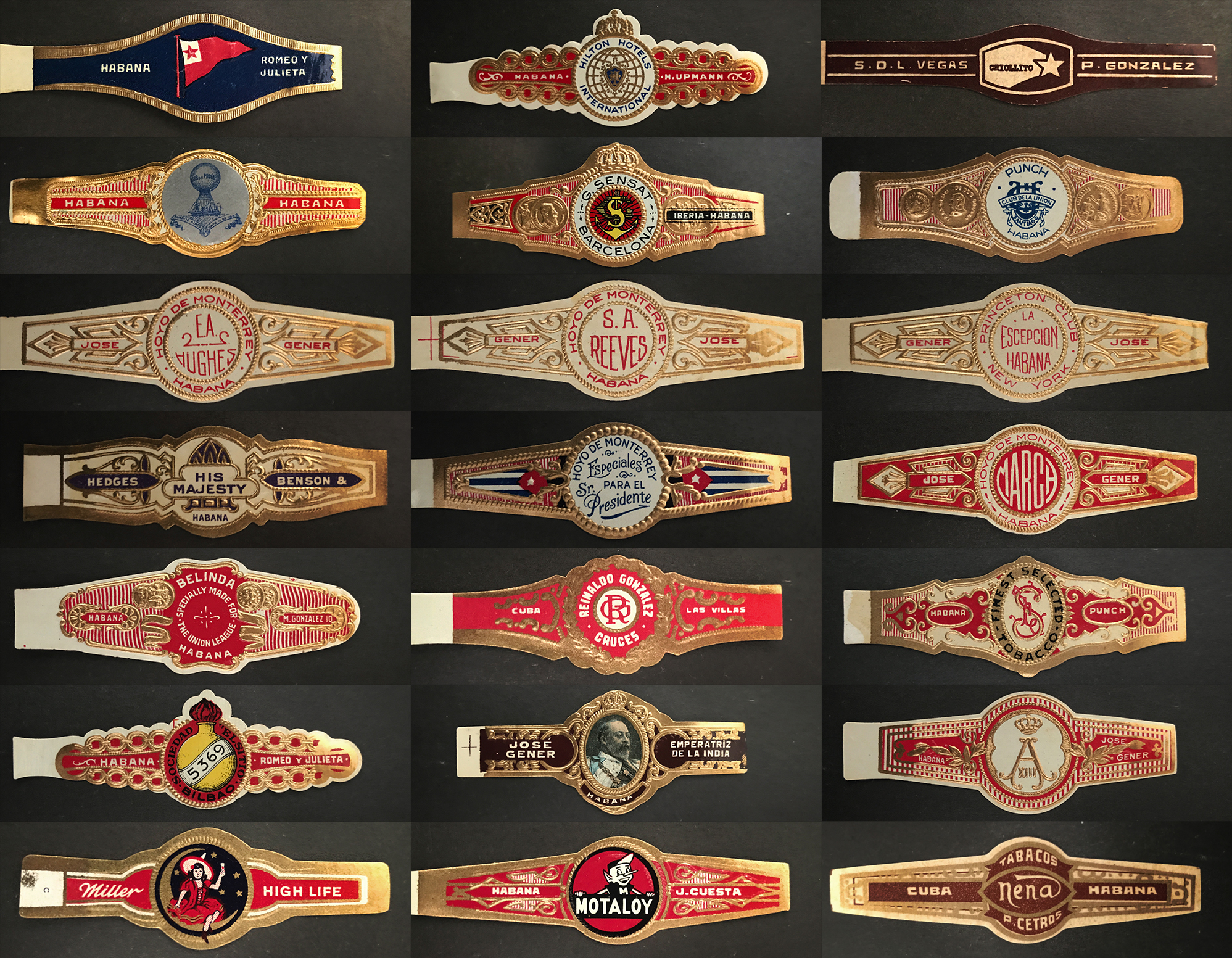
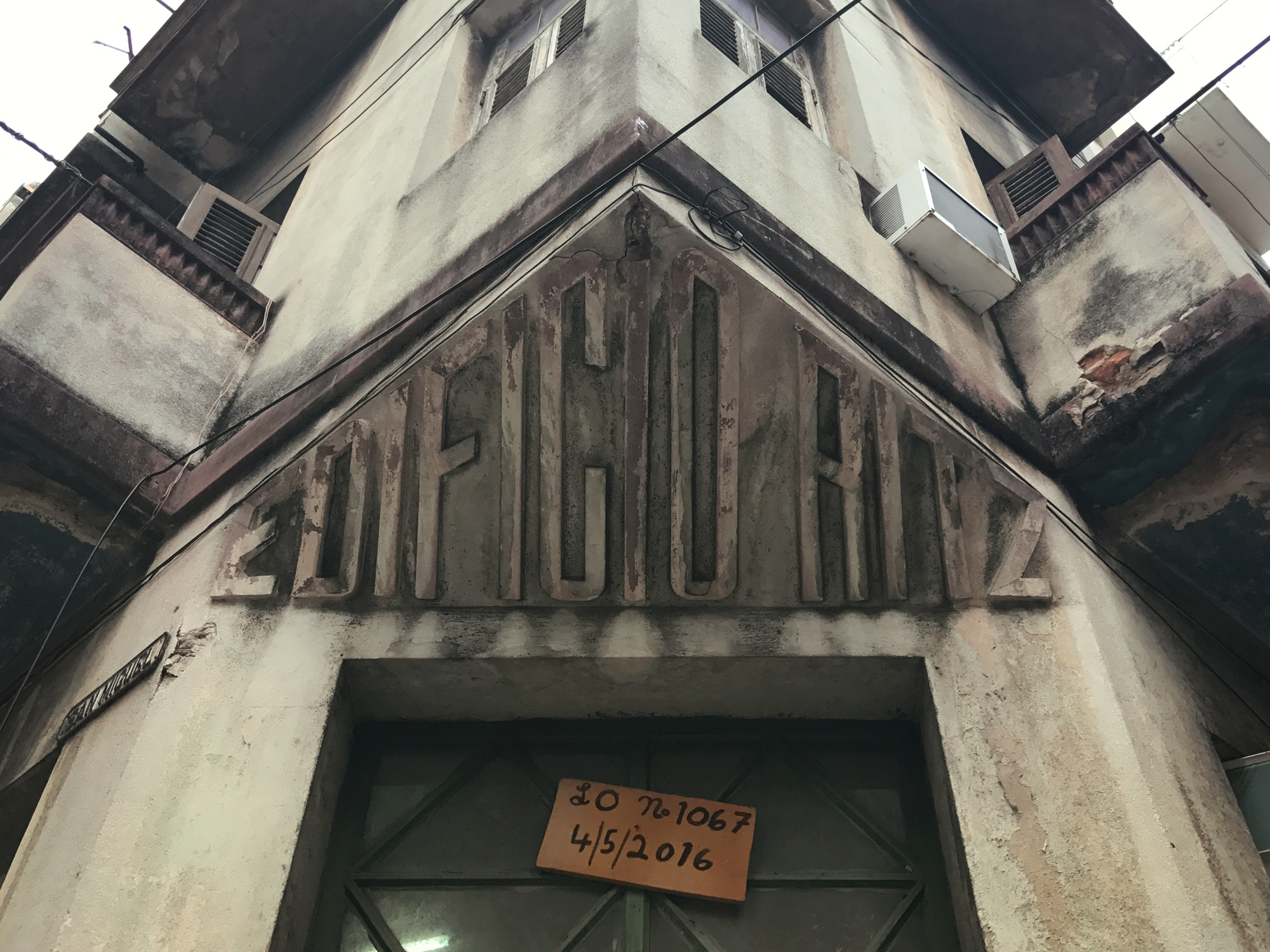
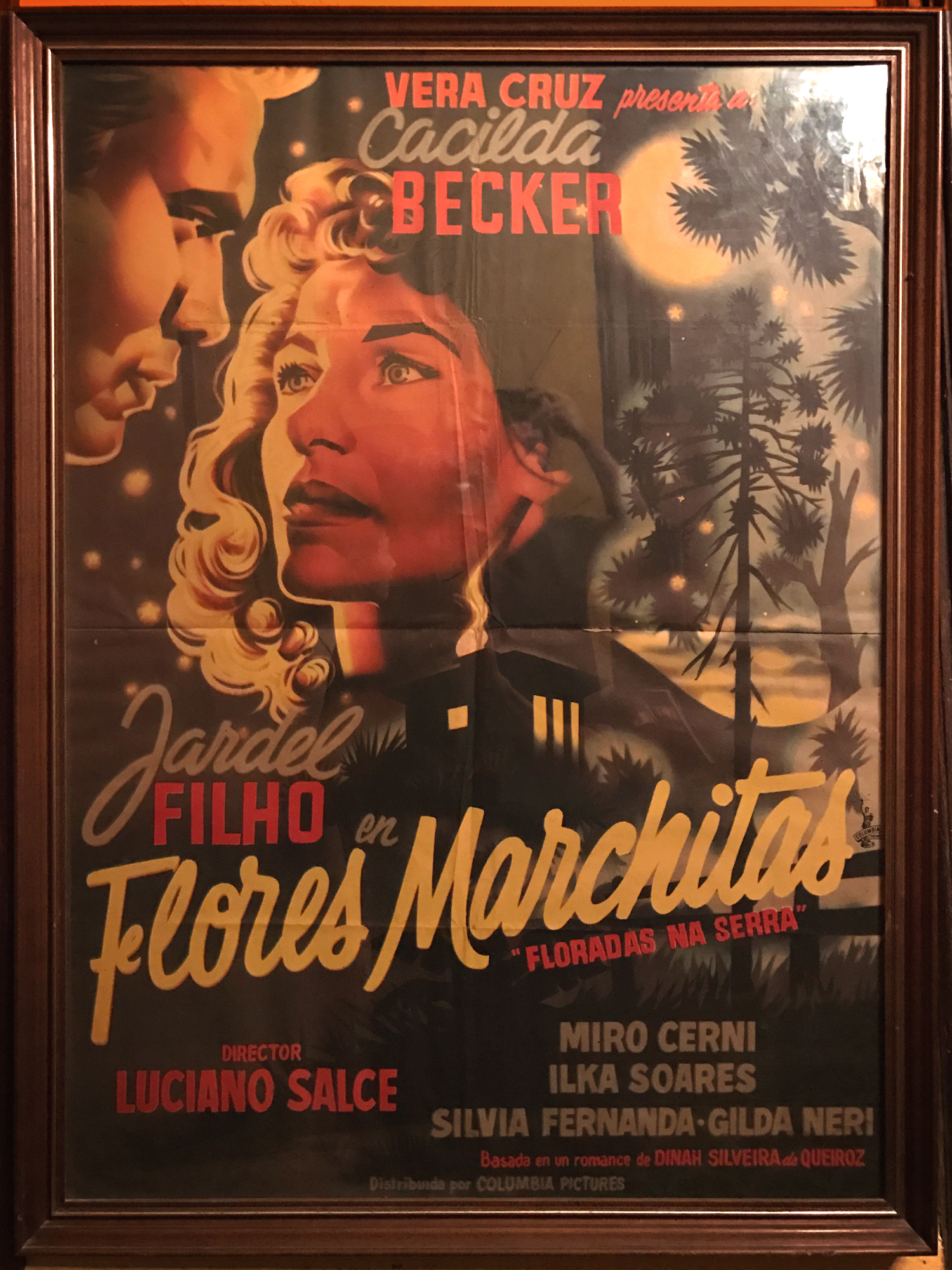
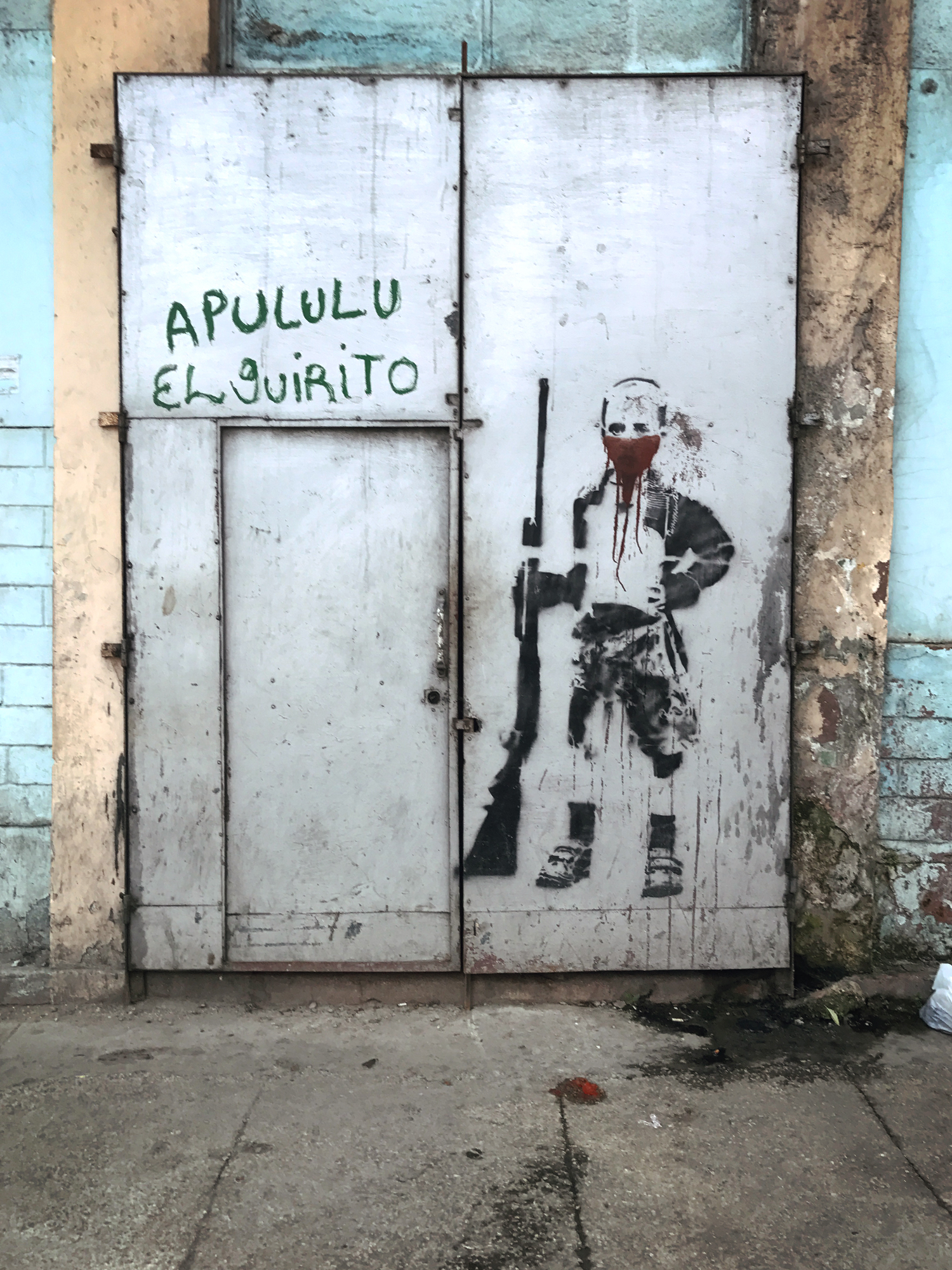
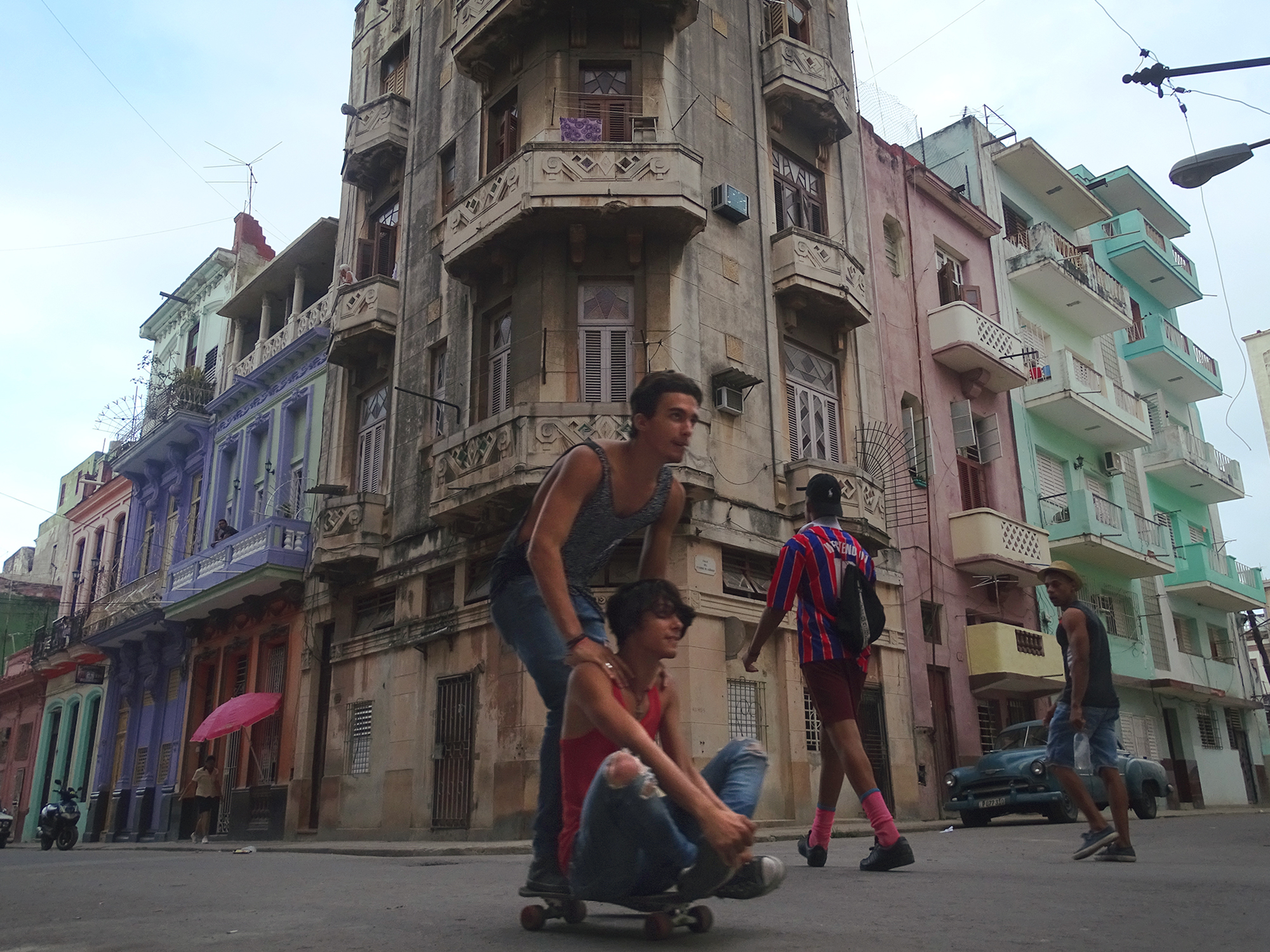
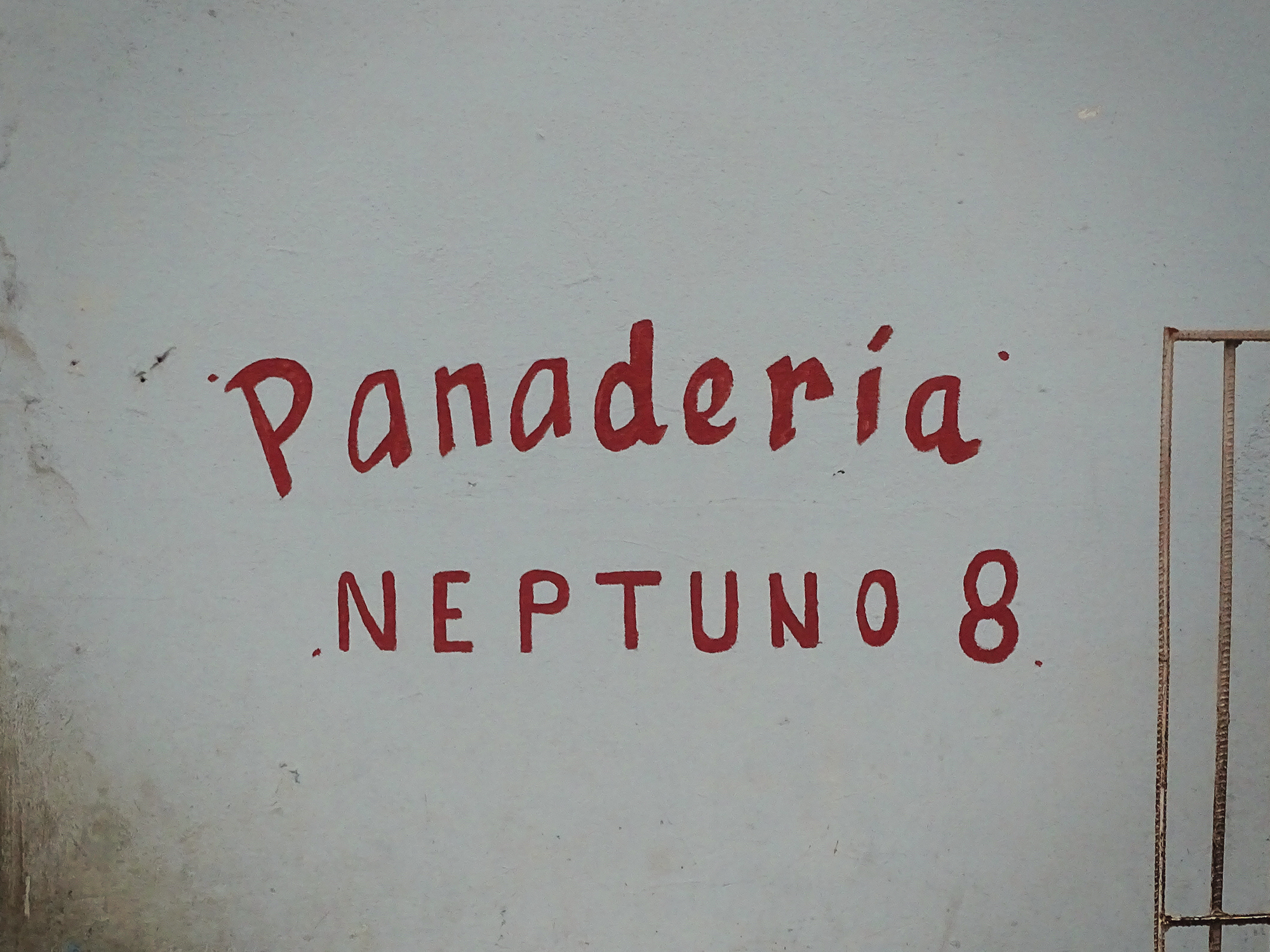
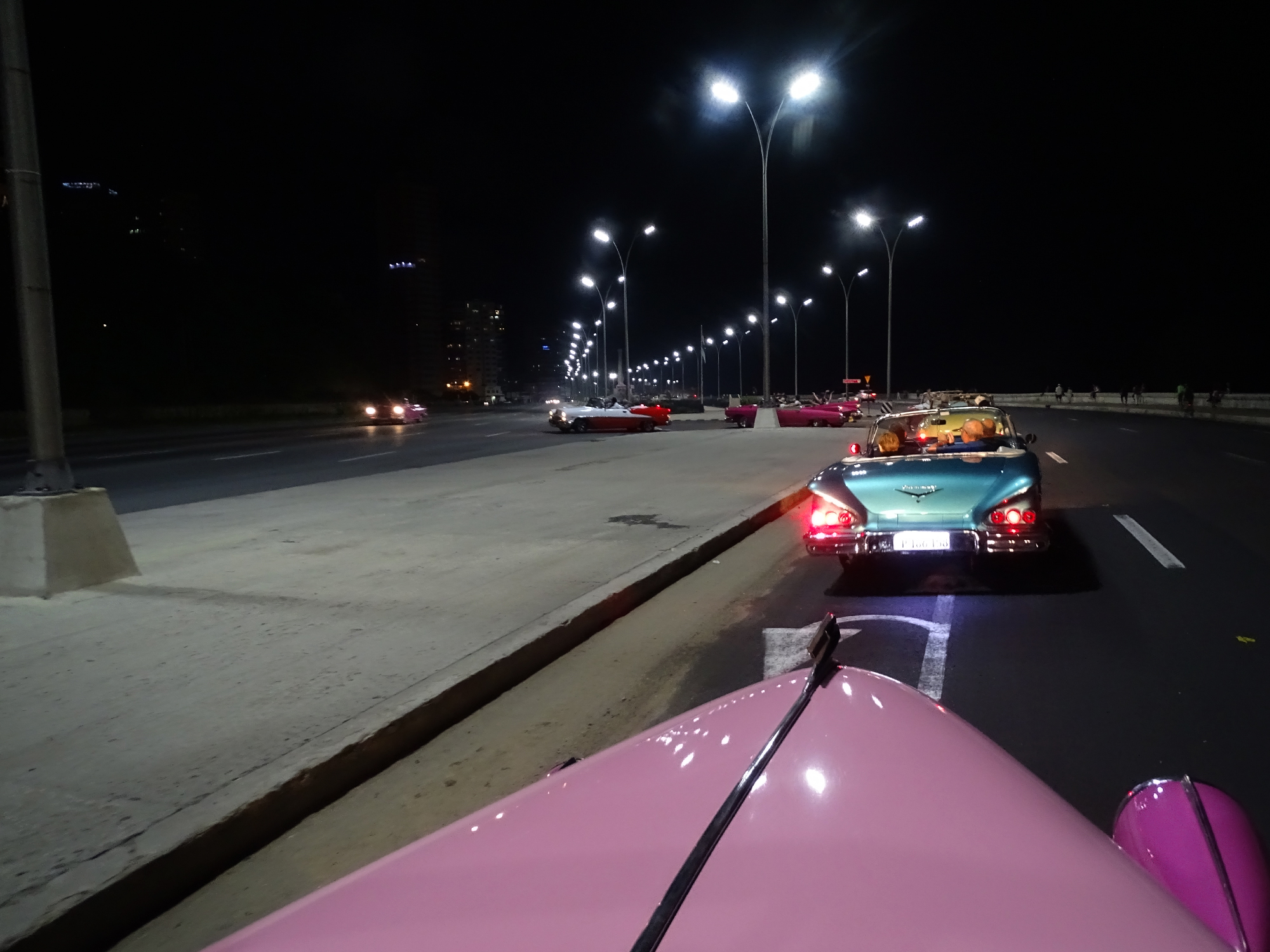

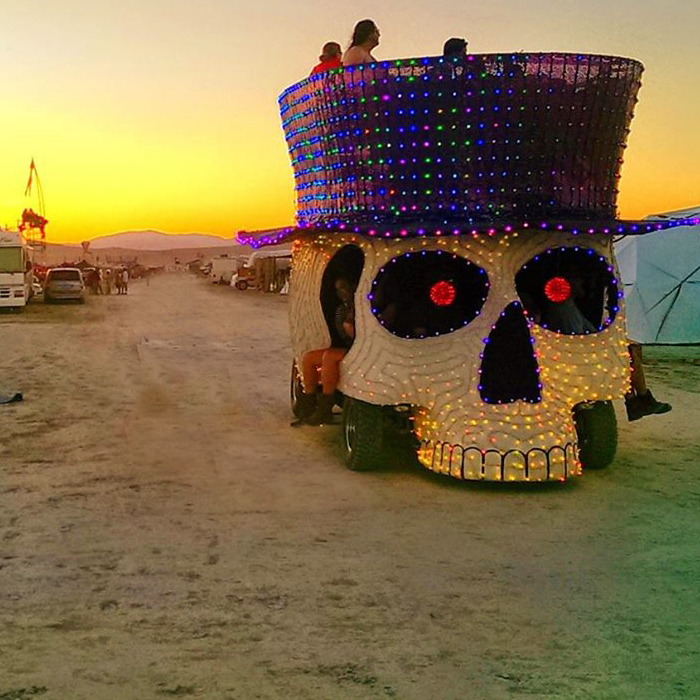
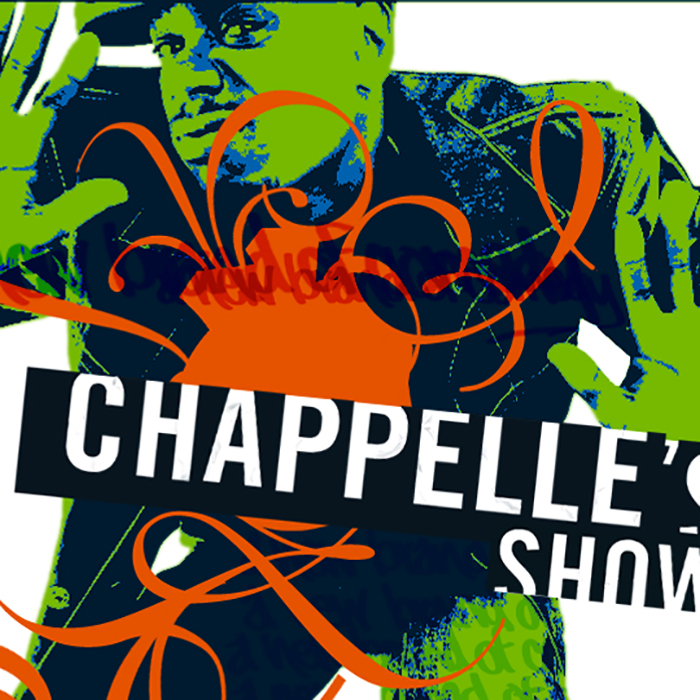

Pingback : Julian Bevan » NATIONAL GEOGRAPHIC: CUBA & THE GALAPAGOS - Julian Bevan
Ad usum internum — Для внутреннего употребления.